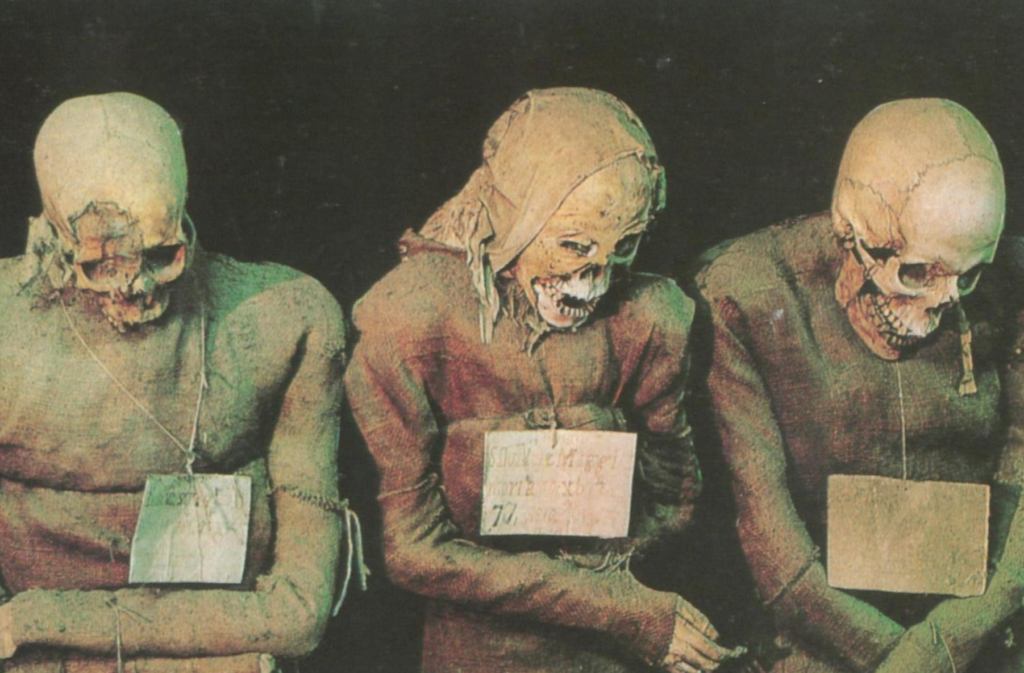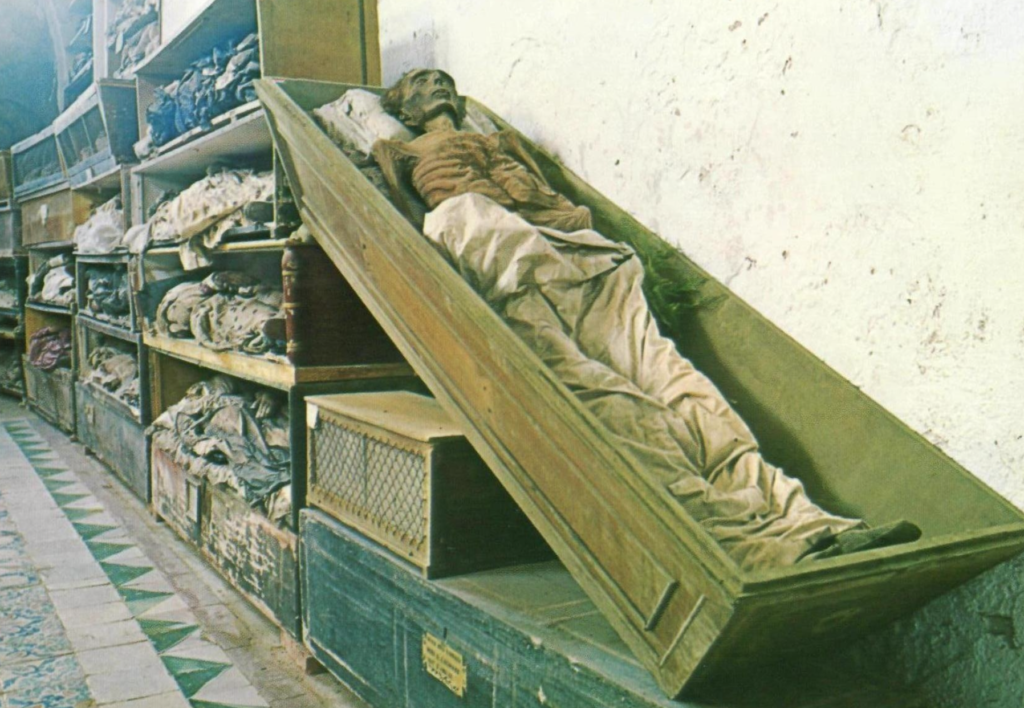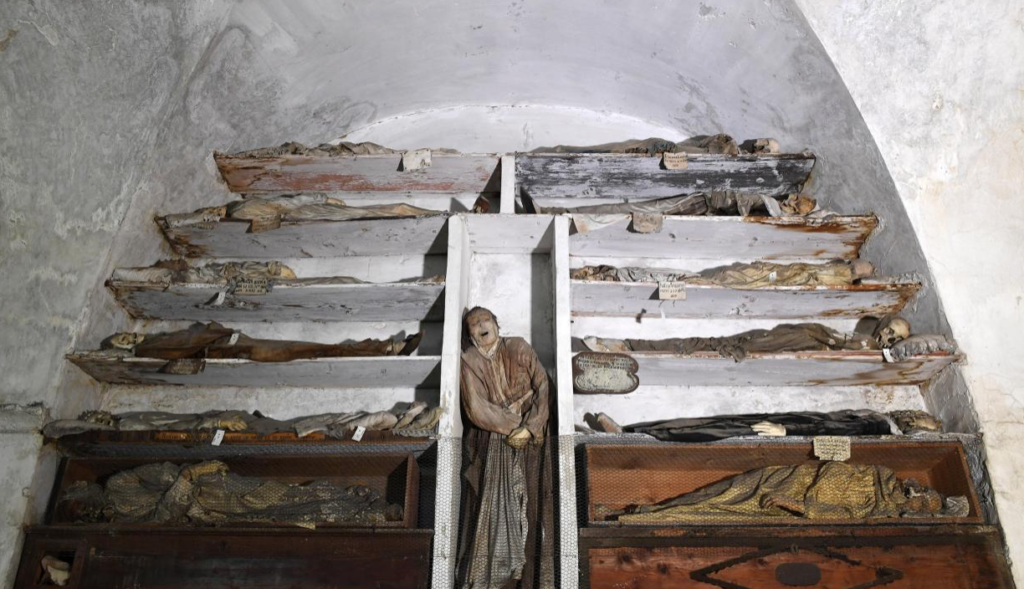November 23, 2019
The Ear of Dionysus
When the painter Michelangelo da Caravaggio, fled from Malta, he sought refuge in Syracuse and was welcomed by fellow painter Mario Minniti. During this time, 1608, Caravaggio visited the latomìe (quarries) and apparently he named this cave the Ear of Dionysus. It refers, not to the Greek God, but to the tyrant Dionysius I of Syracuse. According to legend (possibly one created by Caravaggio), Dionysius used the cave as a prison for political dissidents, and by means of the perfect acoustics eavesdropped on the plans and secrets of his captives. Another more gruesome legend claims that Dionysius carved the cave in its shape so that it would amplify the screams of prisoners being tortured in it.
There is a strong possibility that this feature is actually of natural origin. It lies on the downslope side of a substantial hill so it could well be a ‘slot’ canyon cut by rainwater run-off in prehistoric times.
The Cathedral of Cefalù
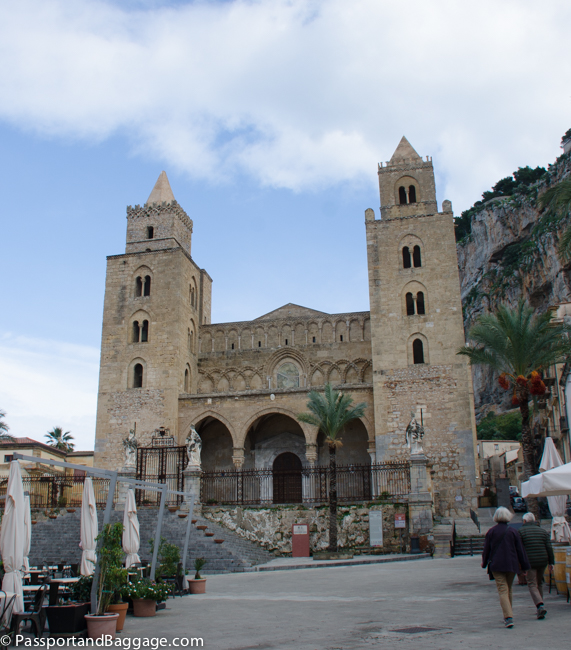 The Cathedral is one of nine structures included in the UNESCO World Heritage Site known as Arab-Norman Palermo and the Cathedral Churches of Cefalù and Monreale. Unfortunately, it closed on November 1st for restoration work, so I was unable to get a look inside.
The Cathedral is one of nine structures included in the UNESCO World Heritage Site known as Arab-Norman Palermo and the Cathedral Churches of Cefalù and Monreale. Unfortunately, it closed on November 1st for restoration work, so I was unable to get a look inside.
The cathedral was erected in 1131 in the Norman architectural style. According to tradition, the building was erected after a vow made to the Holy Saviour by the King of Sicily, Roger II, after he escaped from a storm and landed on the city’s beach.
The façade is characterized by two large Norman towers with mullioned windows, each surmounted by a small spire added in the 15th century. Each spire is different: one has a square plan surrounded by flame-shaped merlons, the latter symbolizing the Papal authority and the miter; the other has an octagonal plan and Ghibelline merlons, symbolizing the royal and temporal power.
The 15th-century portico has three arches, the two outer being pointed, supported by four columns and vaulting ribs.
LAVATOIA (Medieval Wash-house)
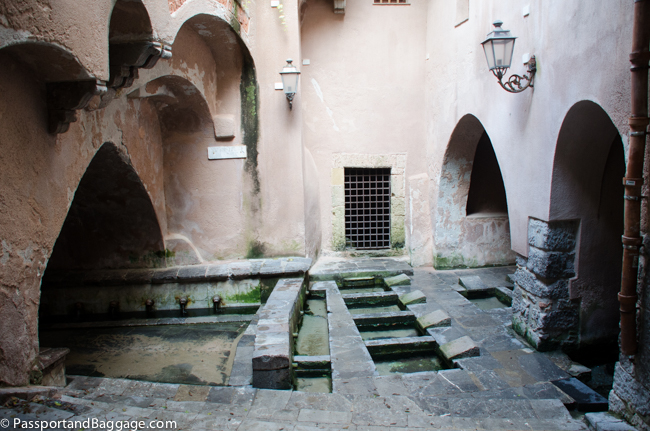 A wide staircase made of lava and lumachella stone with a slight spiraling pattern leads to a public wash-house.
A wide staircase made of lava and lumachella stone with a slight spiraling pattern leads to a public wash-house.
A sign reads: “Here flows Cefalino, more salubrious than any other river, purer than silver, colder than snow”.
According to legend, the river Cefalino comes from the pain of a nymph who, after killing her unfaithful lover, regretted her actions, drowning the old wash-house of Cefalù in tears.
In 1514 the wash-house was demolished and rebuilt furthere out of the city walls. At that time the river flowed uncovered alongside the wash-house. It was covered in the 17th century. This slight modification allowed the river to flow straight into the sea through a set of pipes and out of a small opening.
Restoration work, leaving the wash-house as we see it today was completed in 1991.
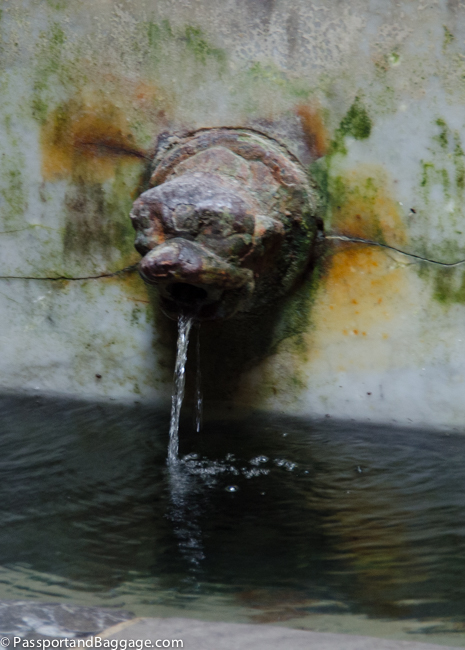 Twenty-two cast-iron mouths, of which fifteen are shaped like lion heads, are laid out along the walls of the wash-house.
Twenty-two cast-iron mouths, of which fifteen are shaped like lion heads, are laid out along the walls of the wash-house.
The Elephants of Catania
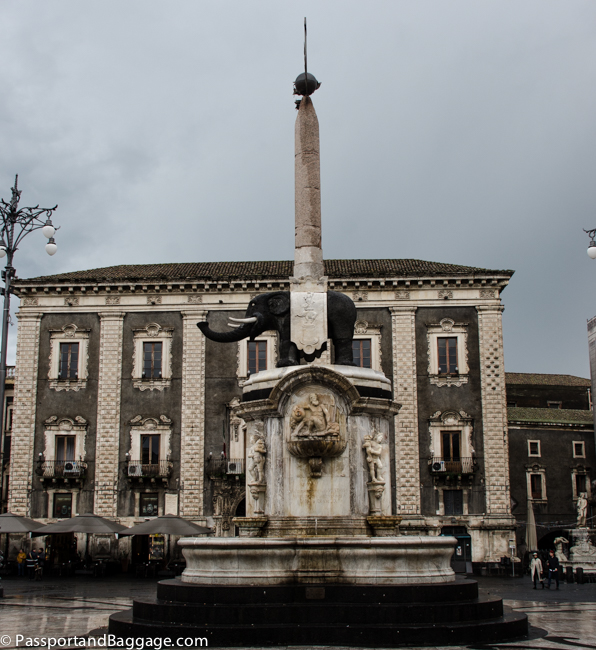
The Elephant of Catania, the city’s symbol is surrounded by tales and myths. Some say there once lived flocks of dwarf elephants at the foot of Mount Etna. Others say it is in memory of the wizard Eliodoro from the 8th century, who could turn into an elephant or at least shape a magical elephant out of clay to carry him back and forth between Catania and Constantinople. Still, others argue that the elephant stands as a symbol of the victory Catania won over Libya however Catania was known as elephant town prior to the Arab occupation. And then there are those who believe that the local elephant myth comes from an antique circus. The people of Catania have used elephants as a good-luck charm to protect them against outbreaks of Etna since the 1200s.
No matter the truth, elephants in general and the U Liotru landmark are very important to the town of Syracusa
The Fontana dell’Elefante sits in one of the most important squares in town. It is a black elephant with an obelisk on its back sitting atop a marble fountain. A globe, cross, palm leaf, olive branch, and the abbreviation MSSHDPL * crowns the obelisk.
The whole construction was created by Giovanni Battista Vaccarini around 1736.
* MSSHDPL supposedly stands for “Mente sana e sincera, per l’onore di Dio e per la sua liberazione della patria,” which translates into something like “A healthy and sincere mind in honor of God and for the liberation of the homeland.”
The Moor’s Head
In the thirteenth century, the Spaniards of Aragon were the first who referred to colored Sicilian ceramic objects as “maiolica”, because the firing and glazing techniques were similar to those used in the Balearic Islands of Majorca.
Legend has it that in the 11th century, during the Moor’s domination in Sicily a beautiful and honorable young girl living in the Kalsa, the Arabic district of Palermo fell in love with a Moor merchant who was passing by. The love was mutual.
It was perfect until when she discovered he already had a wife. In a fit of jealousy, she cut off his head and used it as a vase to grow her basil
People passing by saw her flourishing plant of basil so they began to forge colorful clay heads pots hoping for such equally healthy basil.
Today there are several varieties of ceramic heads, but the traditional ones show a black man and a beautiful girl.
Two Wheel Carts
I am sure there are two-wheel carts to be seen during festivals, but today they are relegated to tourist items and candy dispensers.
These carts are one of the island’s most recognized folk icons and they are called “caretto siciliano”, an ornately decorated horse- or donkey-drawn cart, which emerged in the early 1800s as a practical means of transportation. The cart’s colorful and intricate illustrations of historical events, literary works, and religious subjects helped impart knowledge to a population that was often illiterate.
After the fall of the Roman Empire and the subsequent deterioration of road networks, the two-wheeled cart became almost unusable.
The Trinacria
Sicily was known by the Romans as Trinacrium, meaning “star with three points.”
The word Trinacria means triangle and refers to the shape of the island. The symbol is the head of Medusa surrounded by three bent running legs and three stalks of wheat. The triangular shape first showed up in the center of the Sicilian flag during WWII and symbolized a plan to help Sicily become independent and a free republic. The symbol was first used on Syracusan coins in the fourth century B.C.
The three bent running legs represent the three capes of Sicily: Peloro (Punta del Faro, Messina – northeast), Passero (Syracuse – south) and Lilibeo (Marsala – west). The three stalks of wheat represent the fertility of the land (the breadbasket of Italy). The Medusa head in the middle of the Trinacria implies protection by Athena, the patron goddess of Sicily.
Wandering
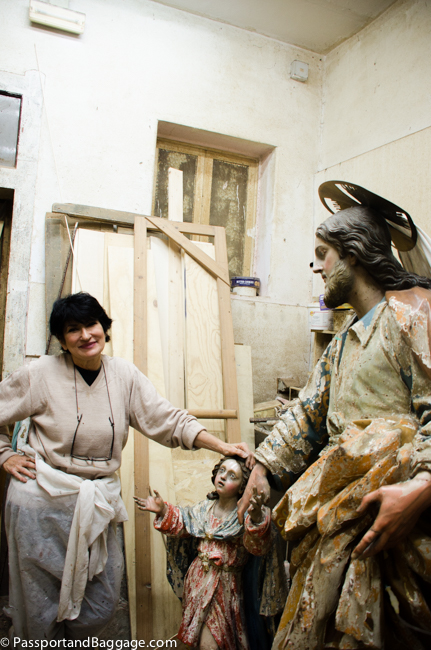
Wandering the streets of Syracusa one night we ran into this lovely woman who is an art restorer. She asked us in to see her work, it is beautiful and I felt so thrilled she wanted to share her art with us.
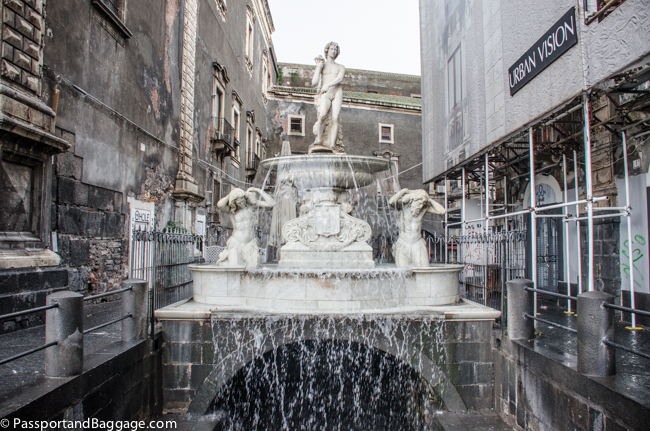
The Amenano fountain in Catania gets its name from the Amenano river that flows underground. It was built in 1837 in Carrara marble by Tito Angelini, the fountain figuratively represents the river.
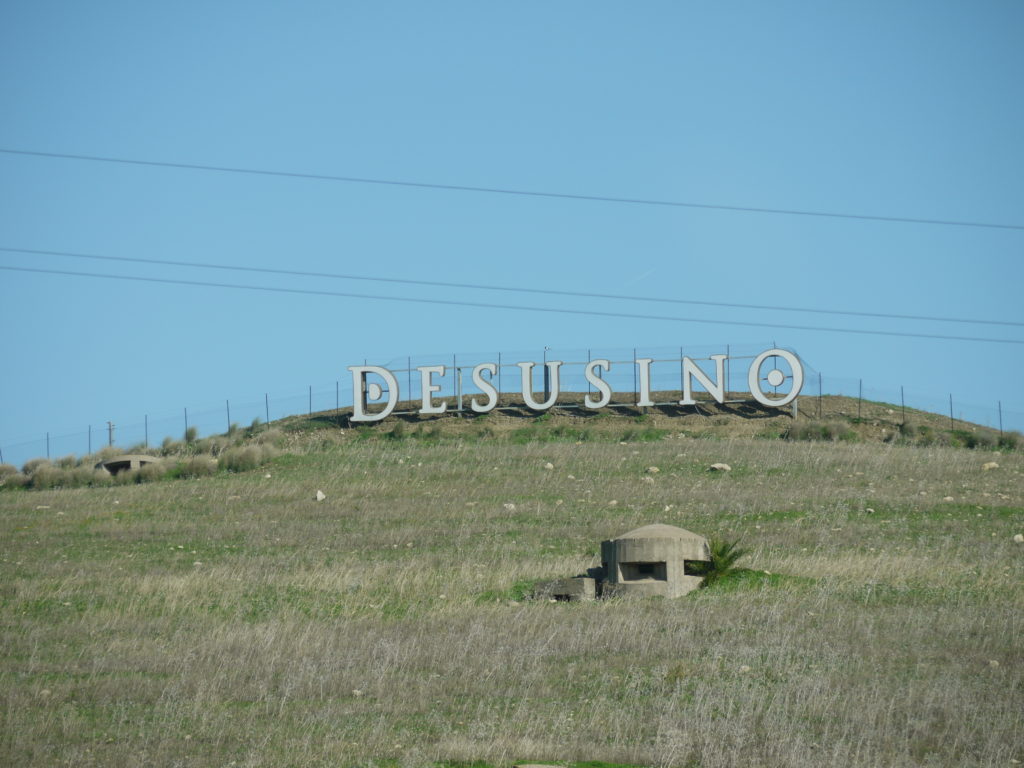
Many concrete pillbox bunkers still remain along the coastline of Sicily. These were used by the Italians and Germans to defend themselves during WWII. This is near Butera, Sicily.
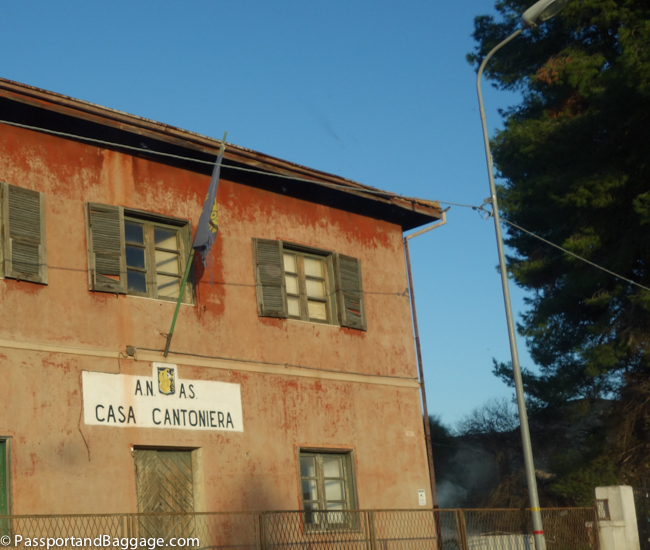
The cantoniere houses are properties owned by the state and managed by ANAS (National Autonomous Road Company). They are characterized by the typical Pompeian red color. They take their name from the ” roadmen “, the road maintenance workers who, for service reasons, needed to stay in the workplace. Often they were occupied by men simply counting the cars that traveled on the road. Most are now simply to store road equipment.
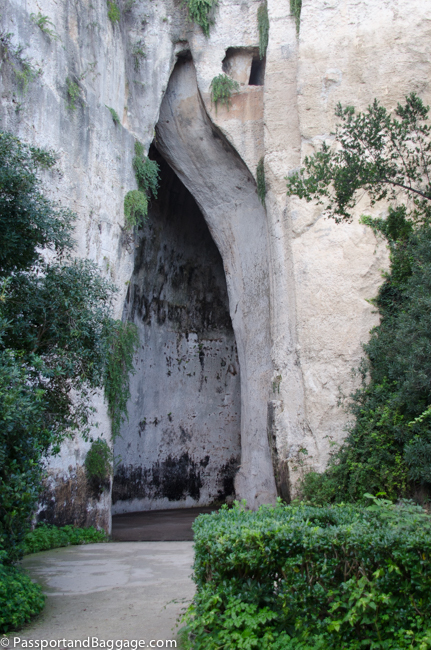
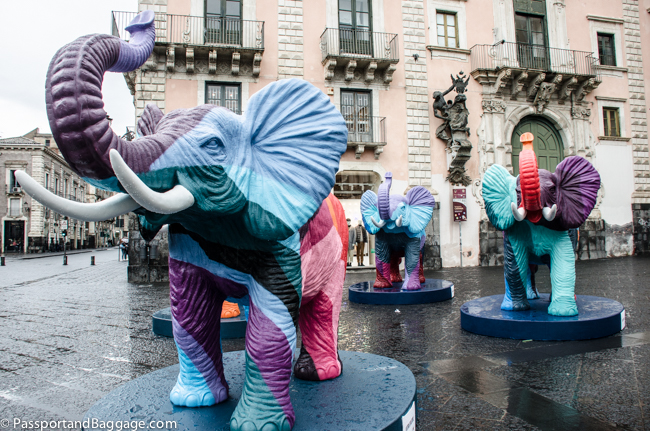
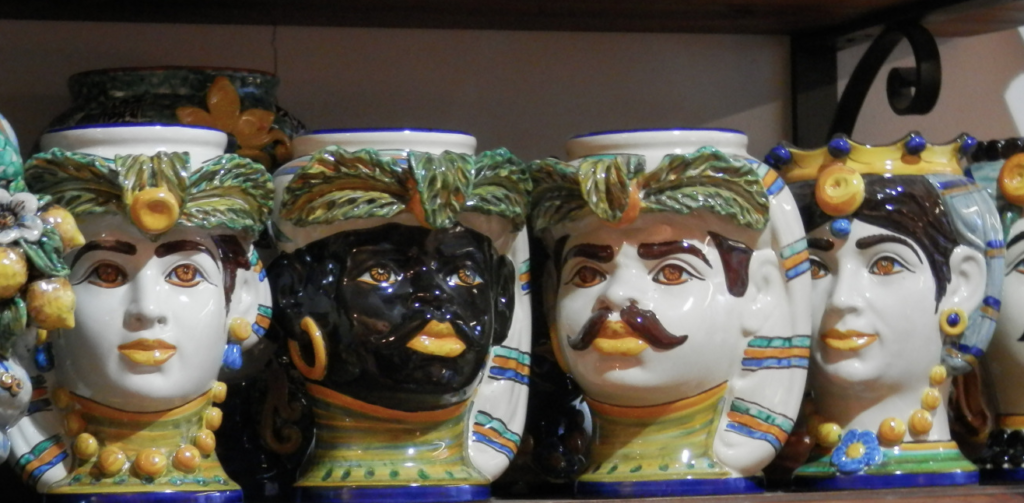
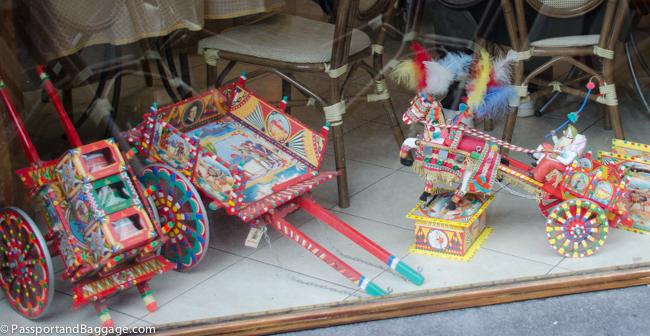
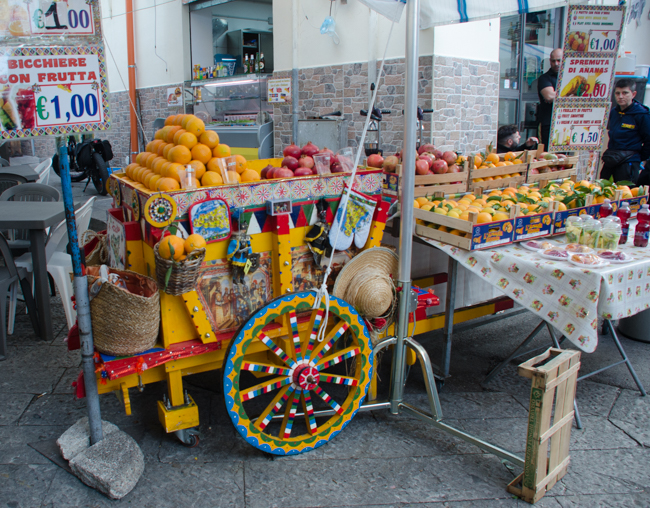
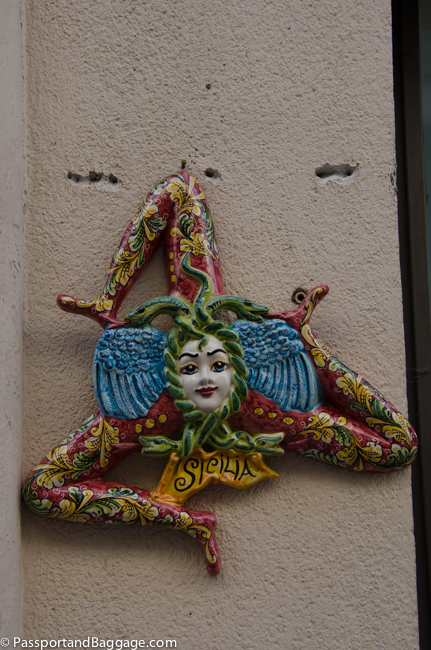
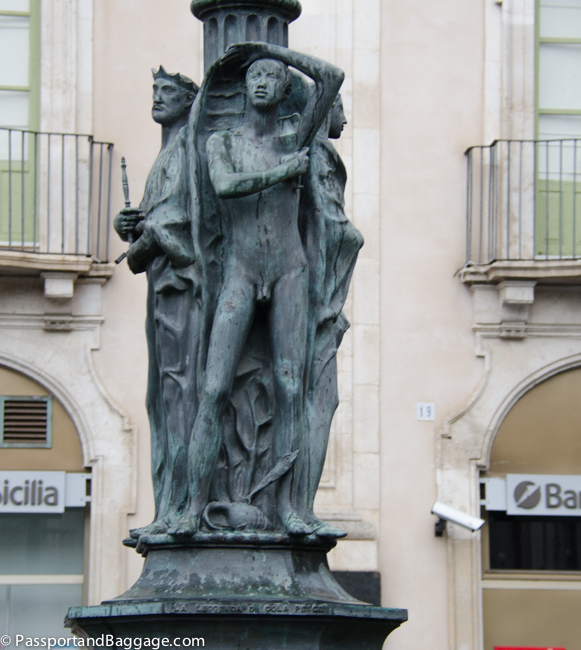
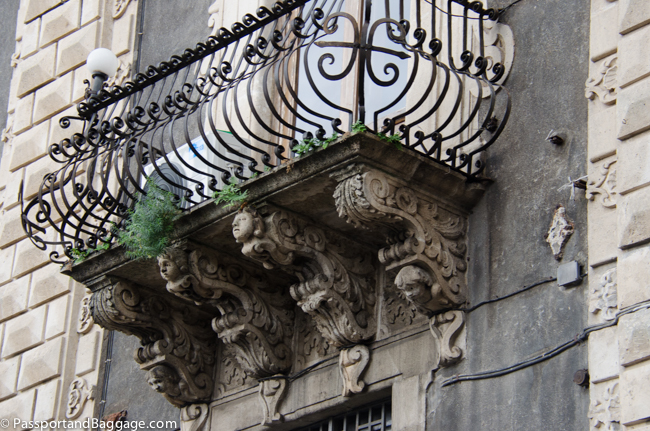
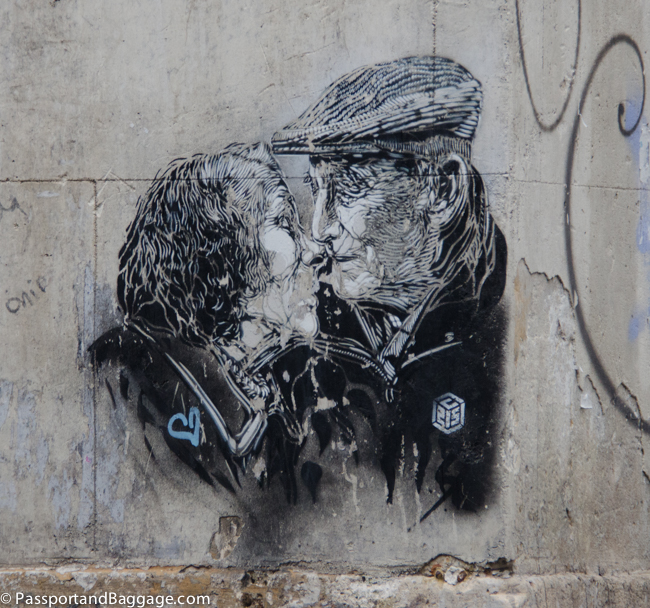
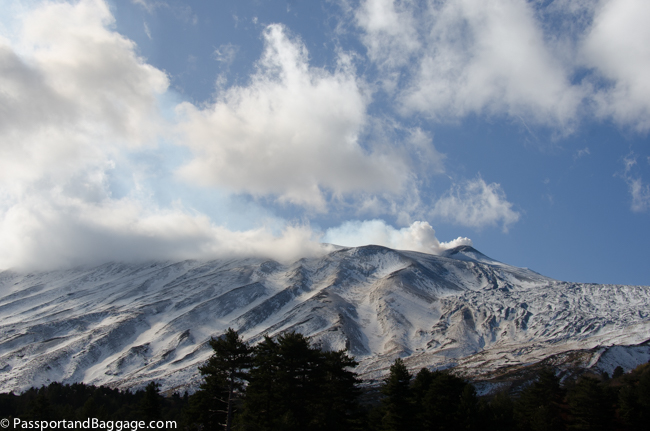
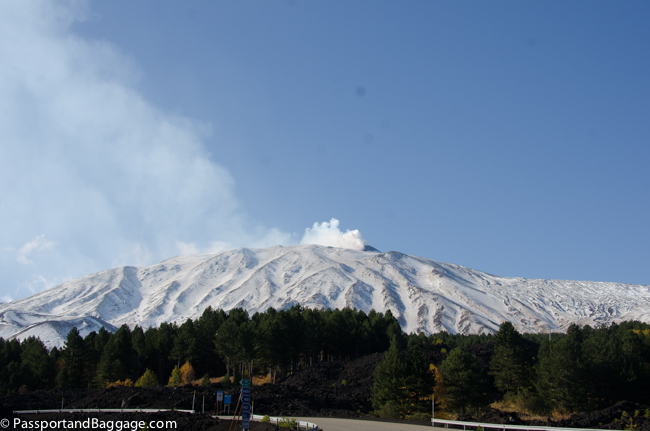
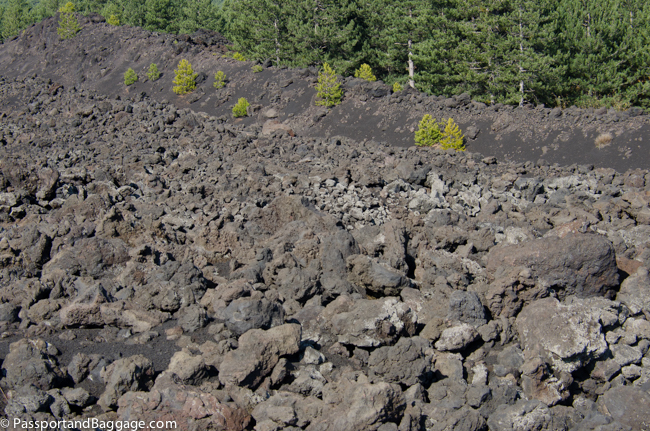
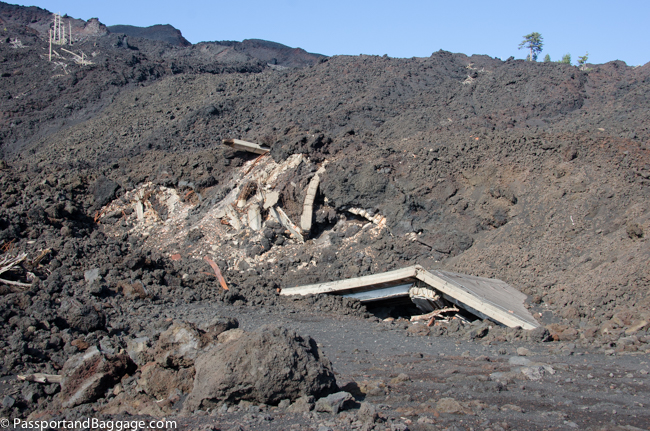
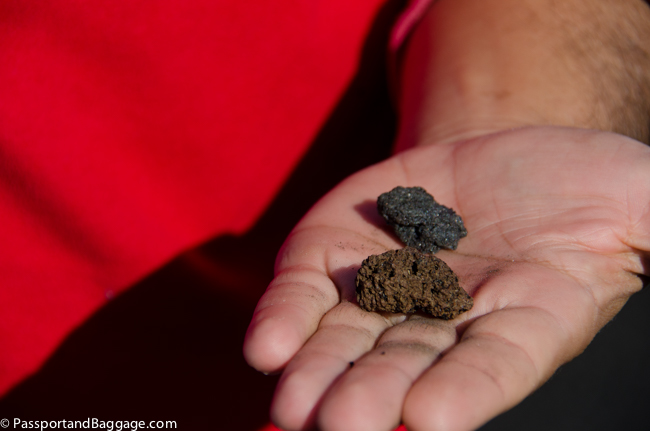
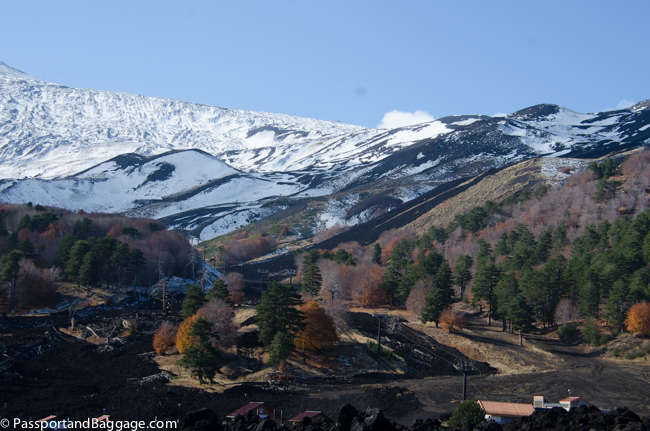
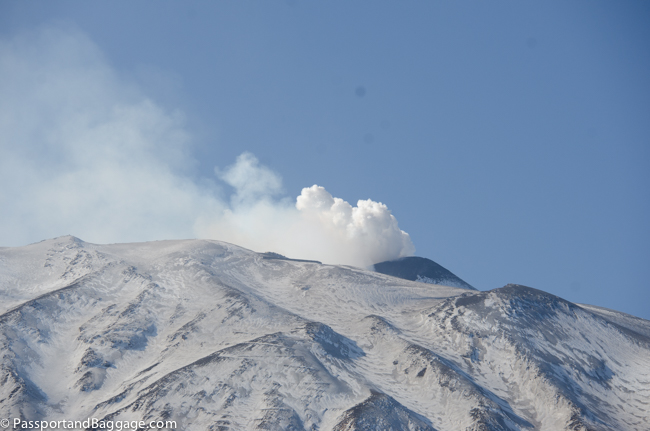
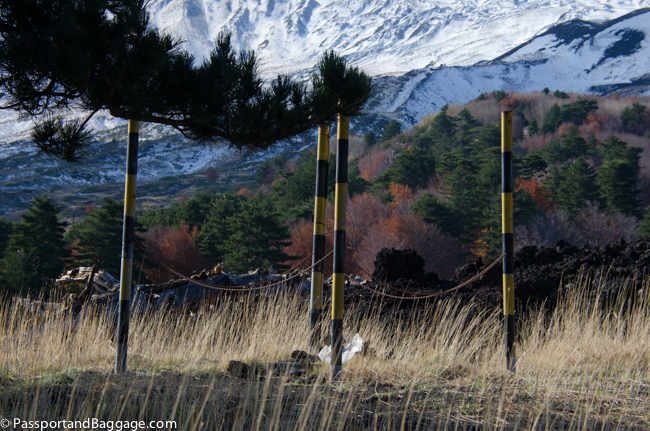
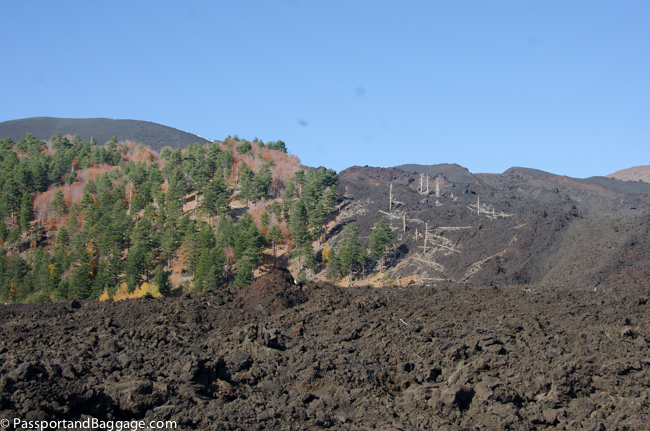
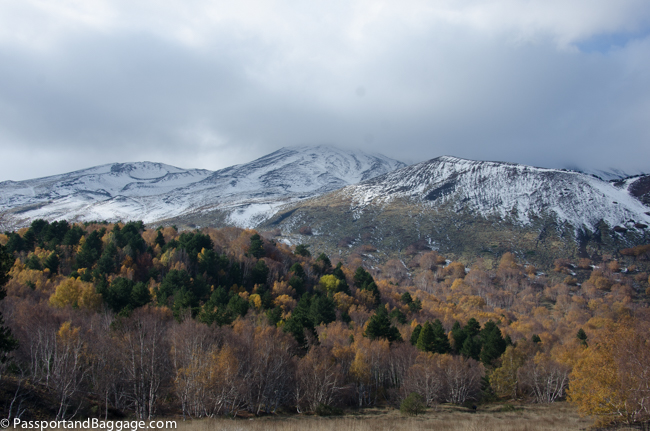

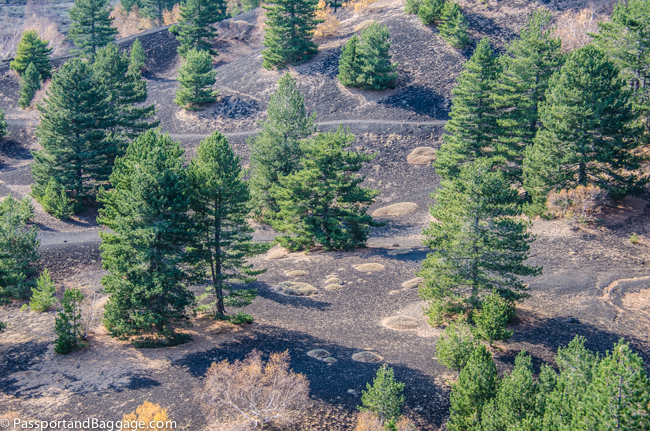
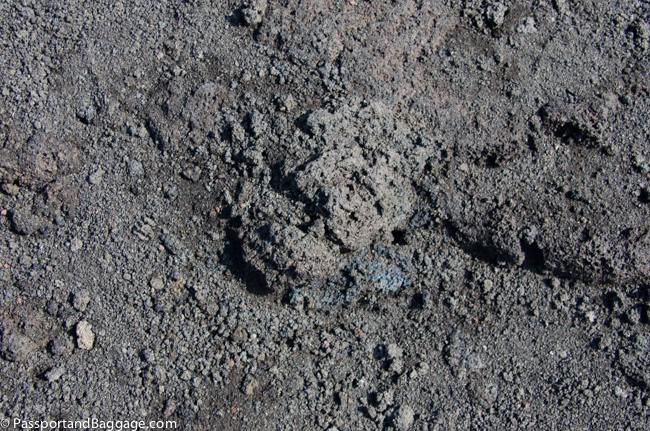

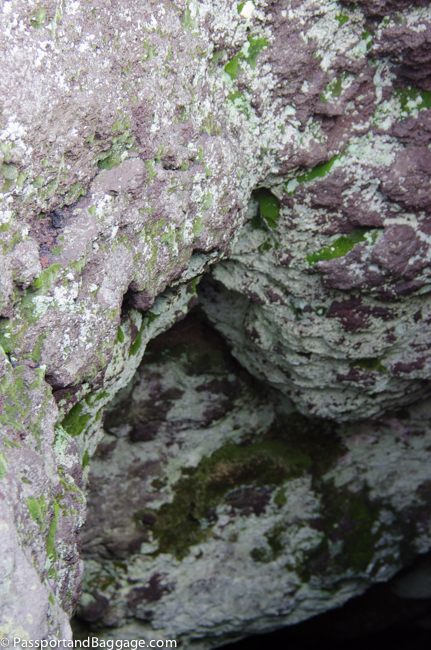
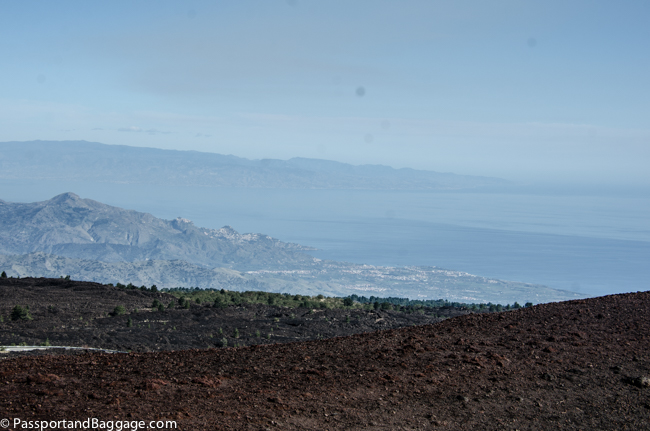
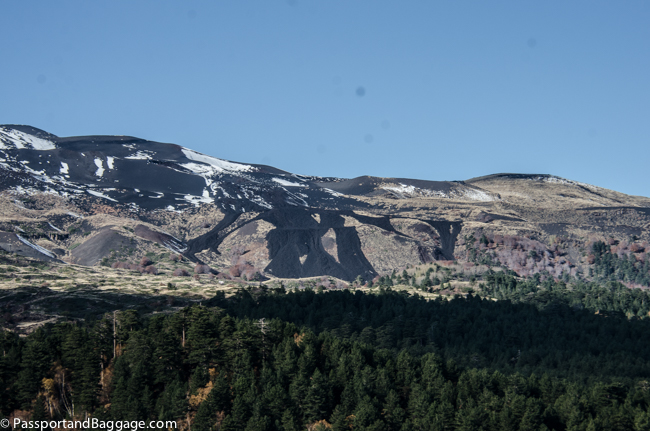
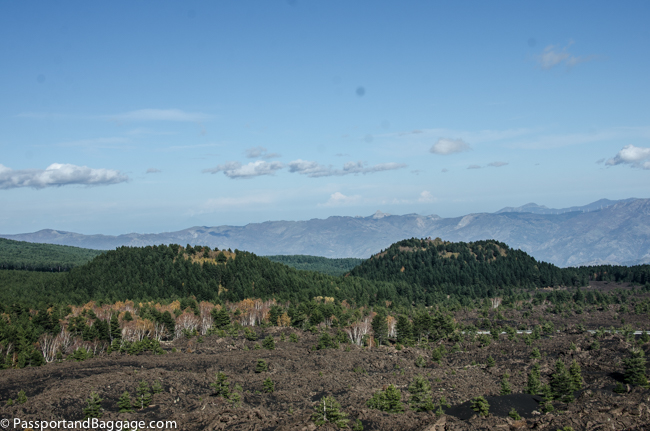
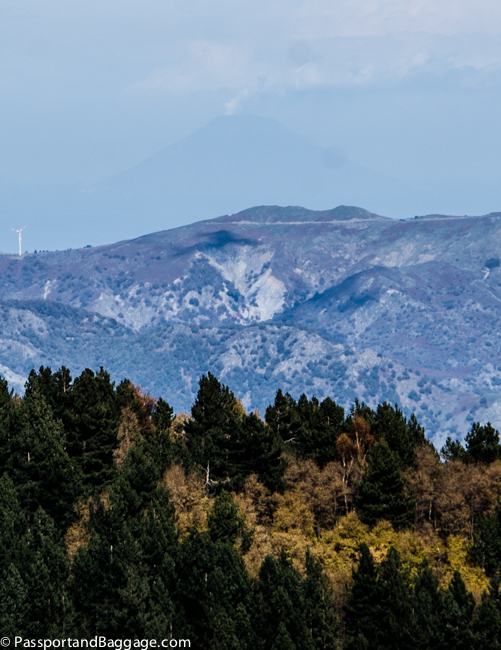
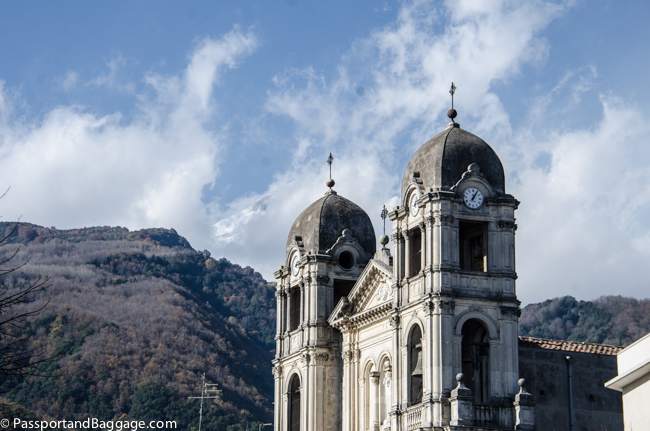
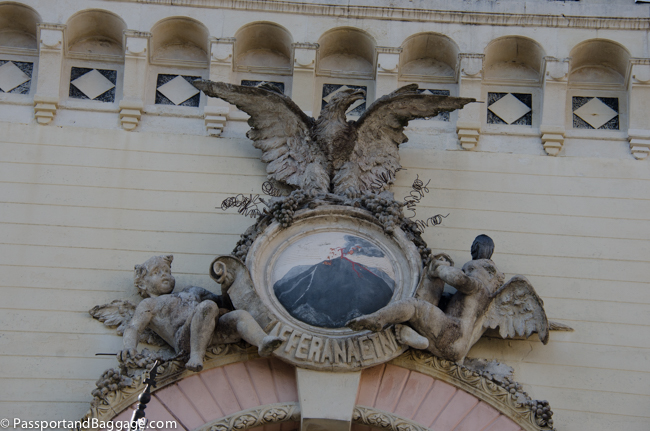
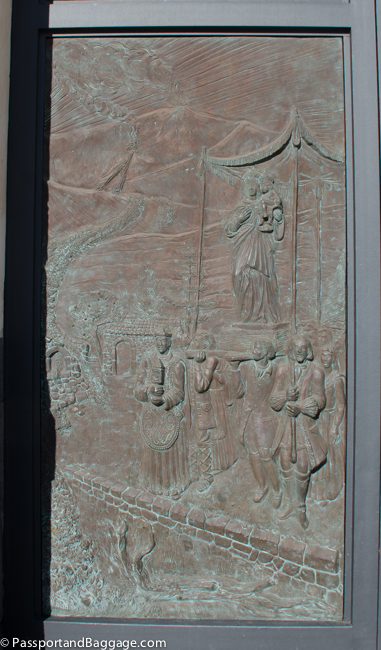
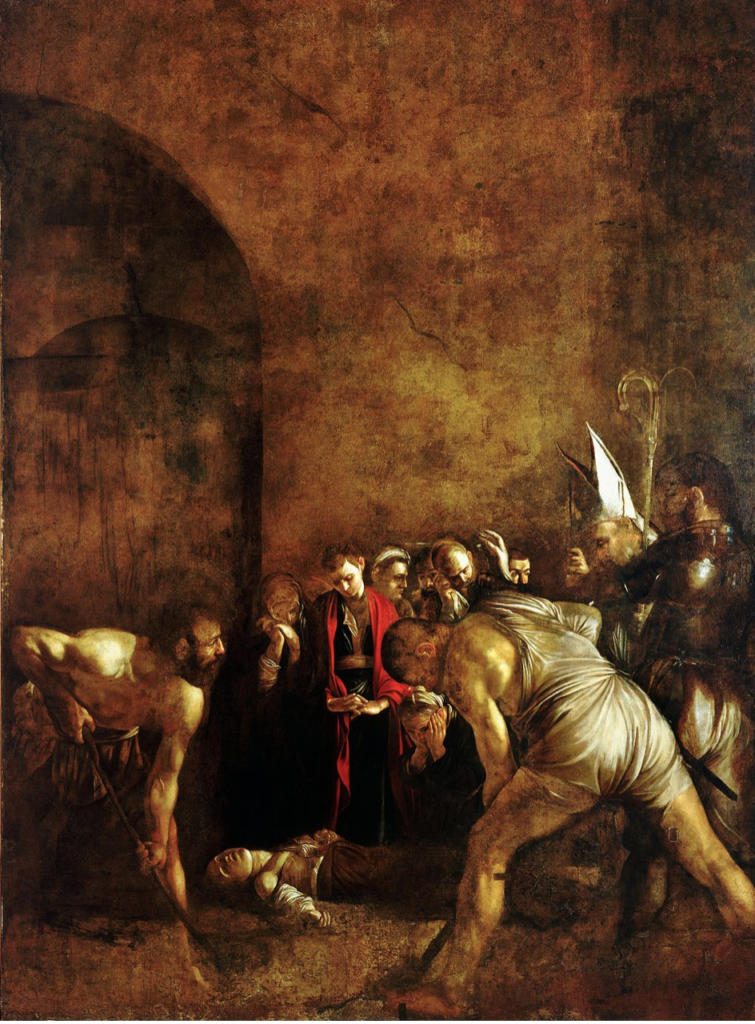
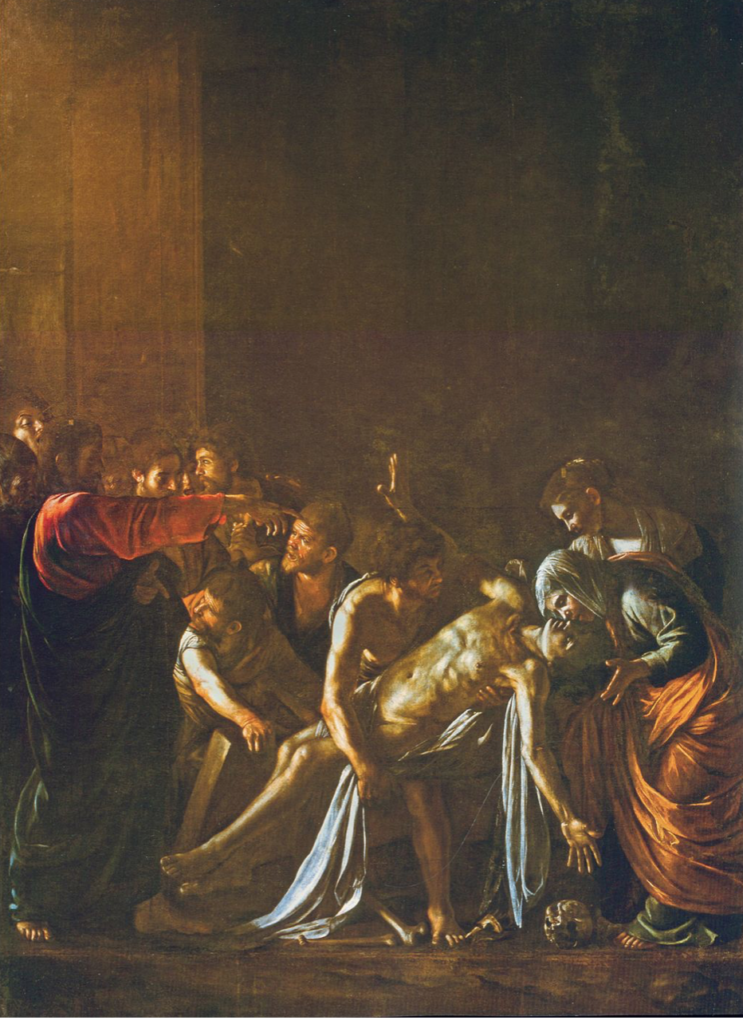
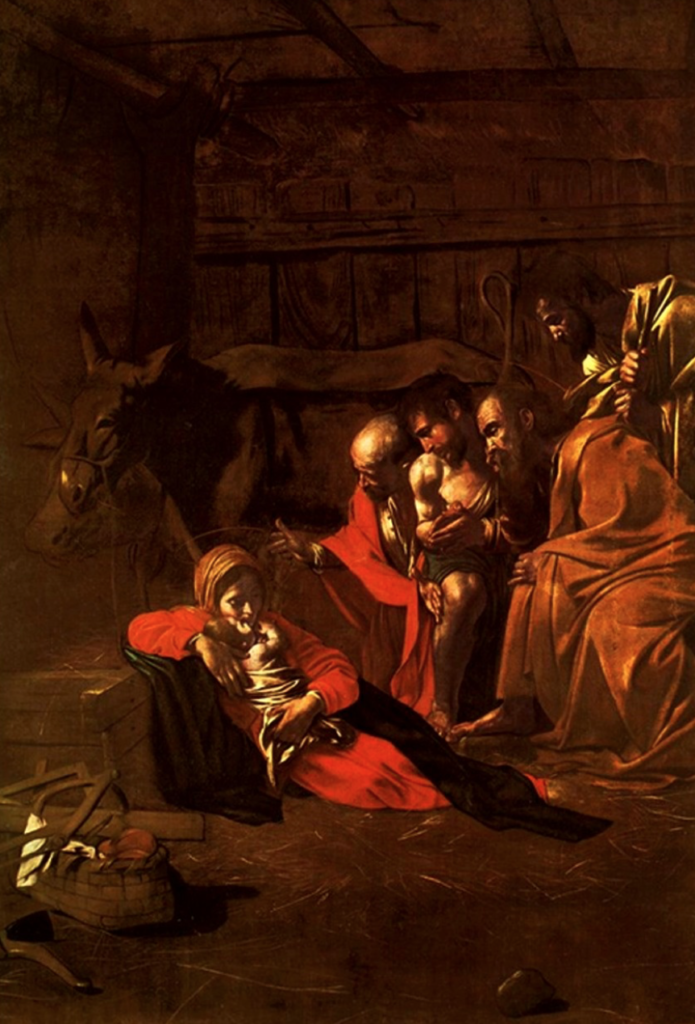
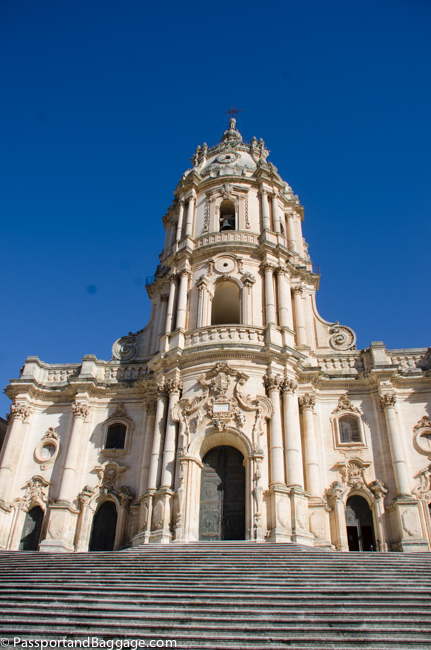
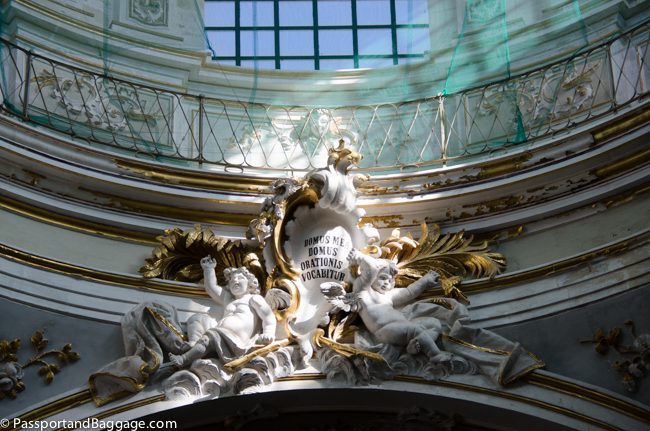
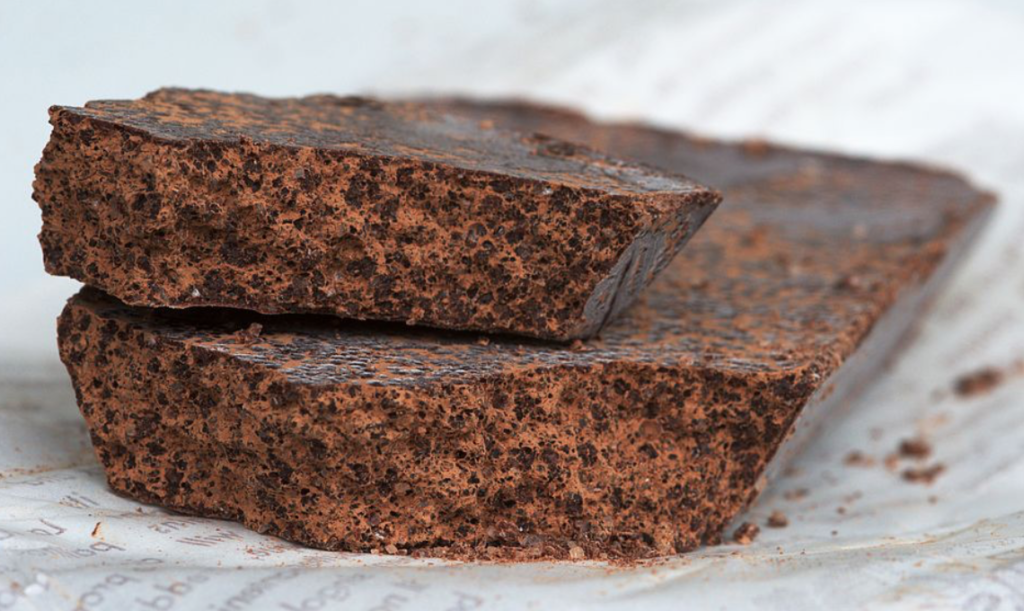
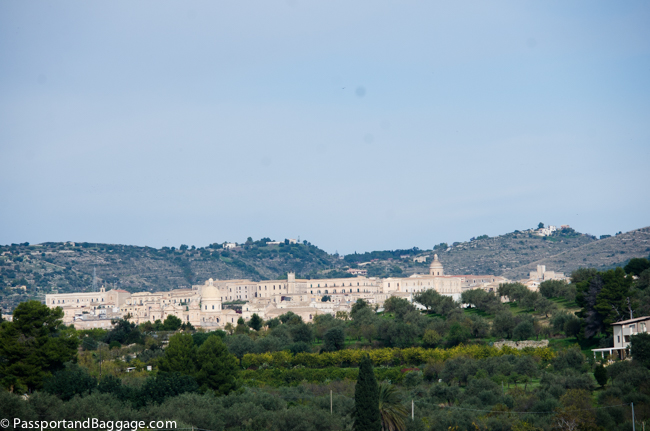
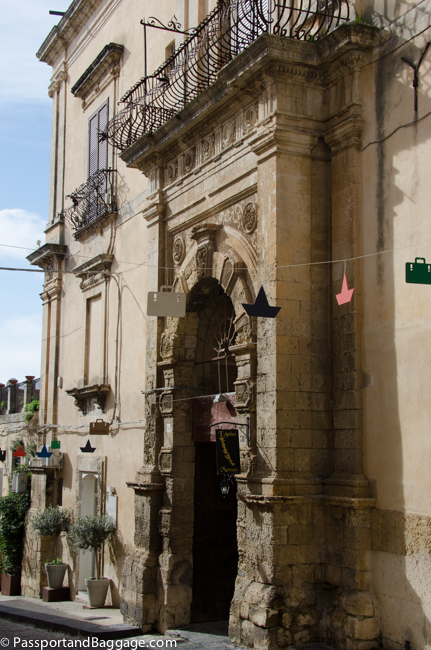
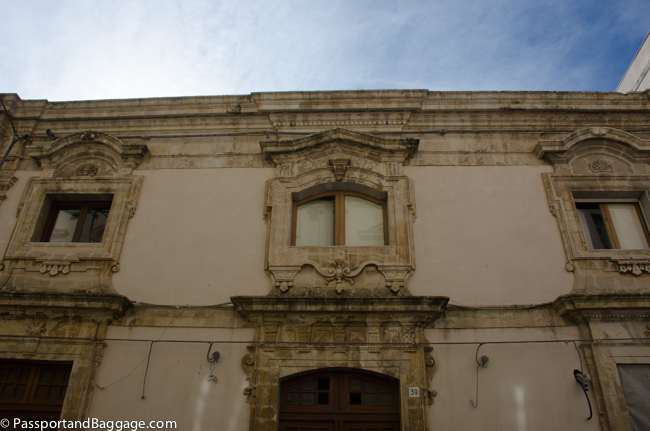
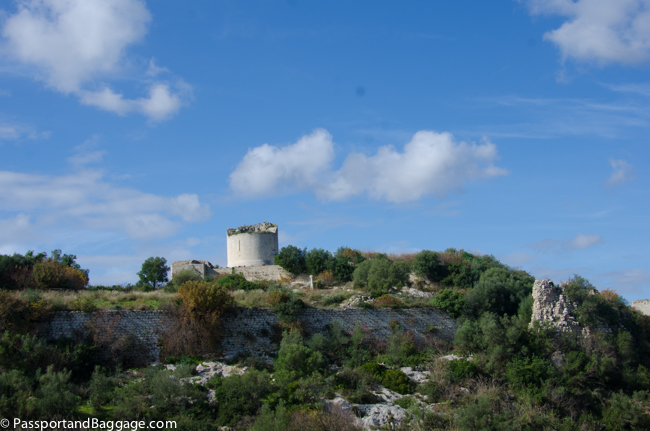
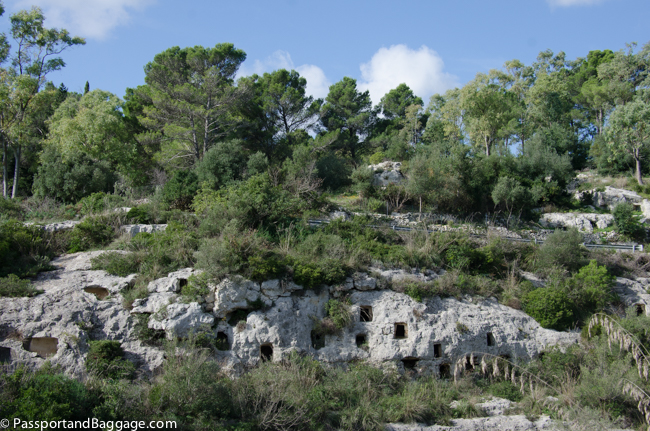
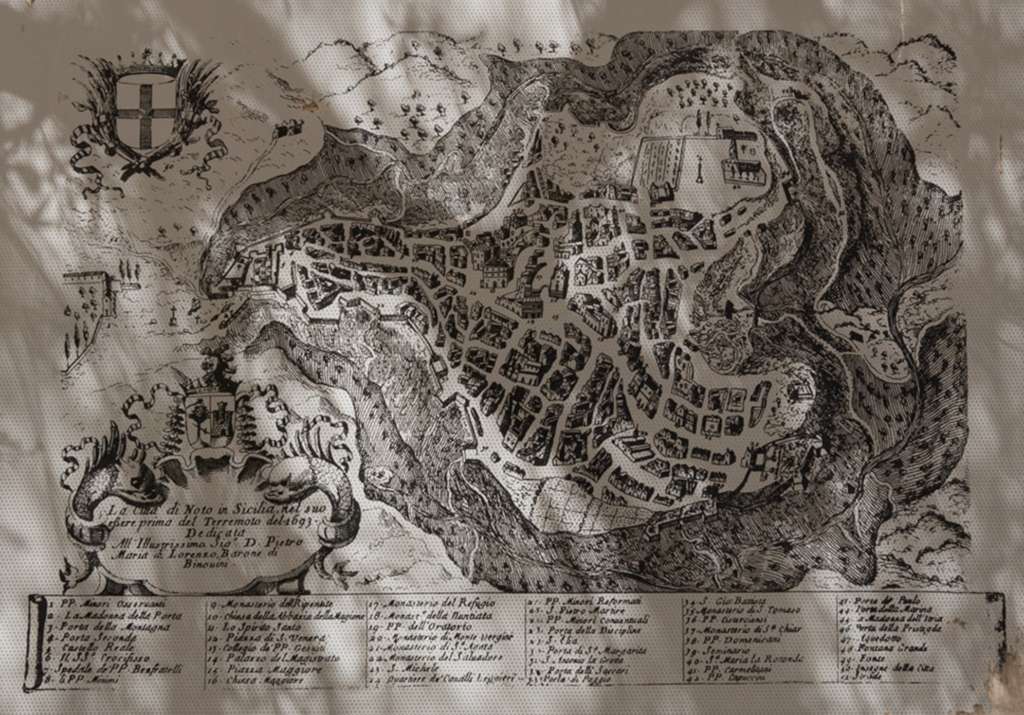
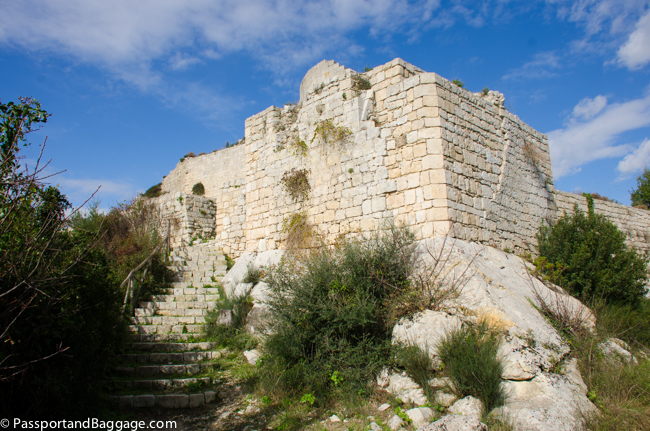
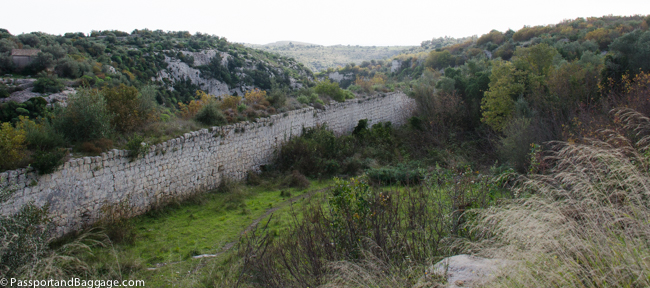
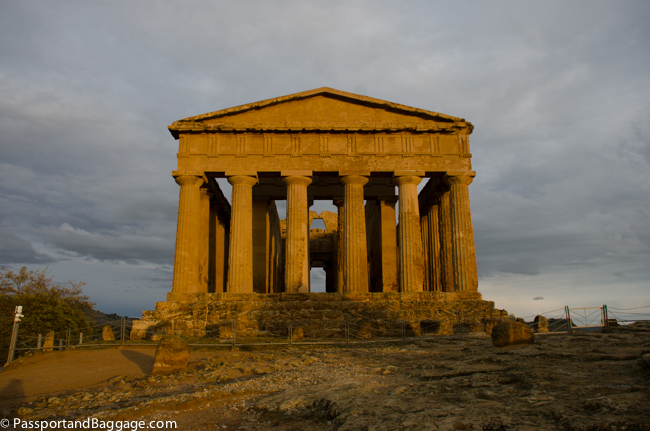
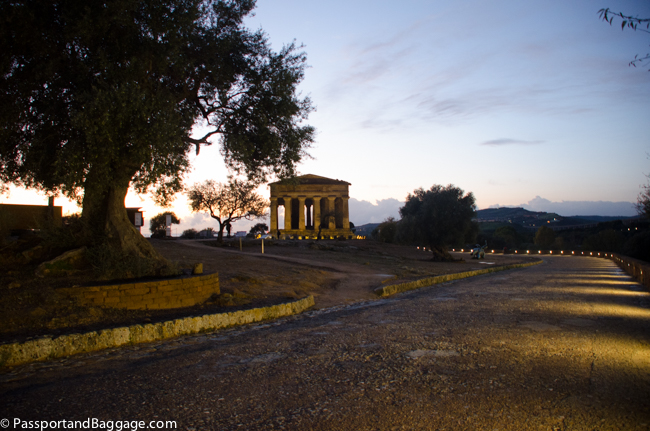
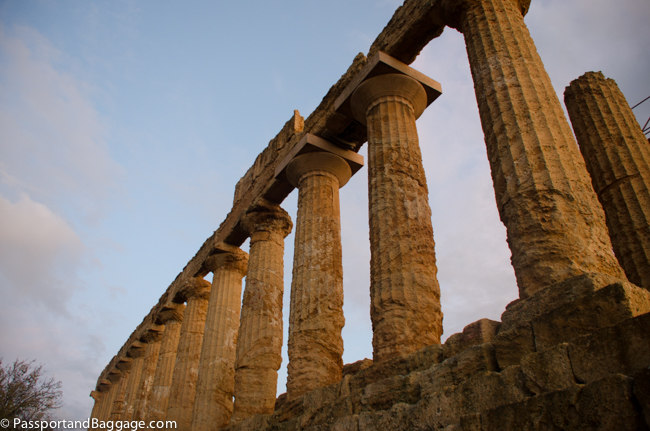
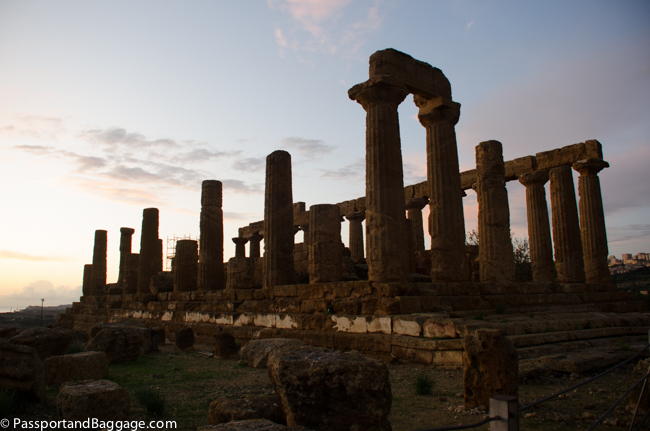
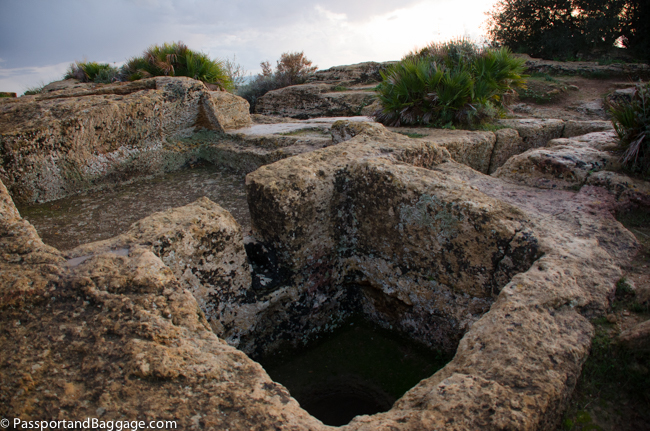
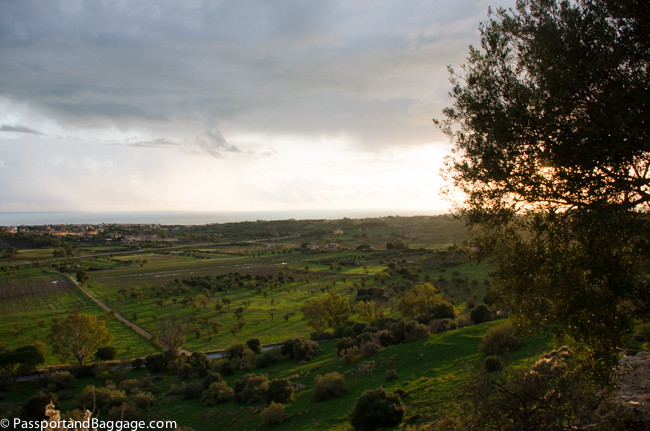
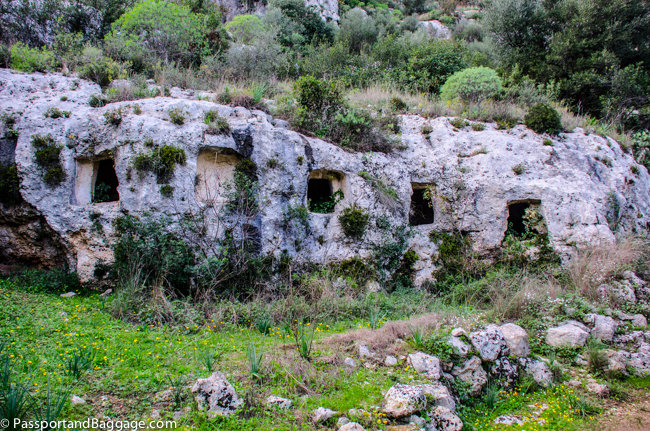
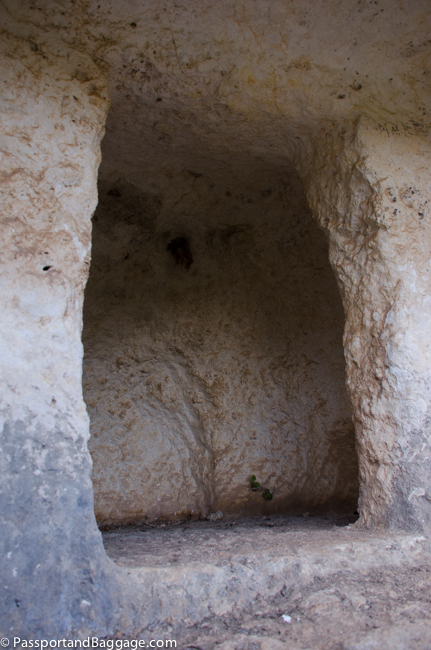
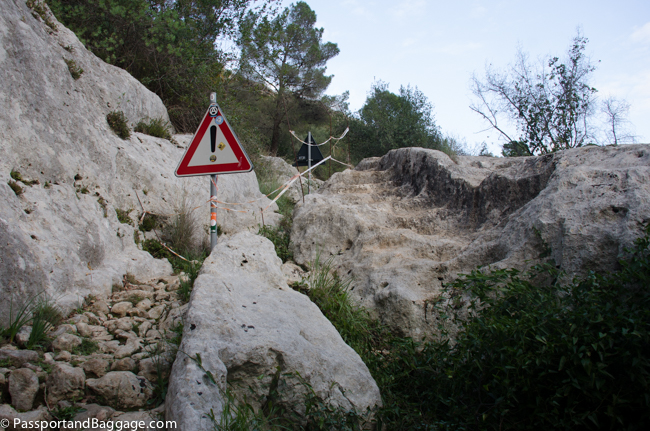
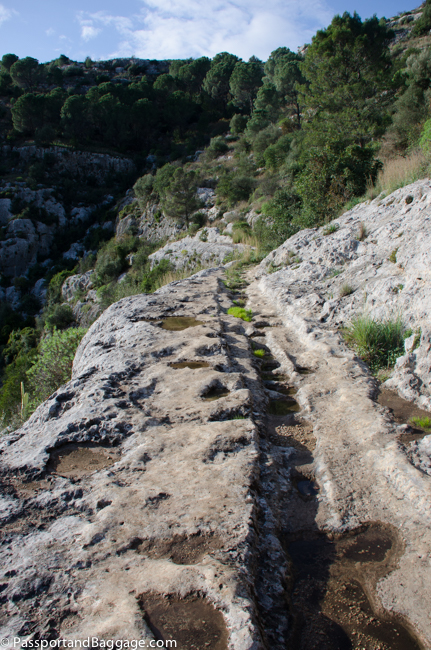
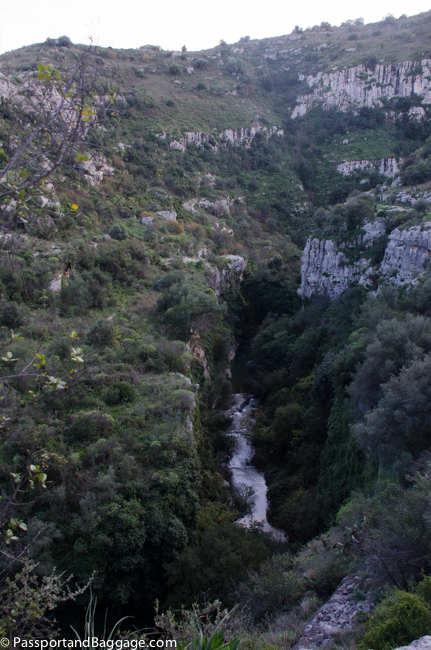
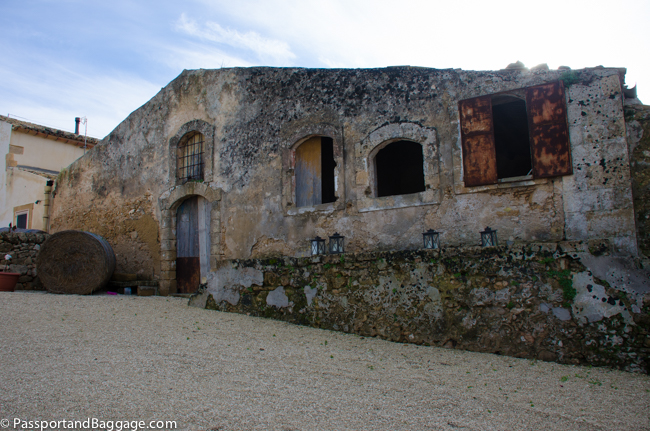
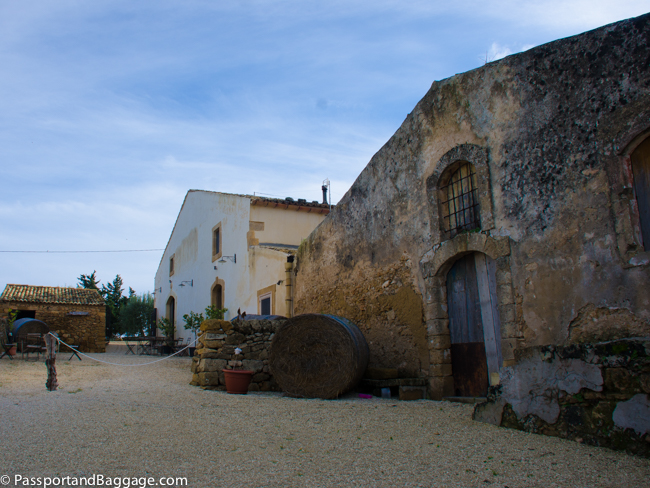
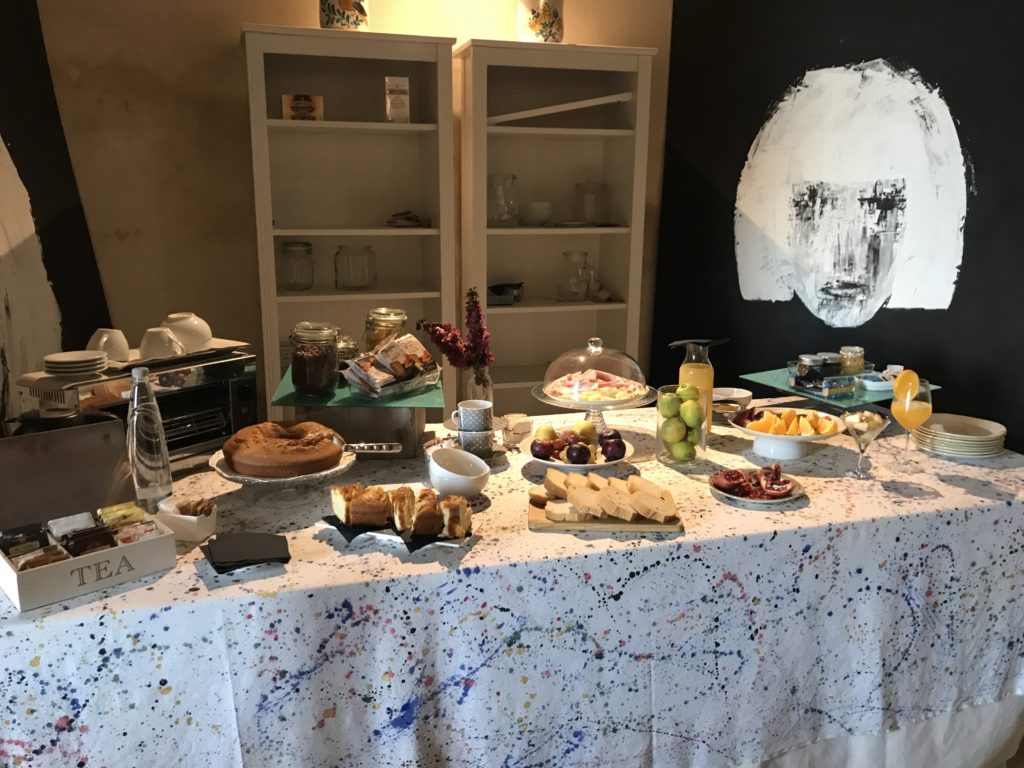
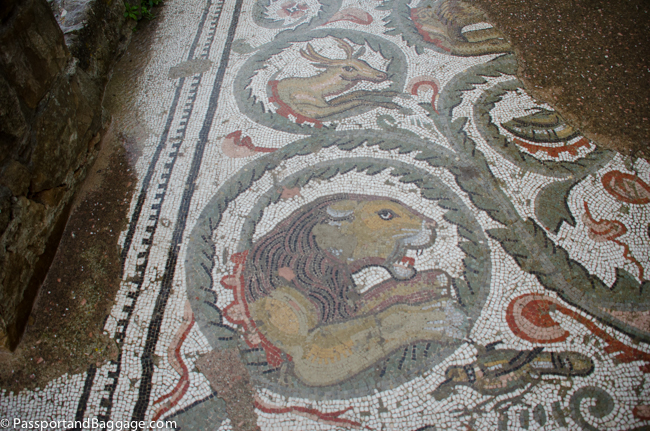
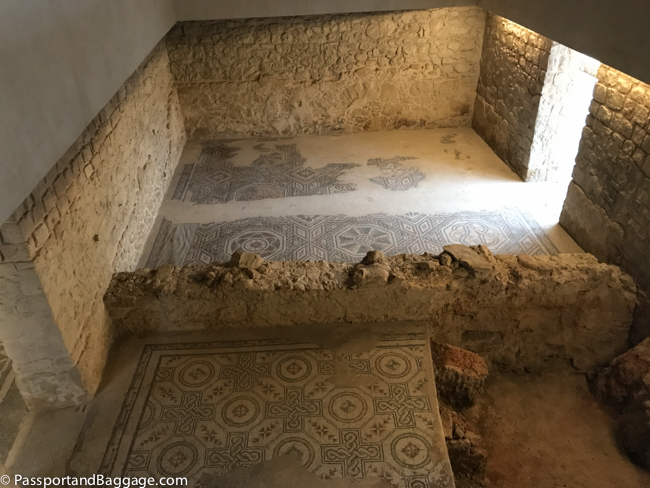
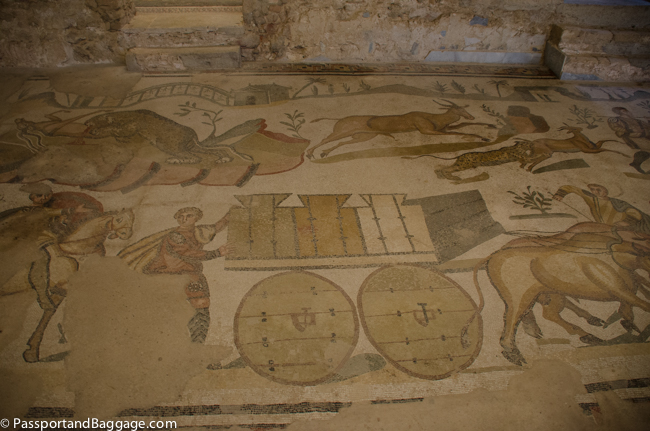
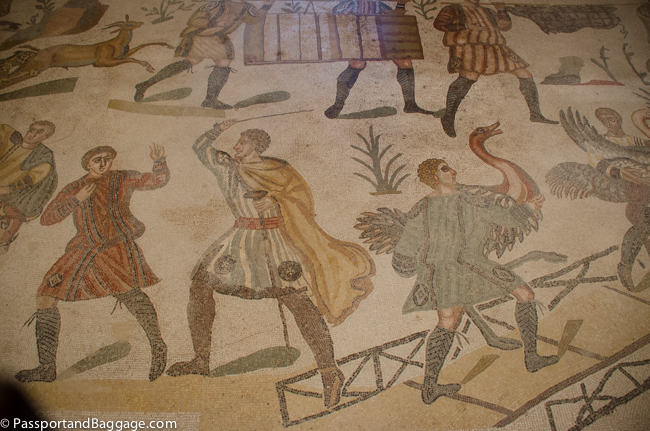
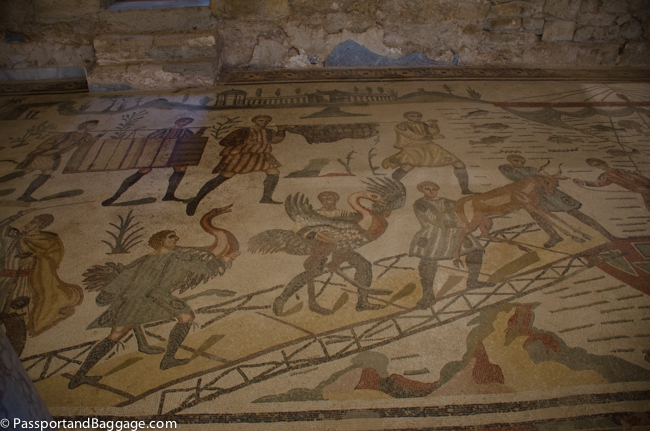
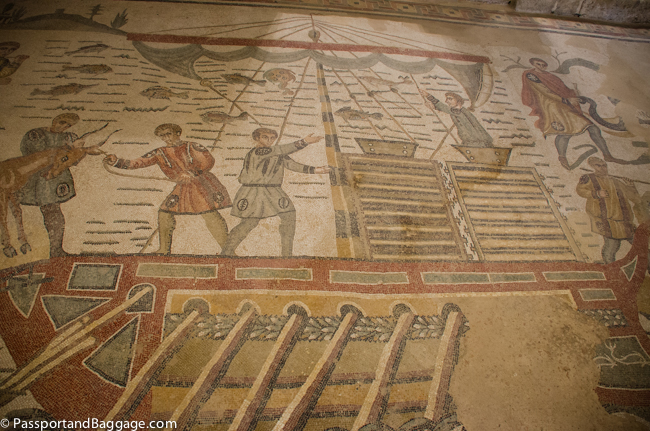
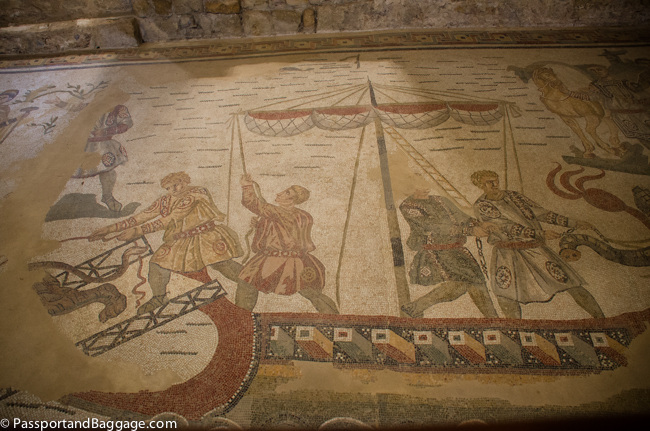
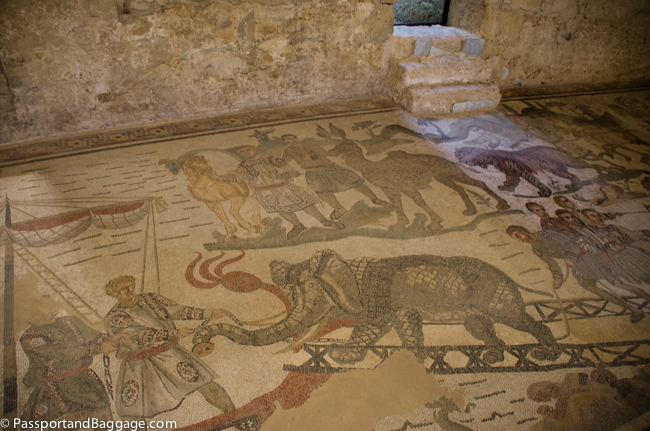
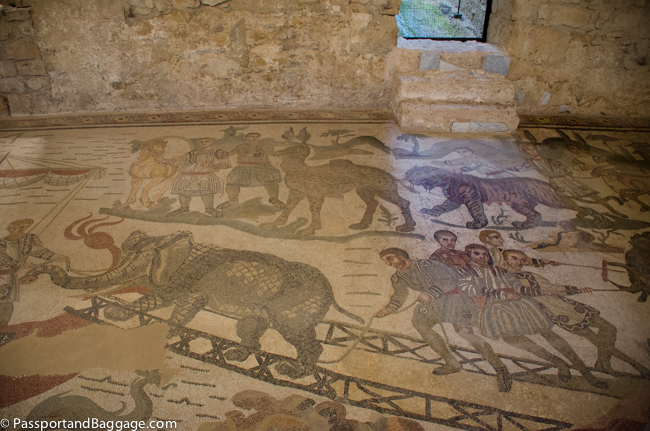
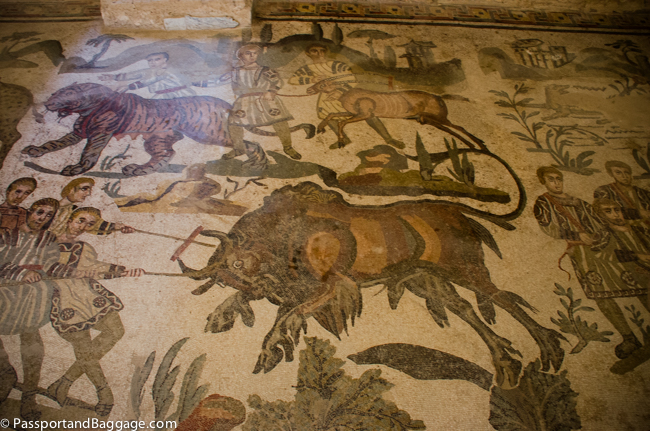
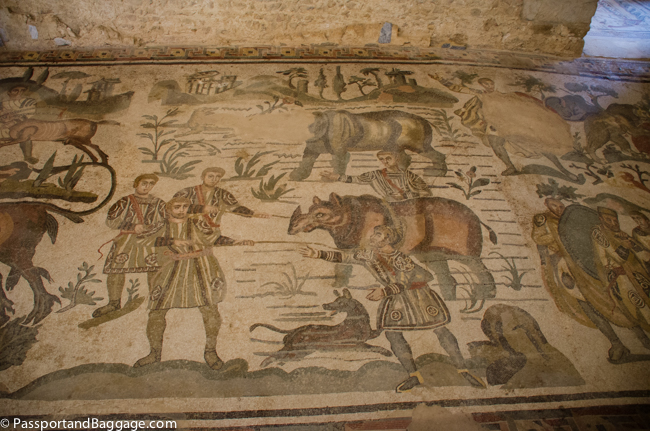
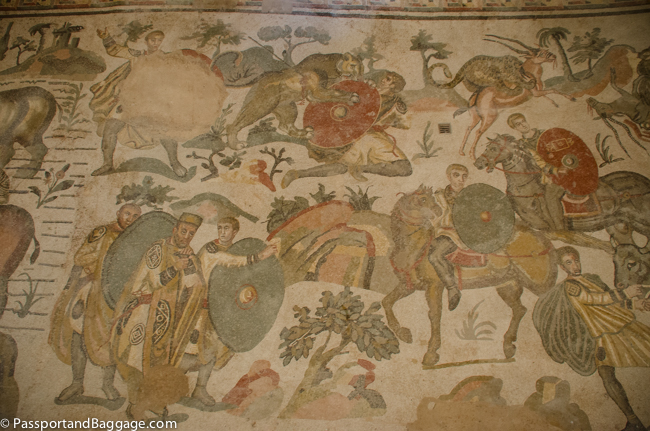
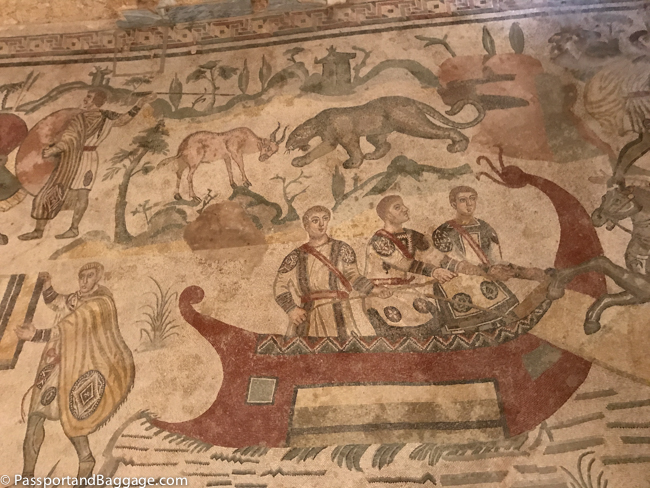
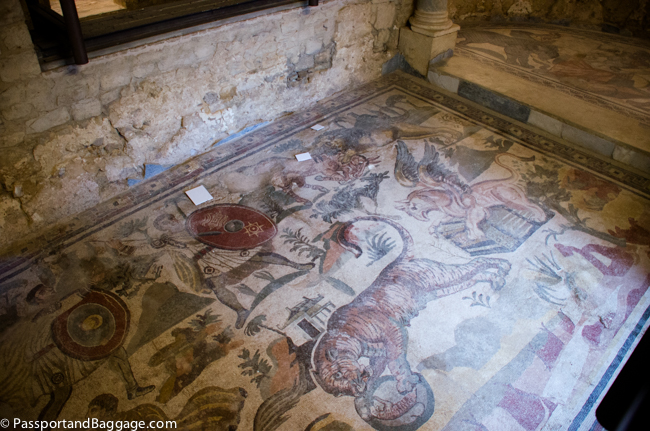
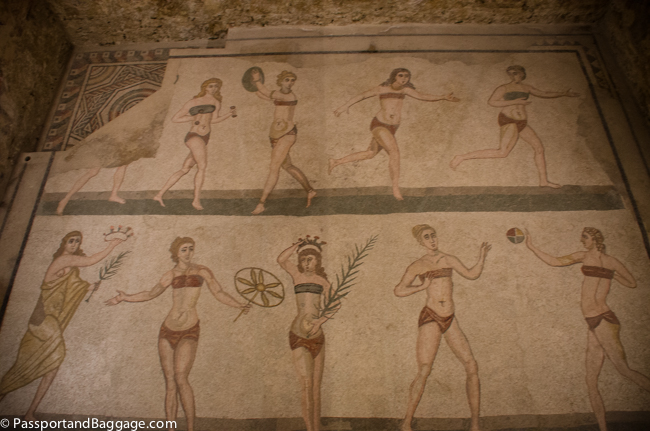
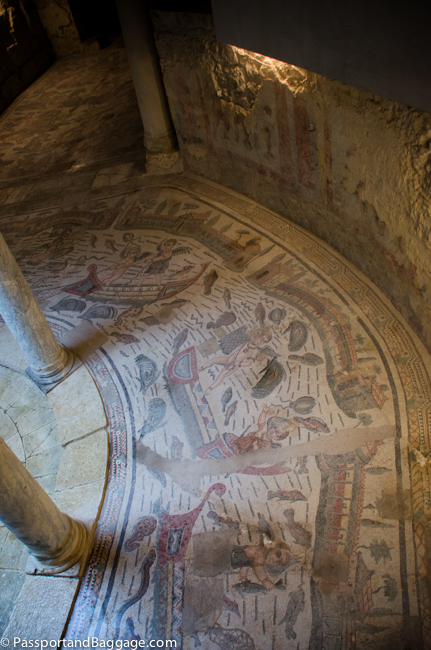
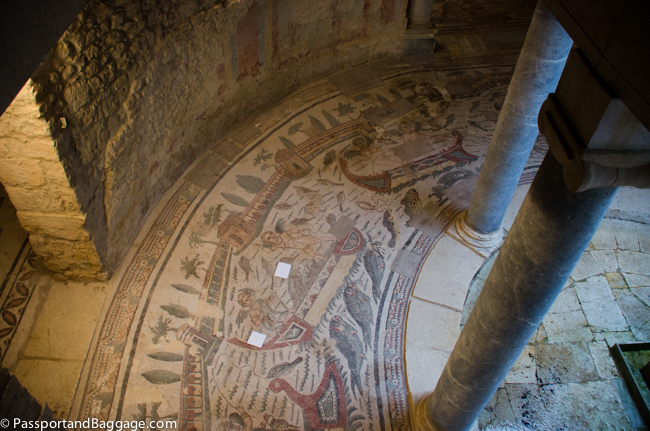
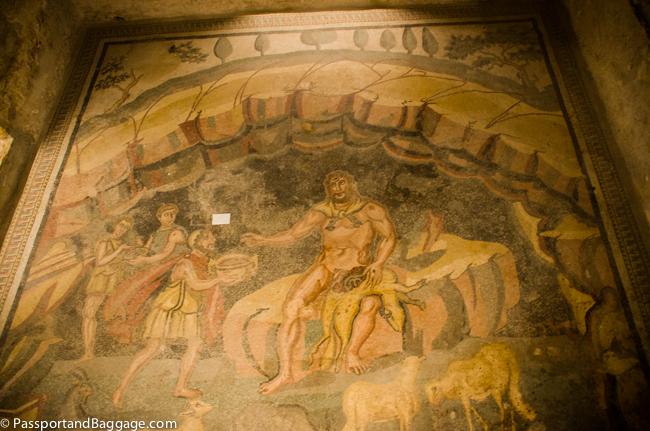

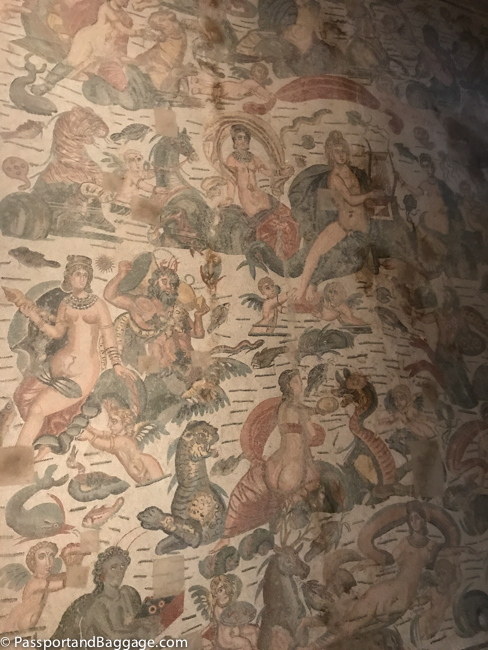
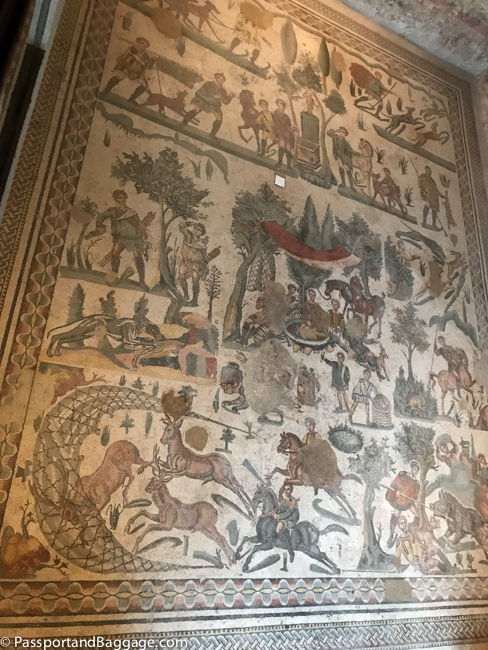
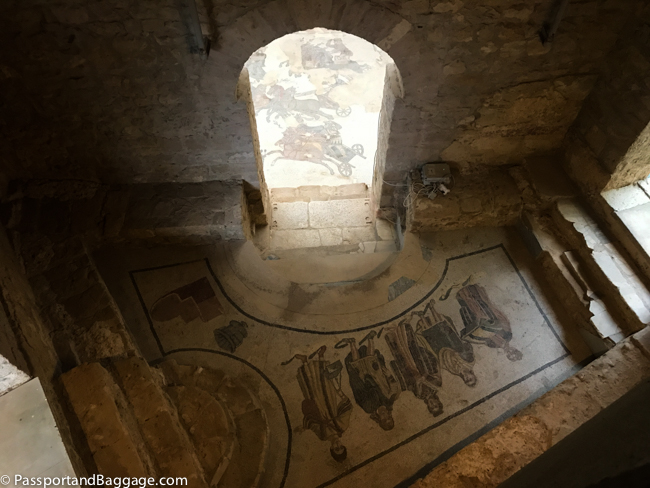
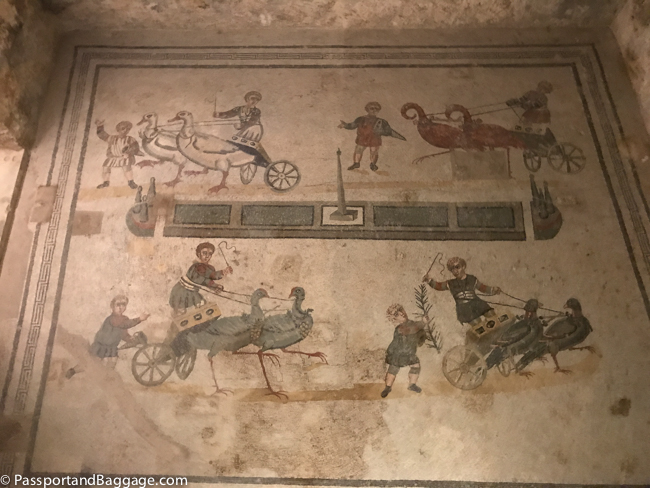
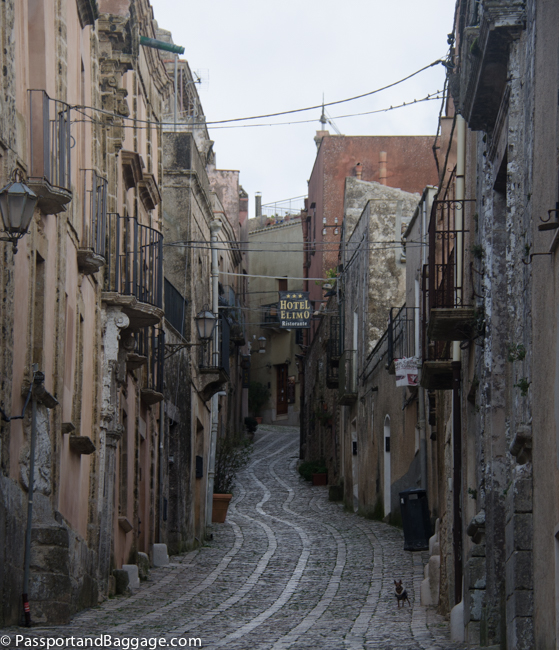
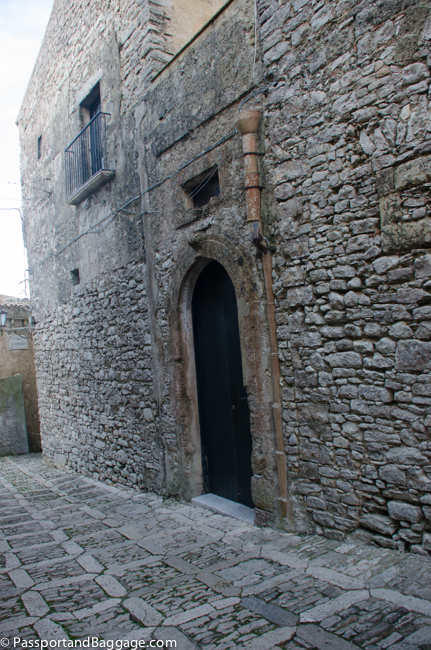
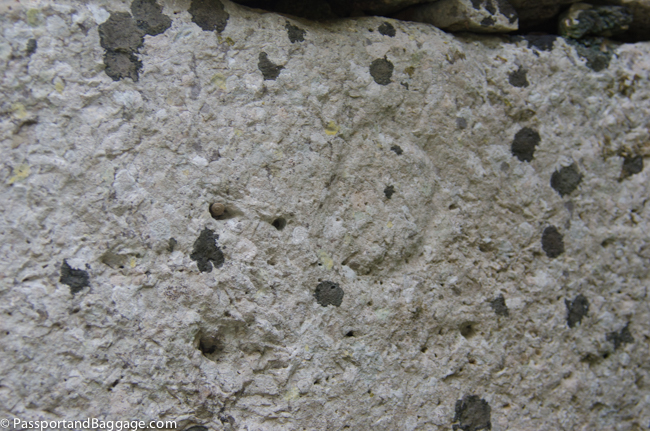
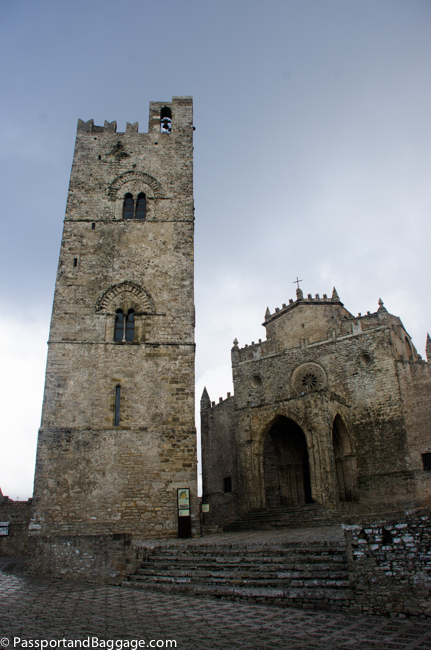
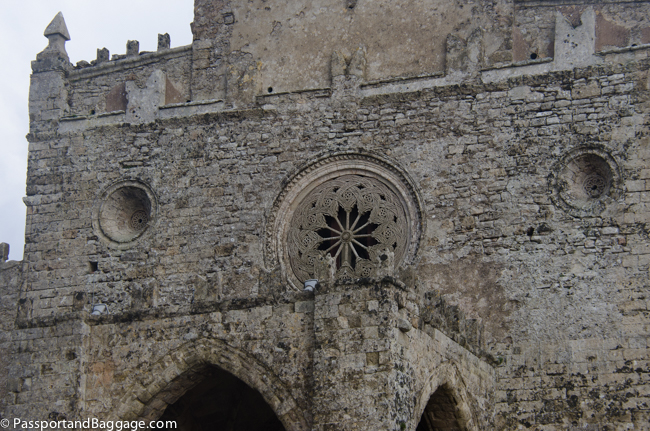
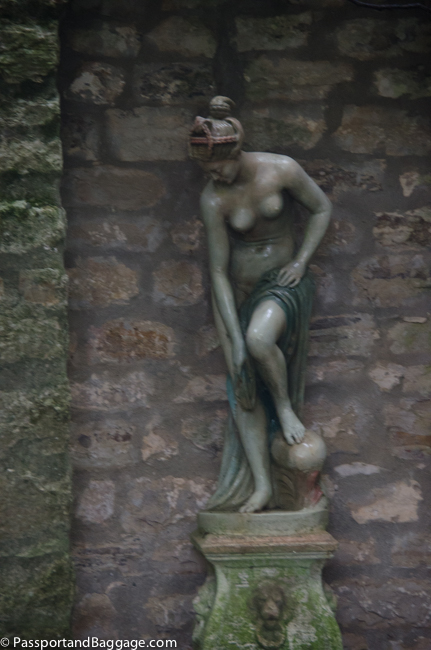
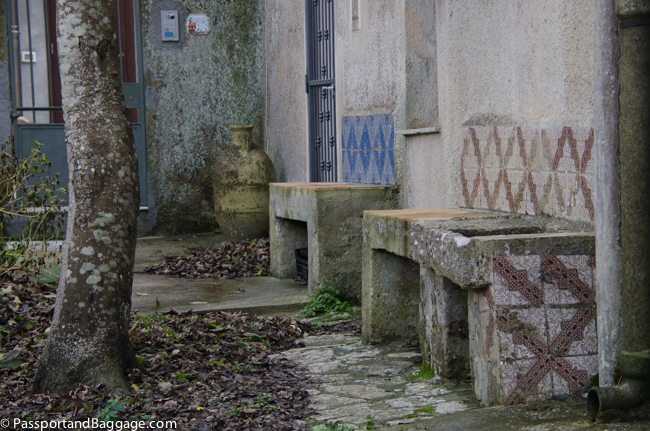
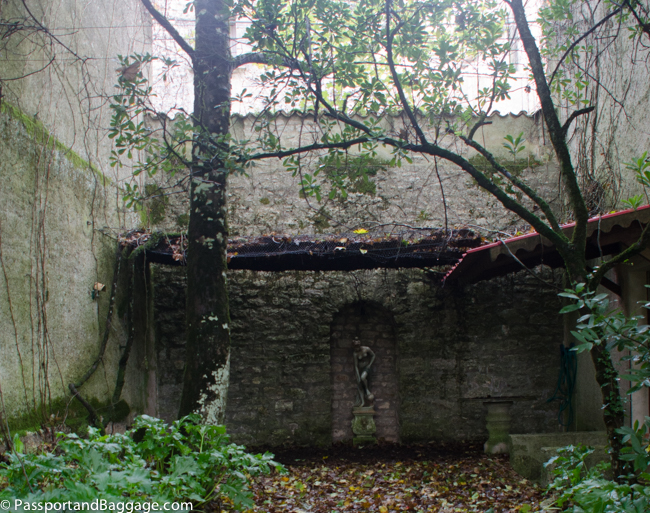
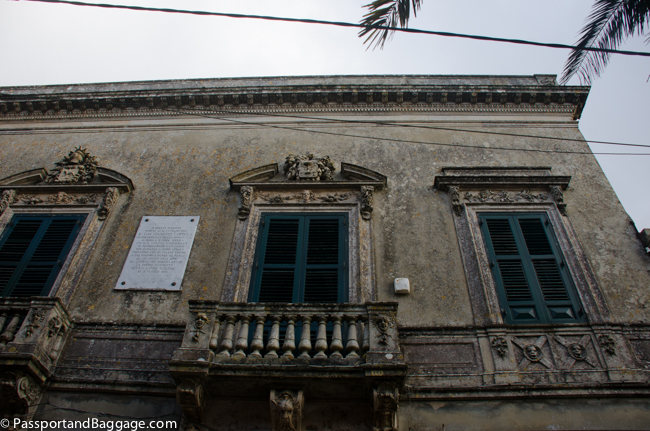
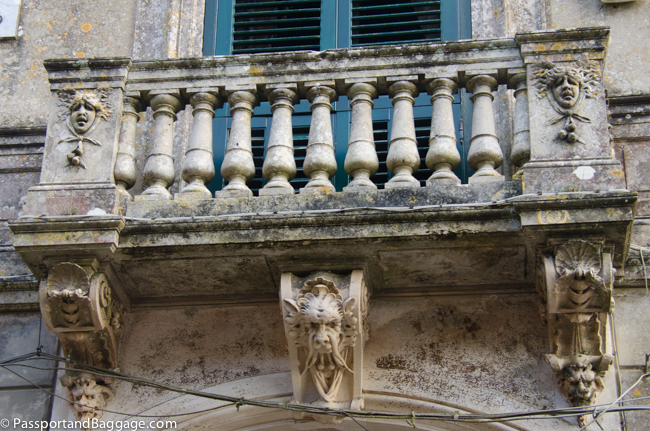 *
*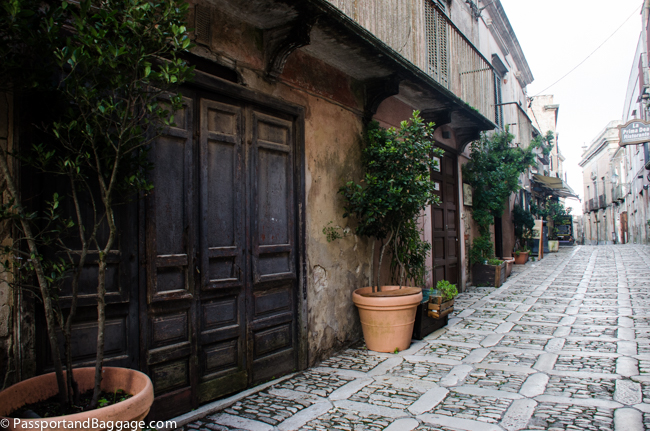
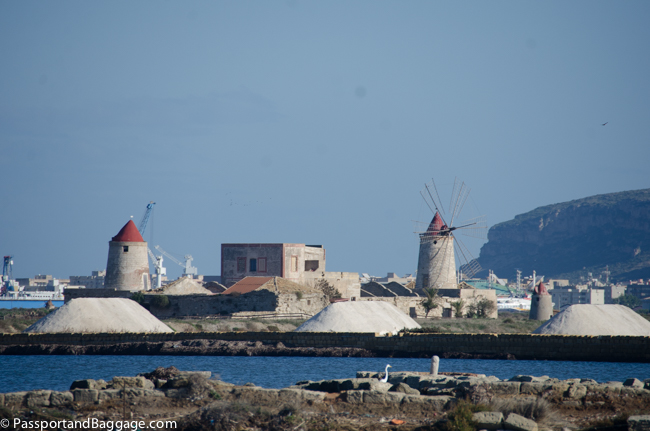
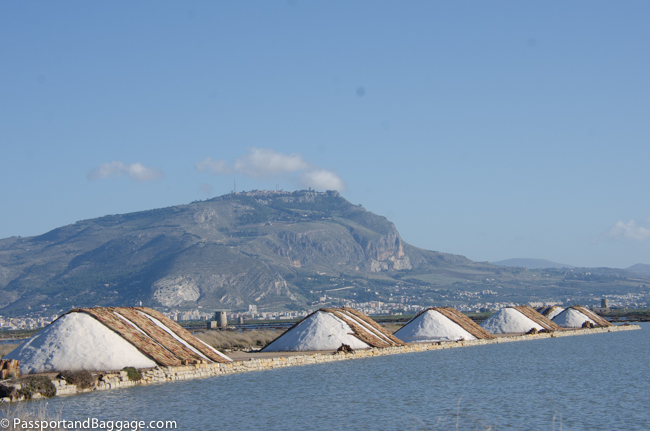
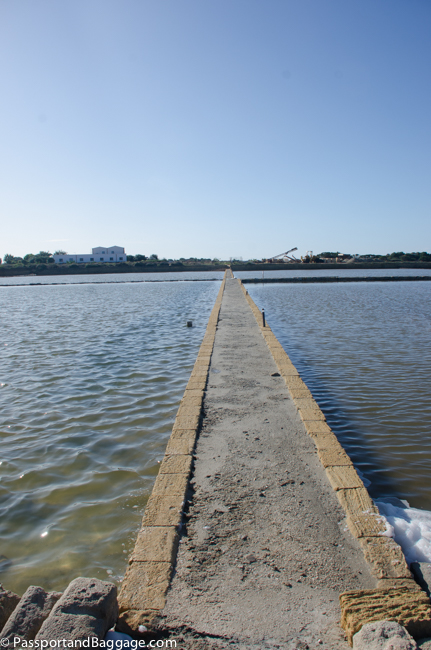
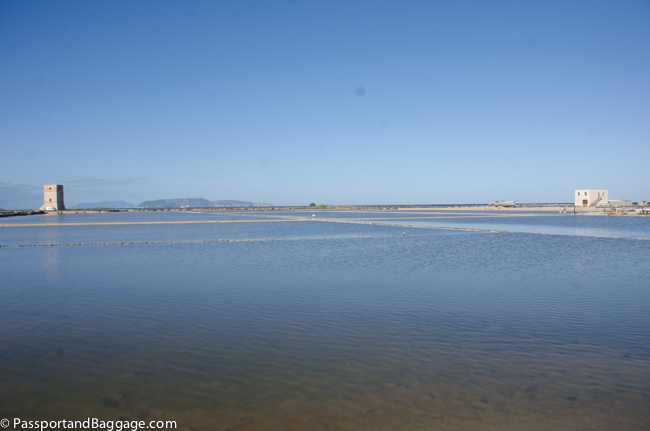
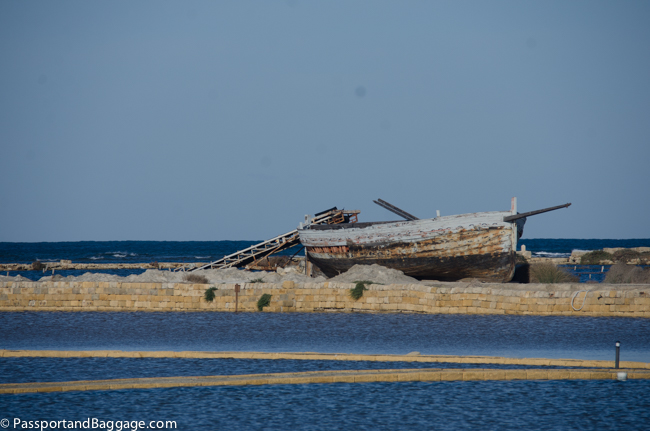
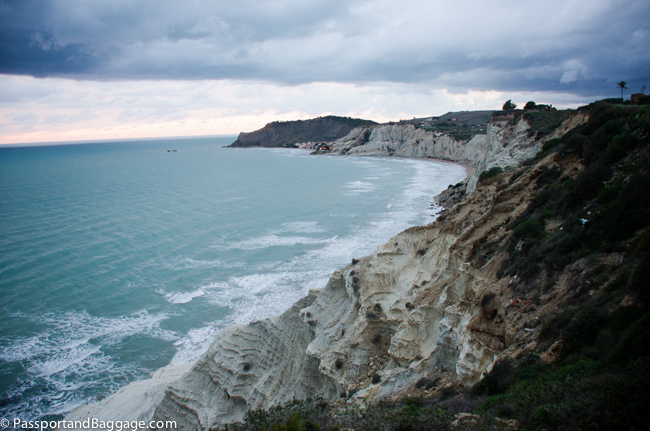
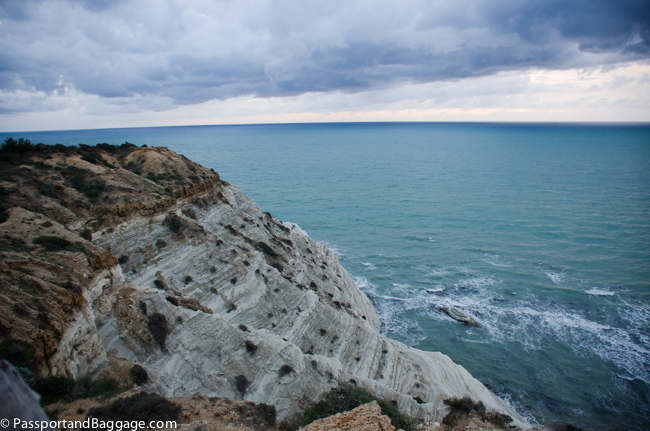
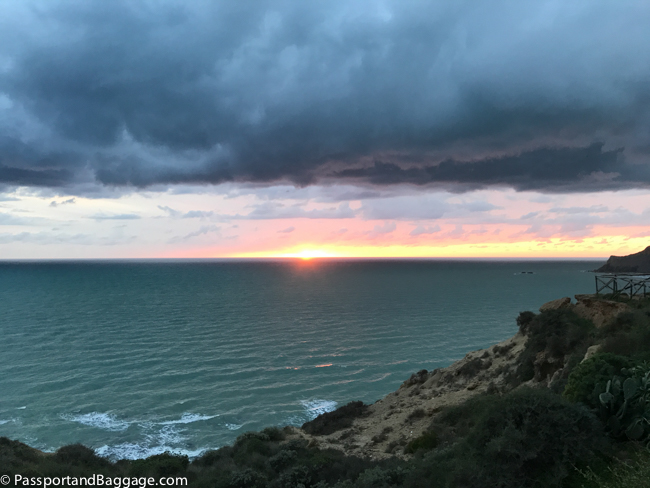

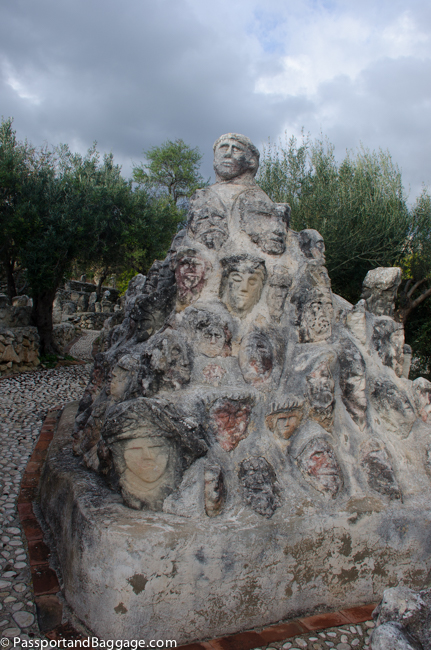
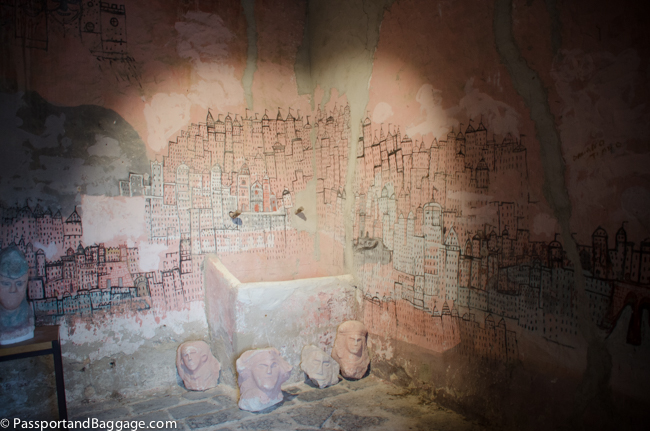
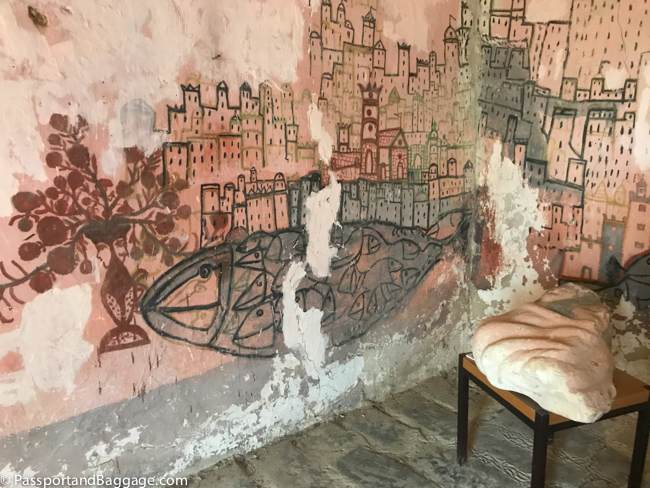
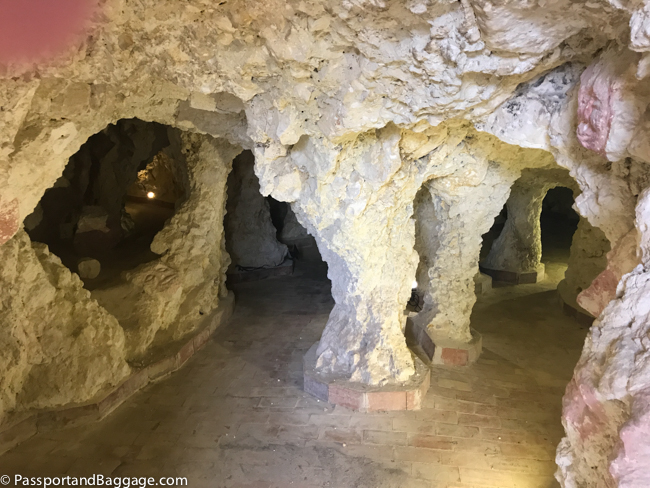
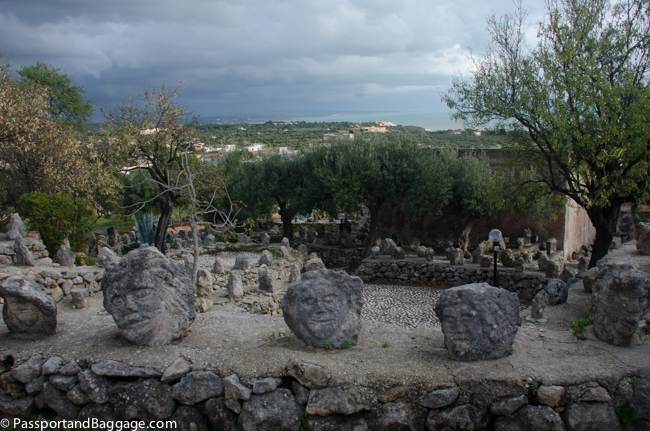
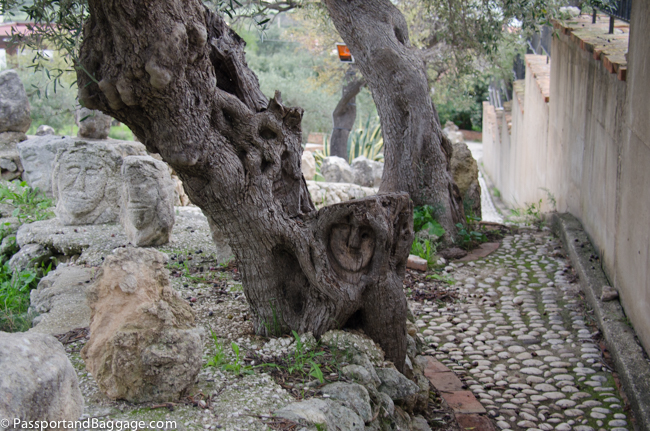
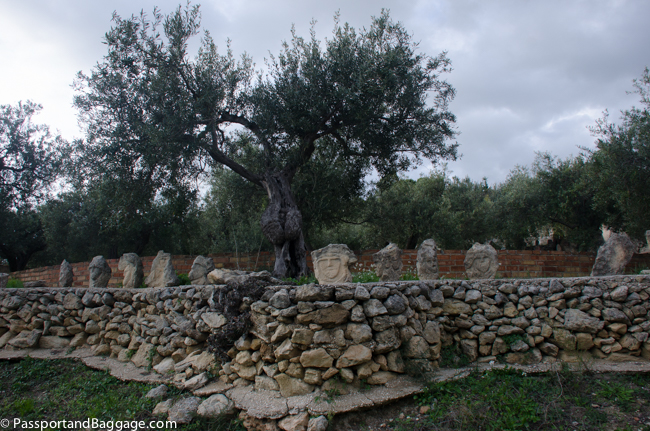
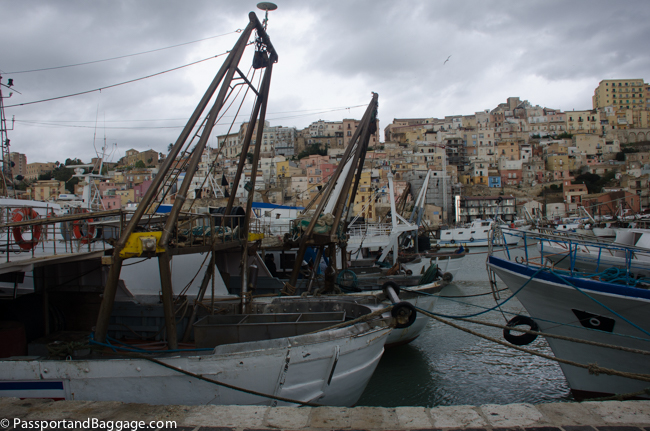
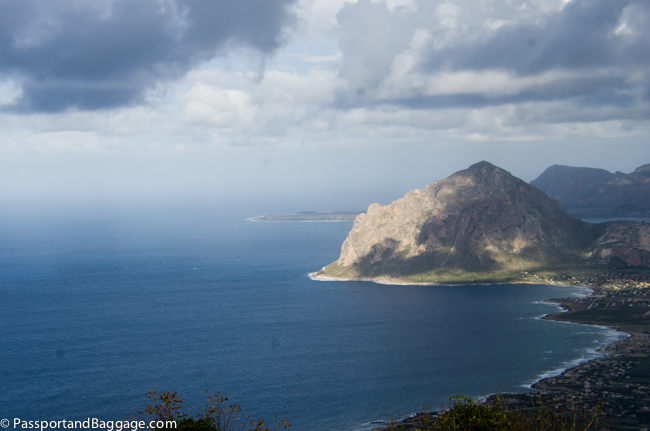
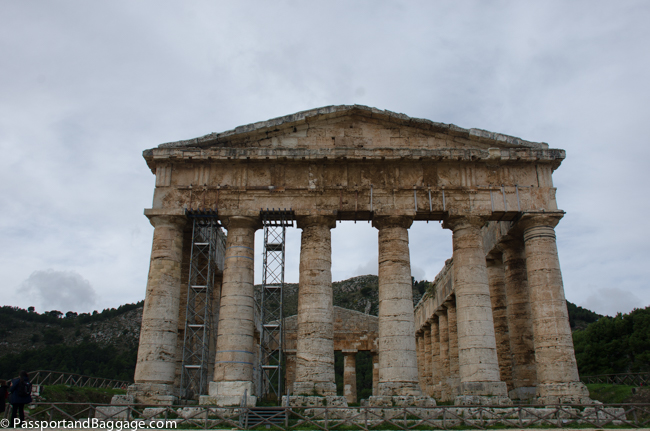
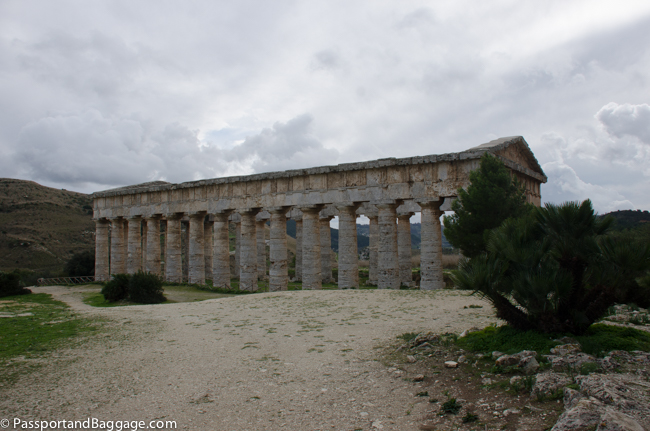
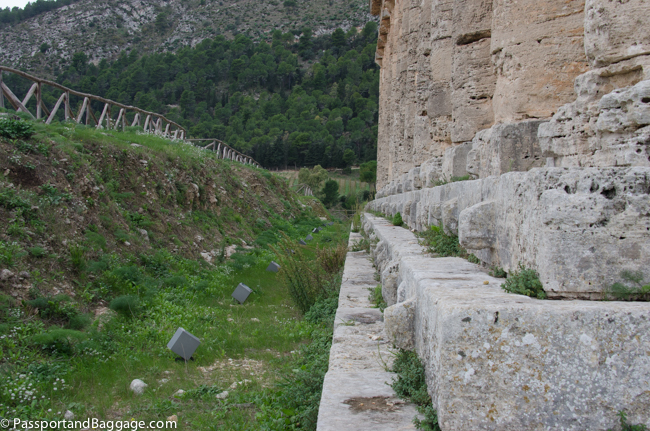
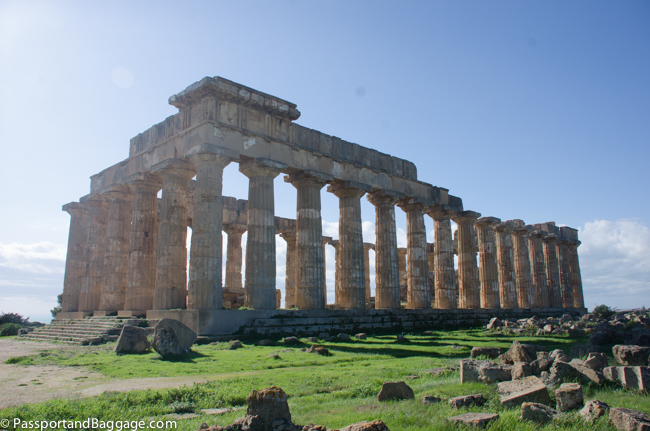
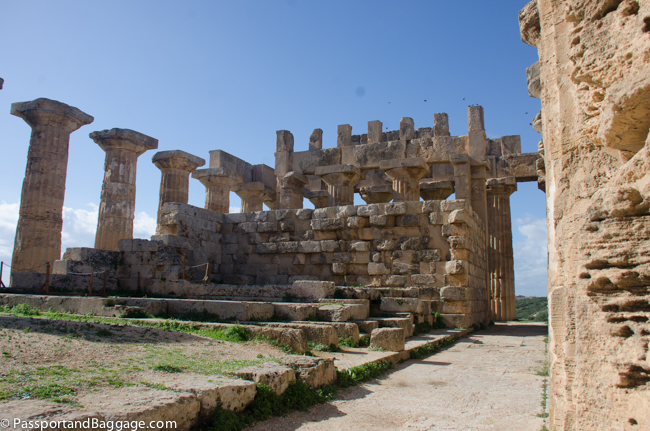
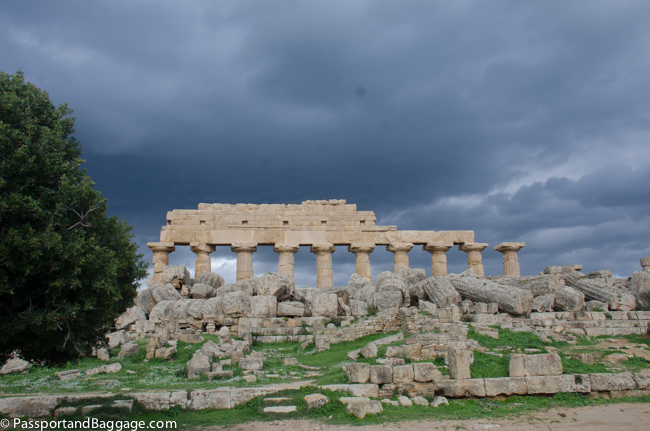
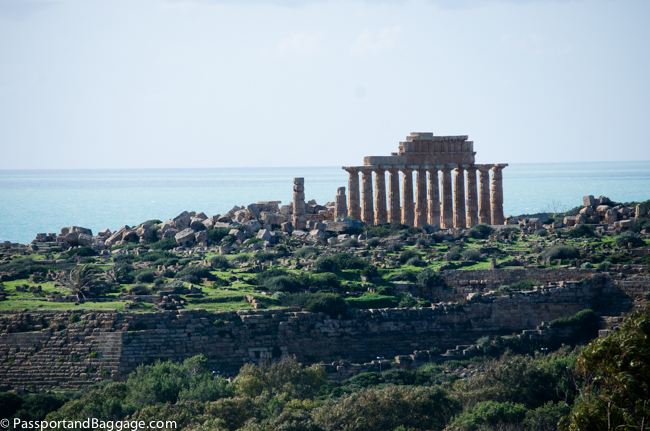
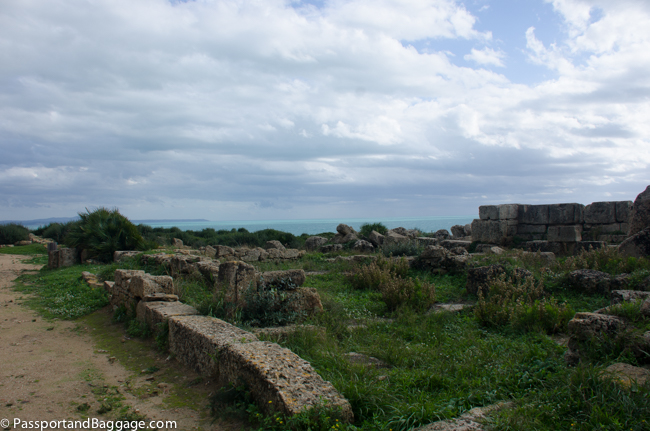
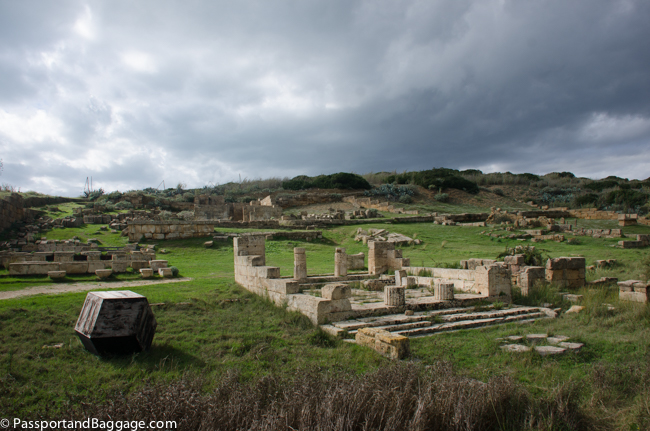
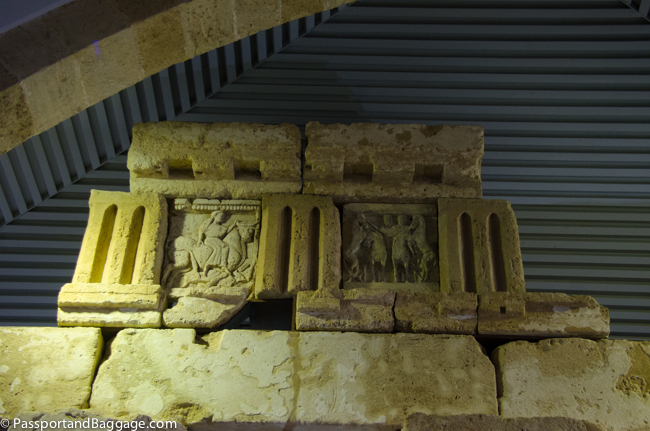
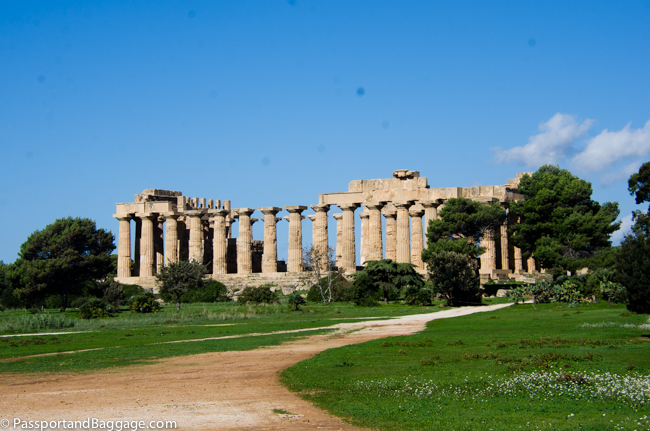
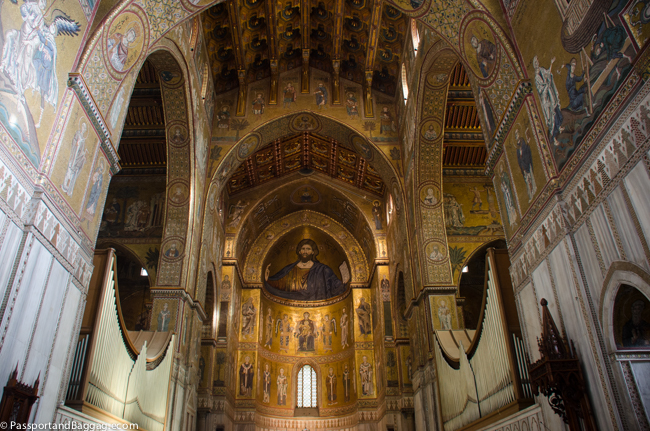

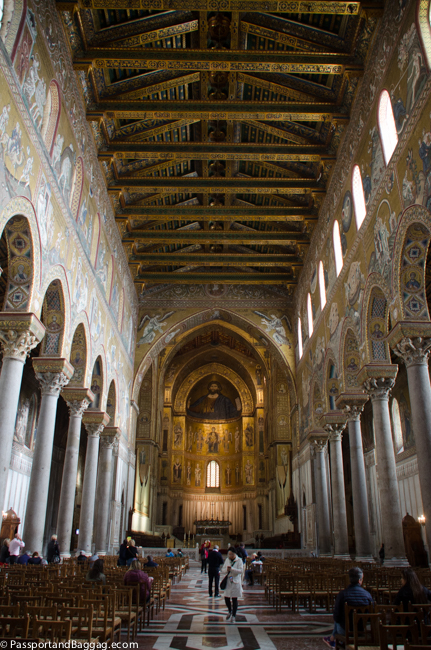


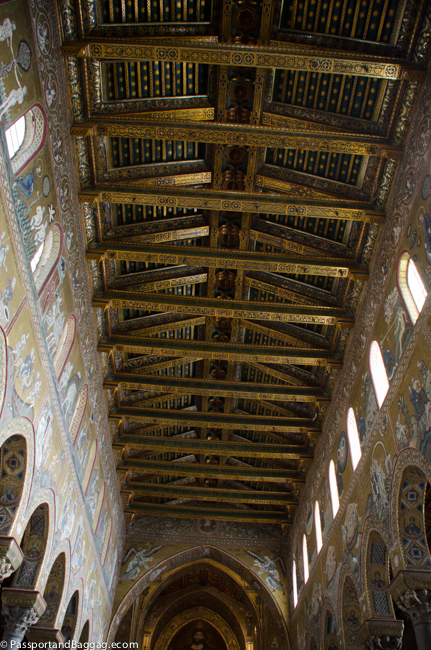
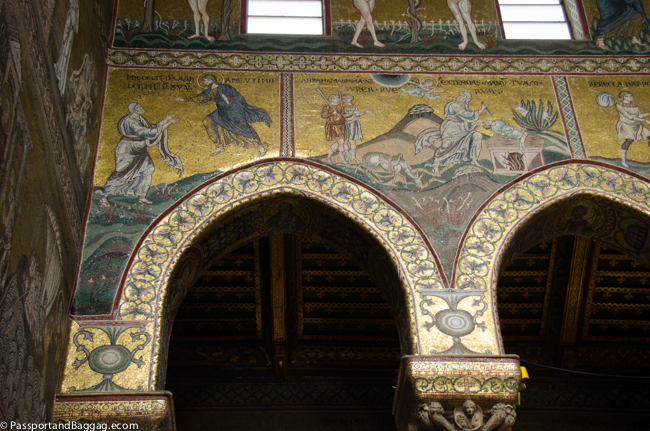

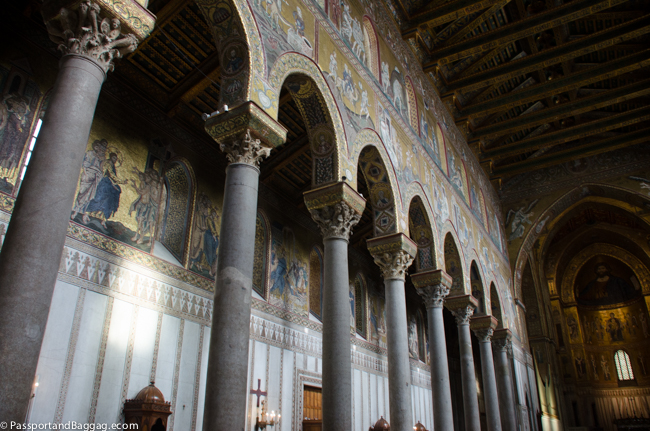
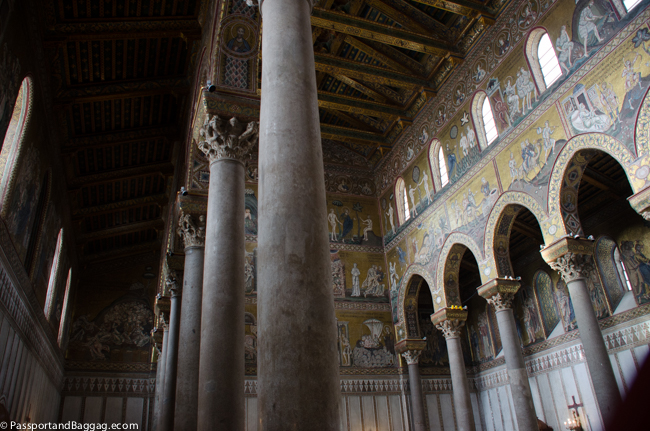

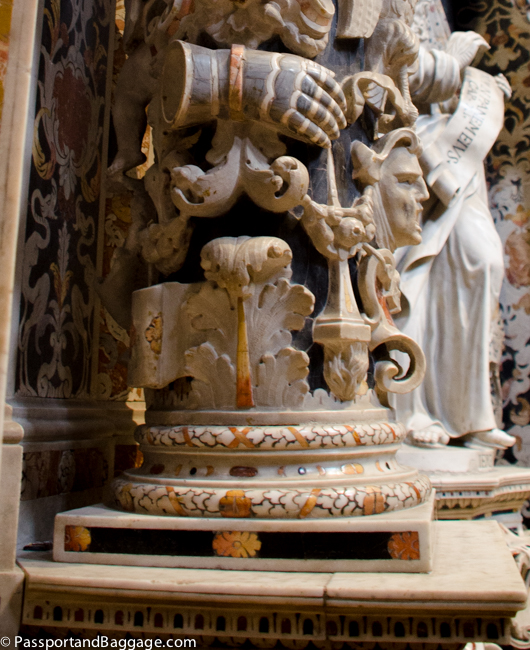


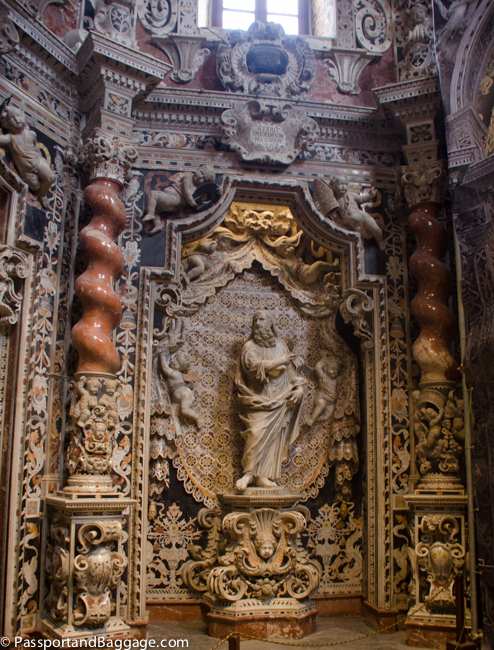


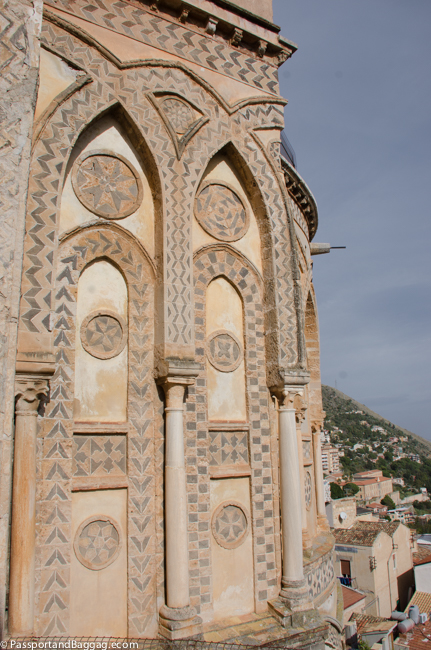
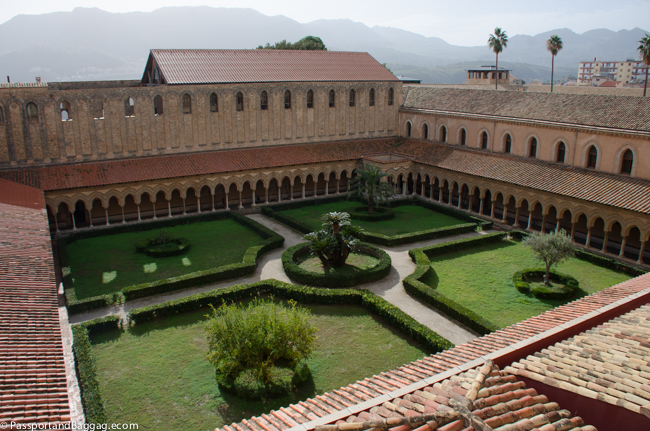
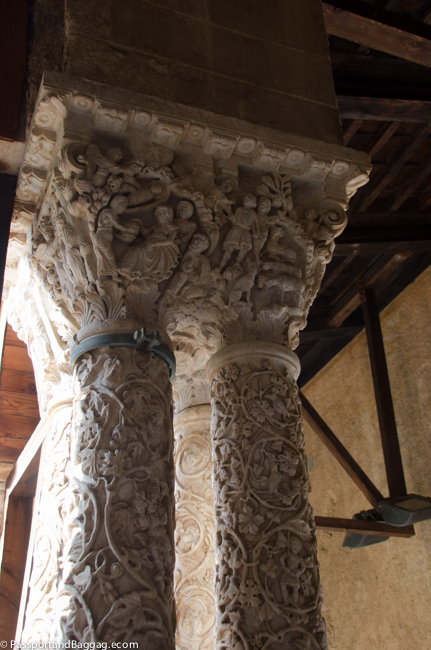

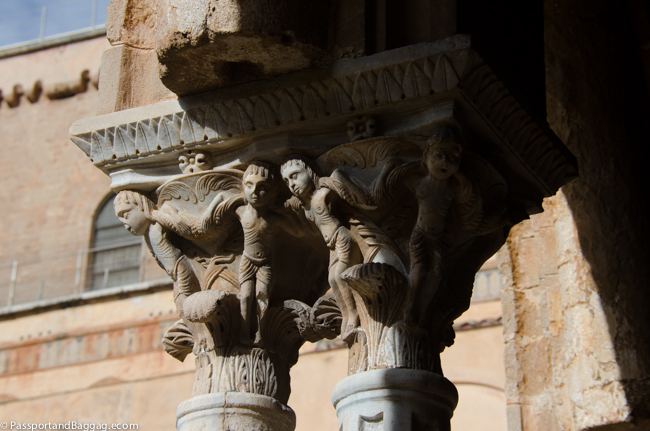
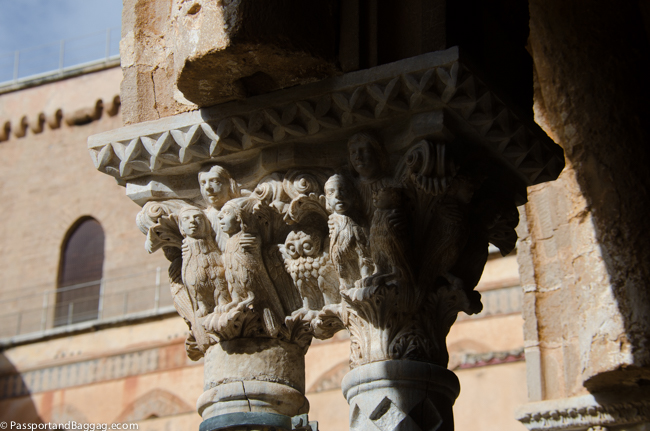

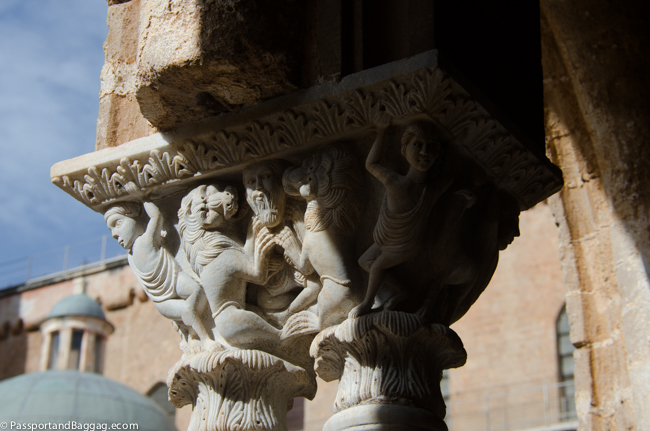
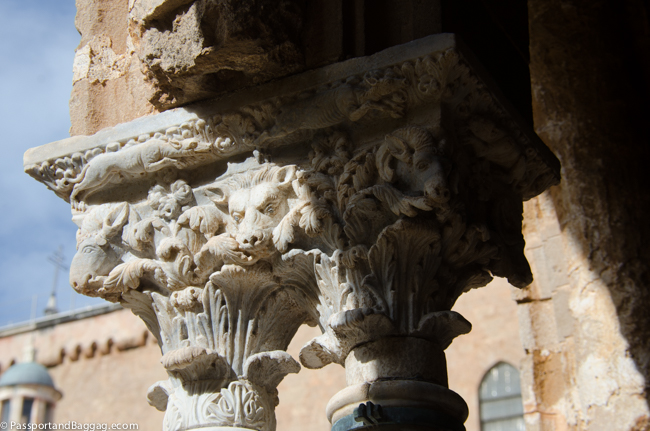
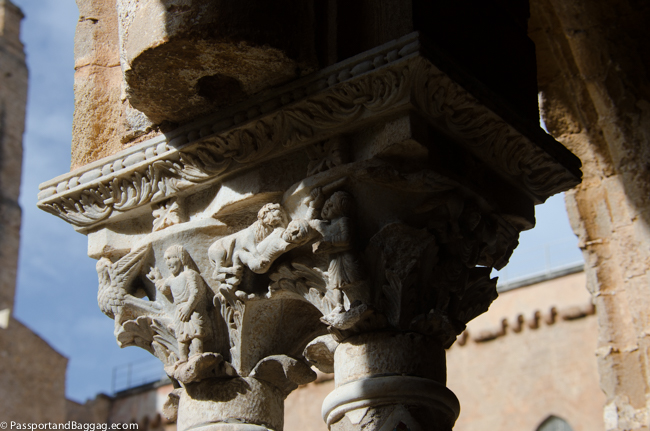



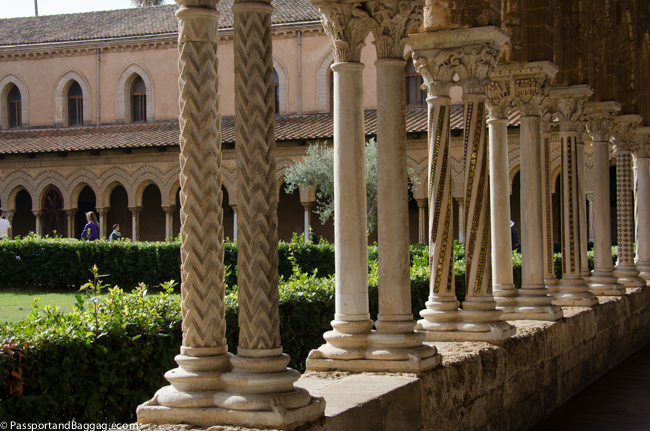

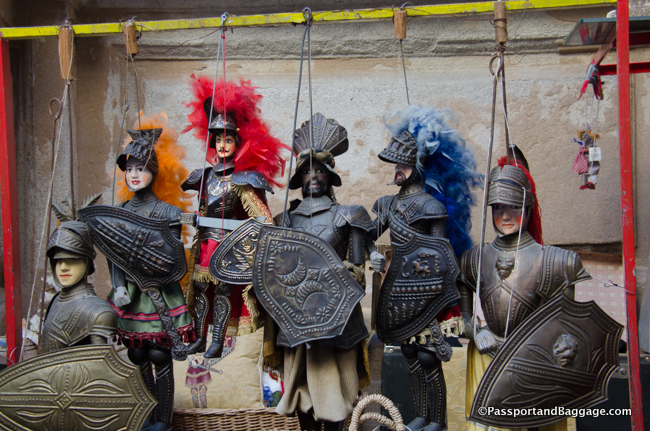
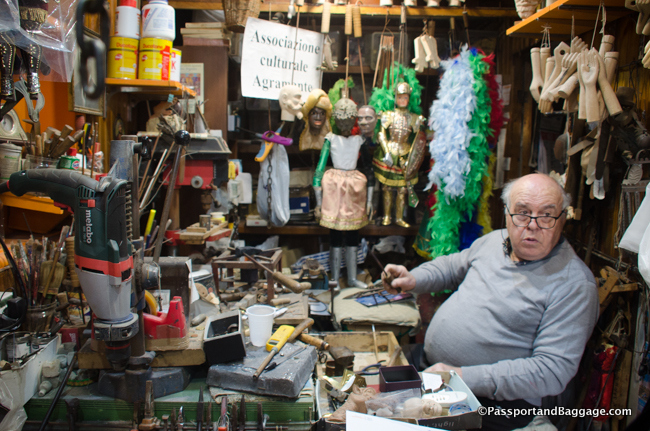
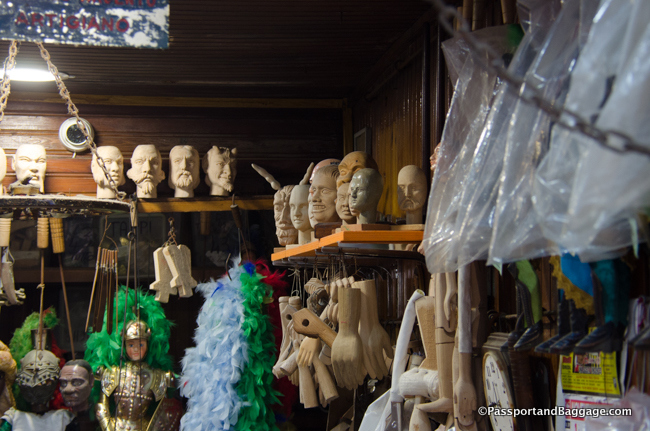
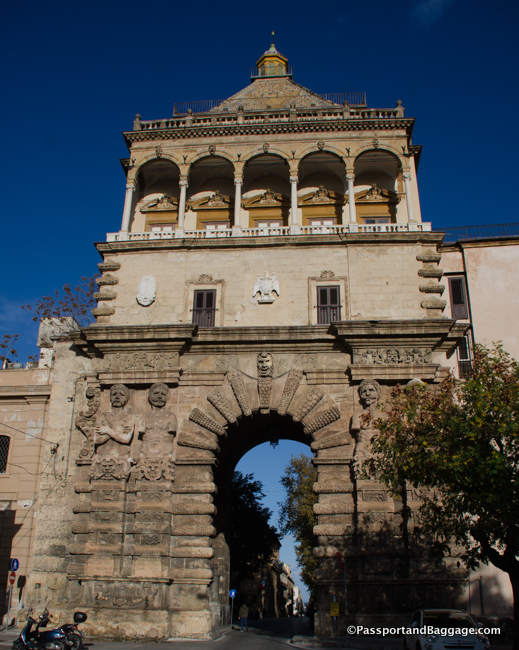
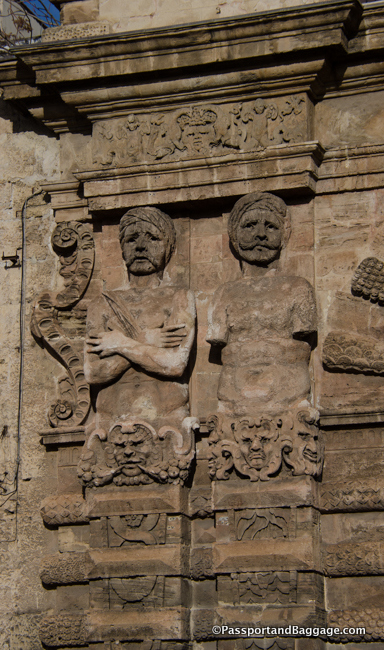
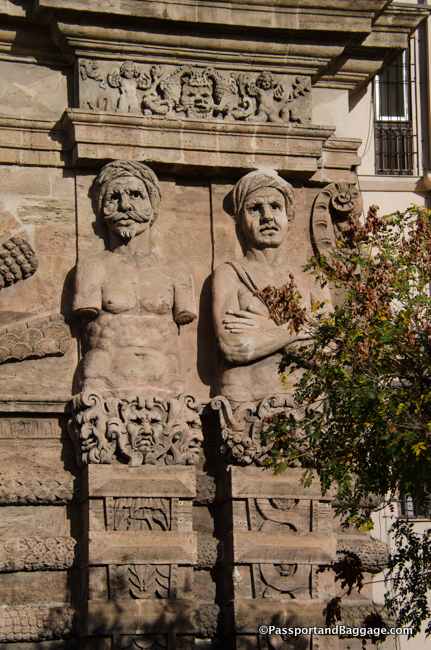
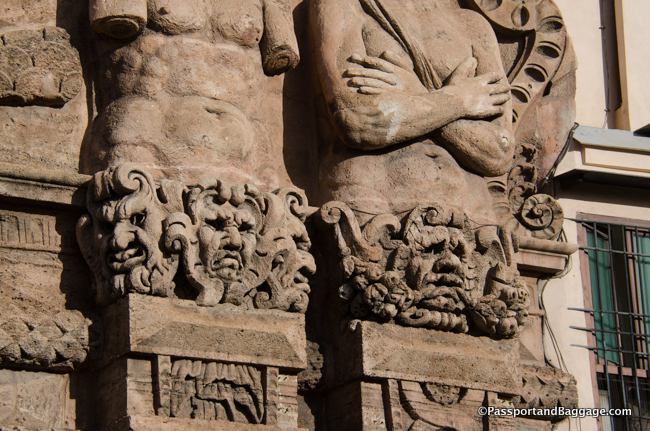
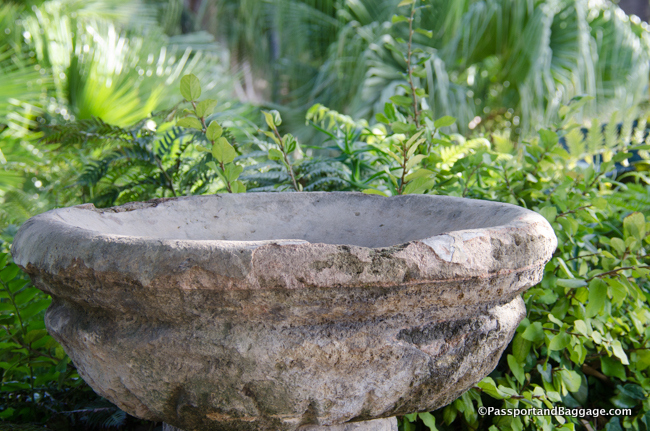
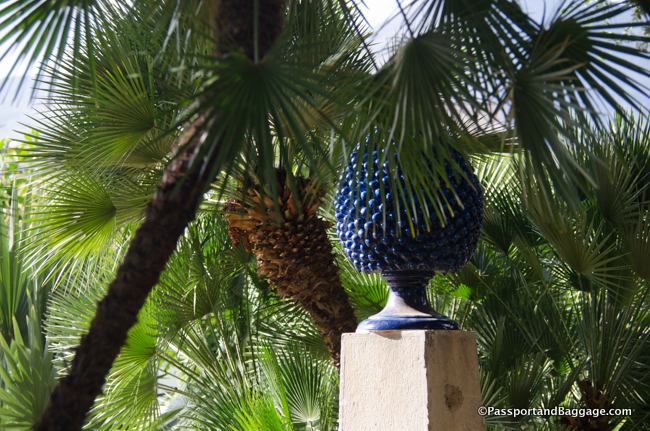
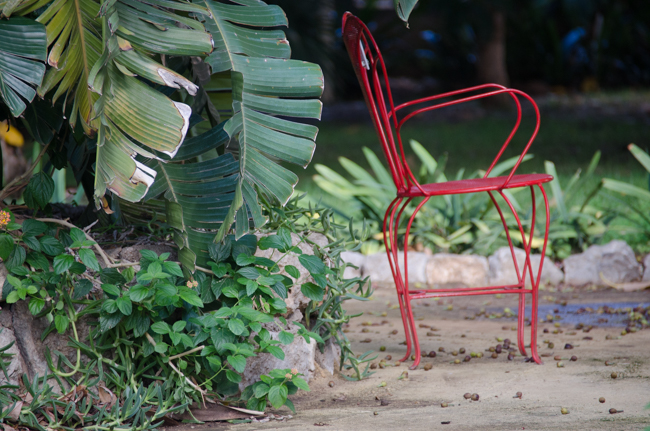
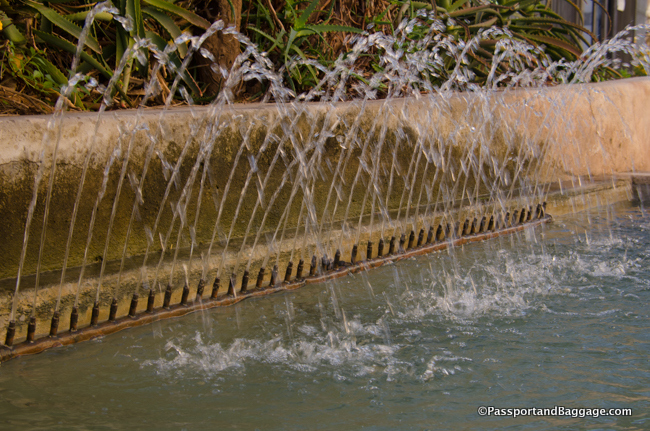
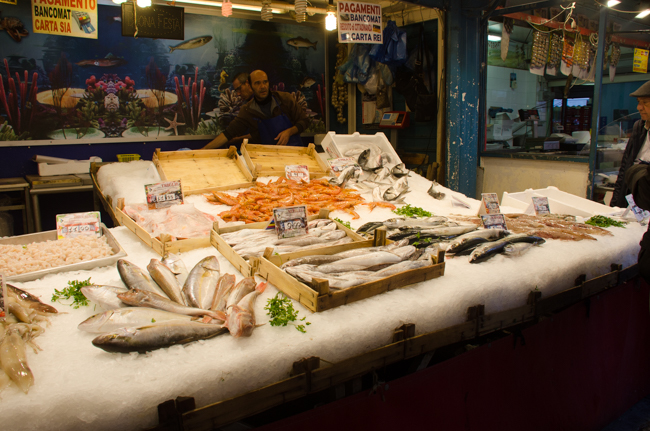
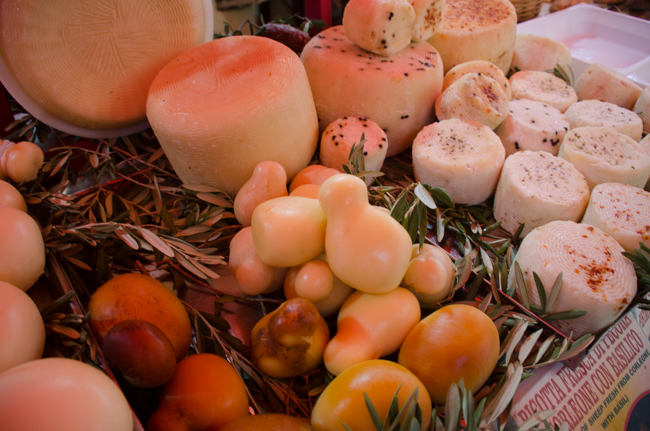
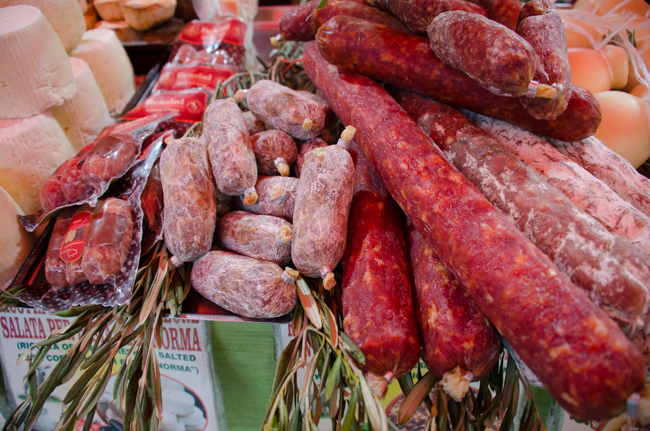
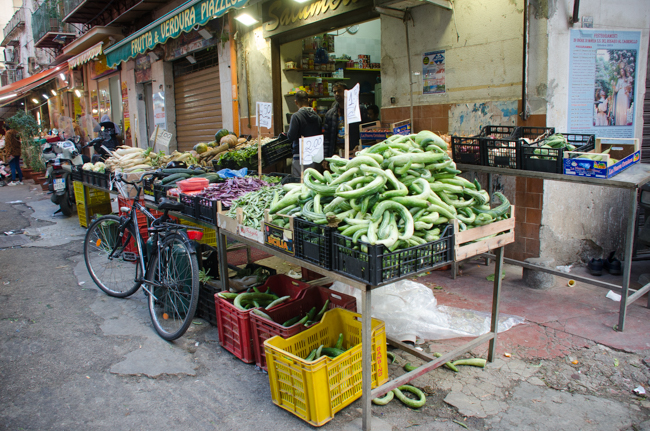
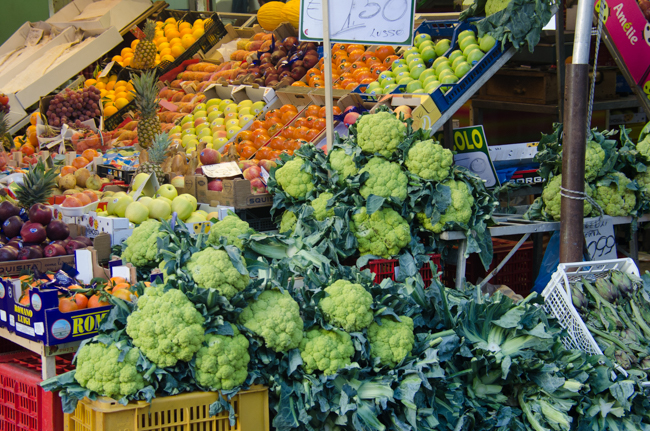
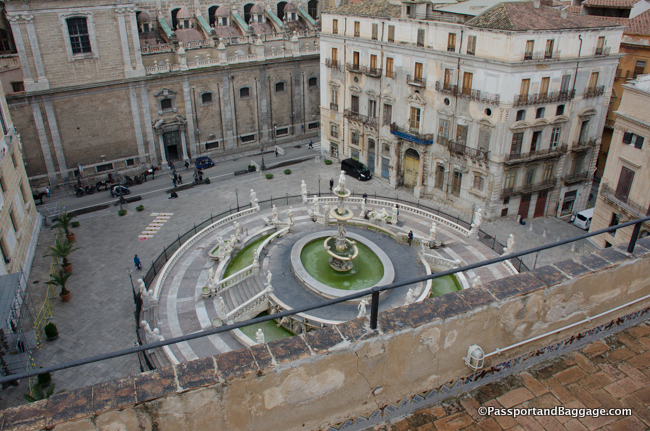
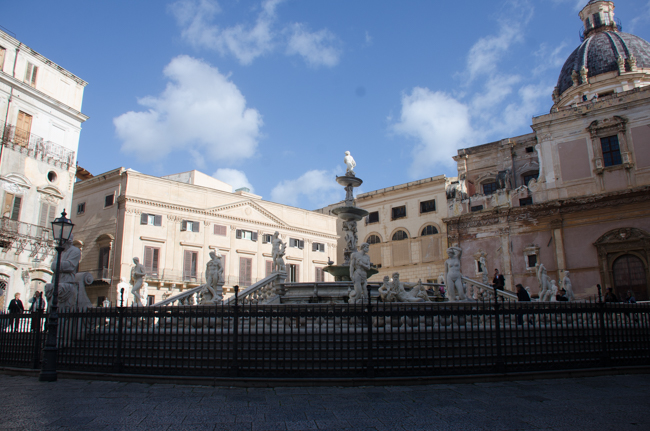
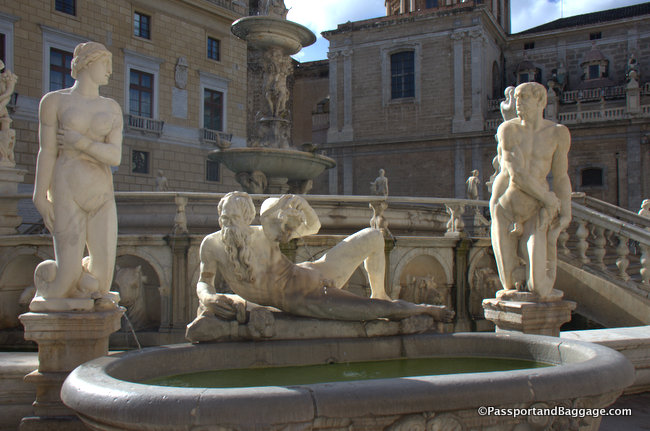
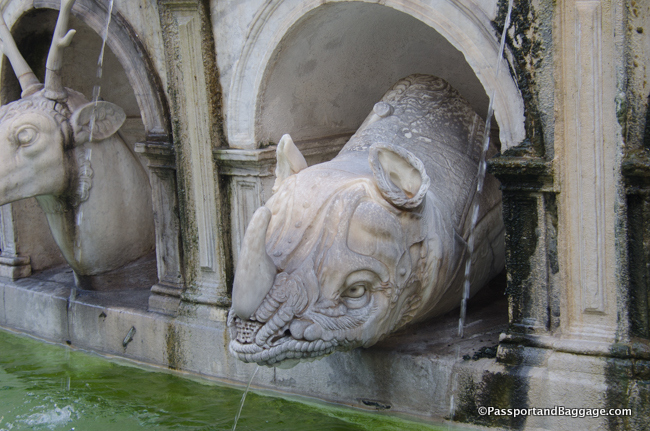
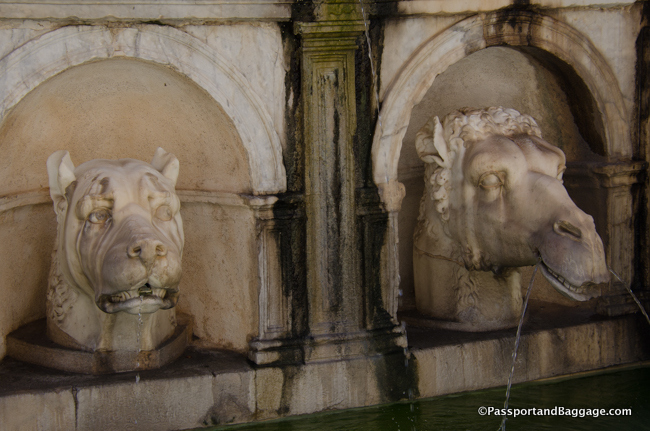
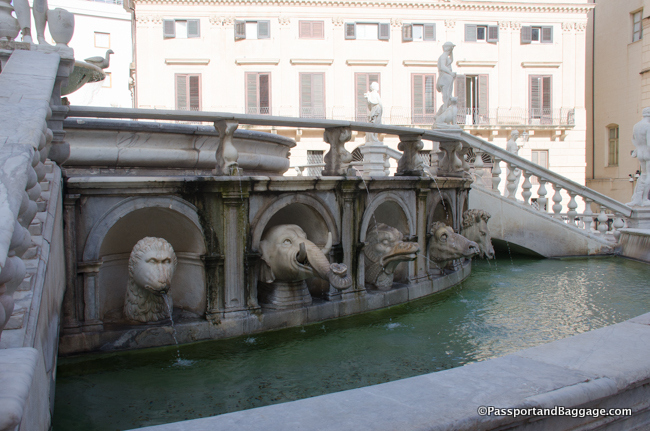
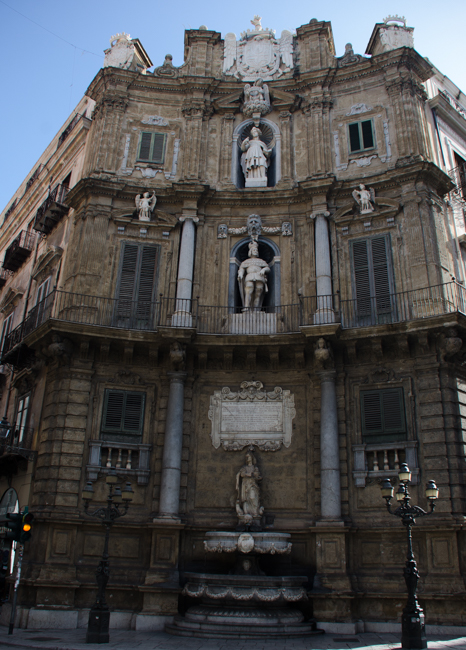
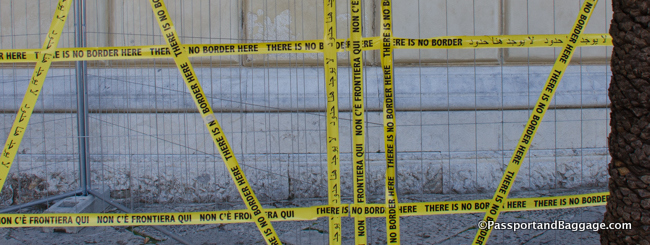
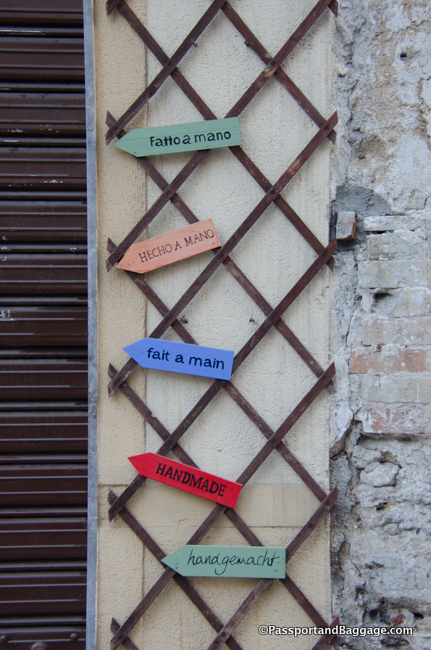
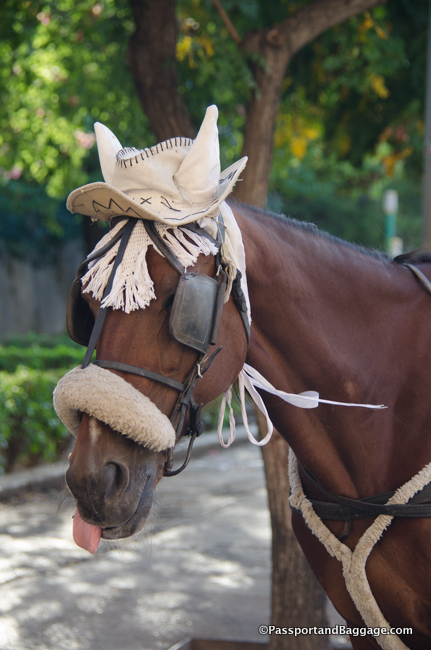
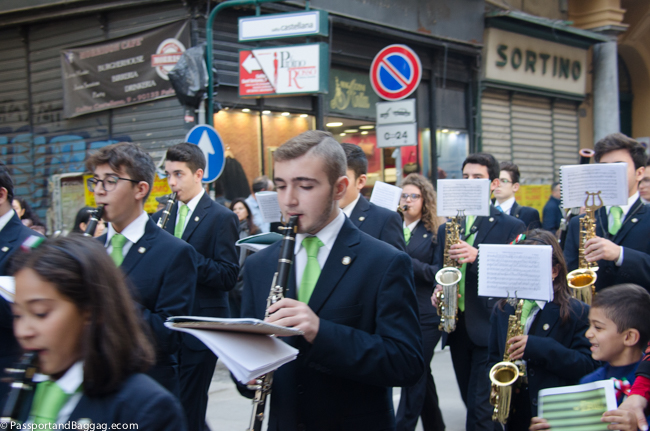
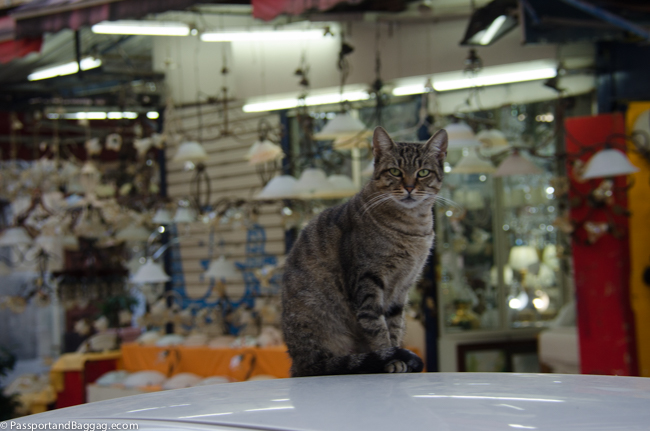
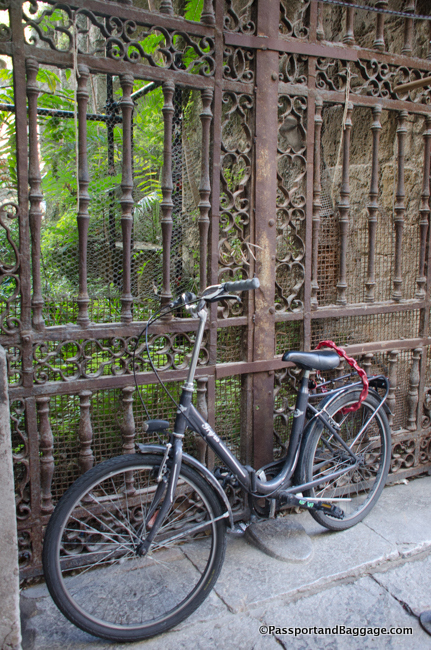
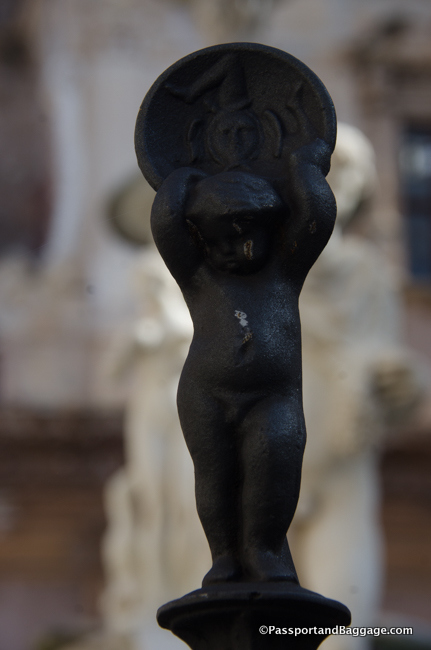
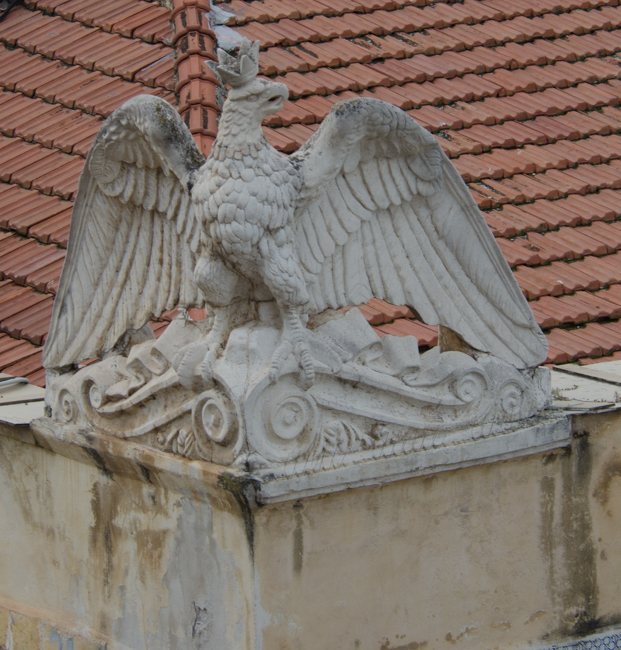
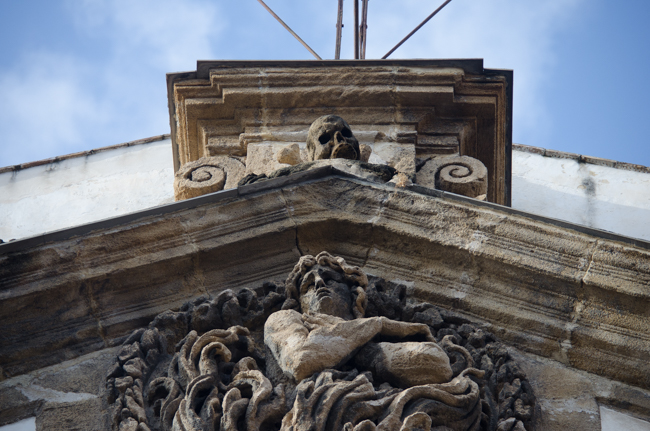
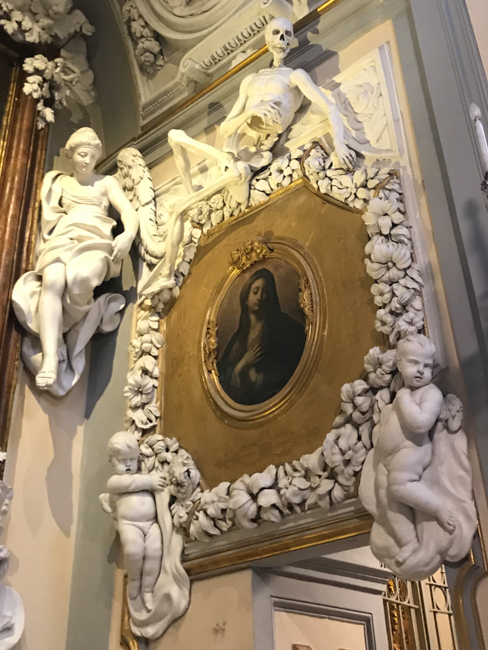

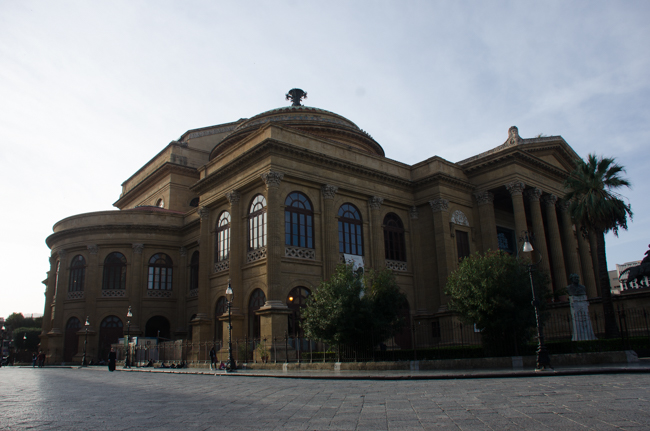
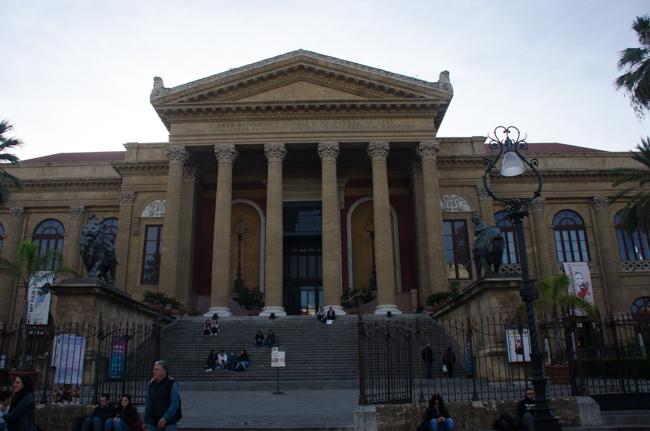
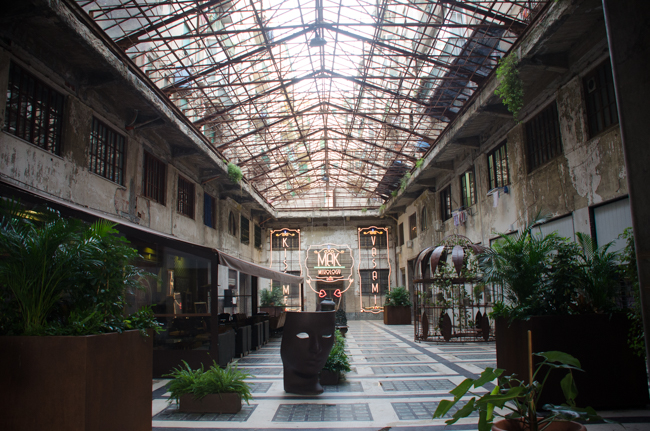
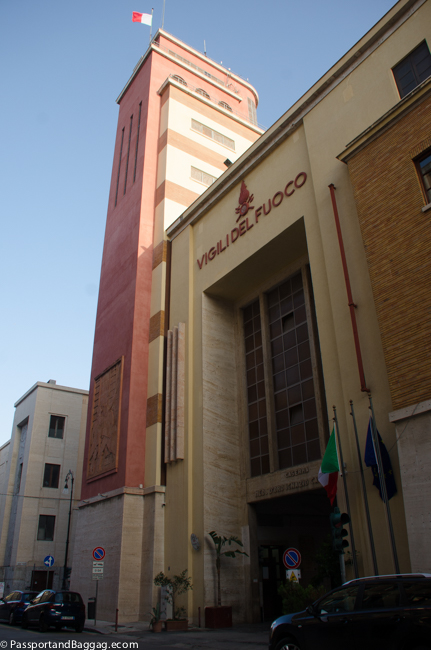
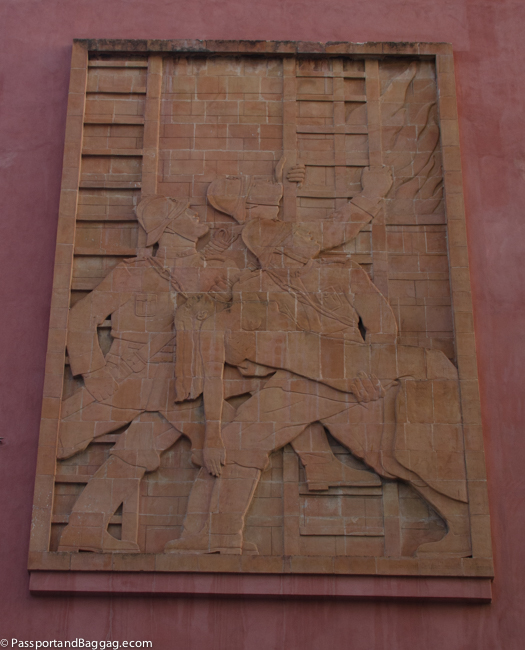
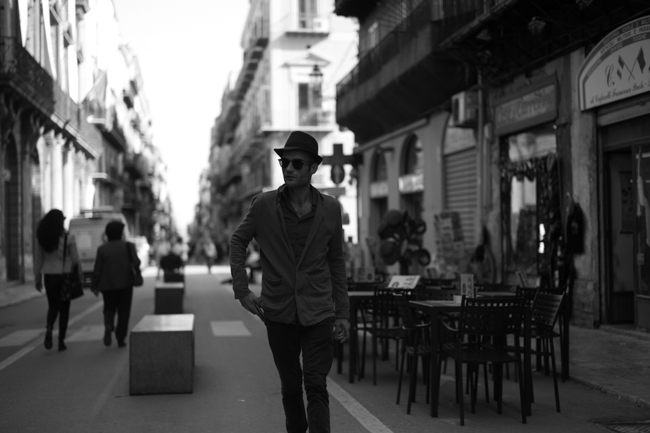


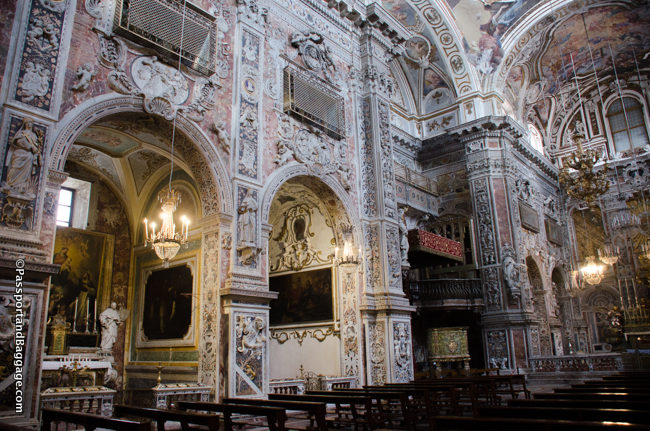
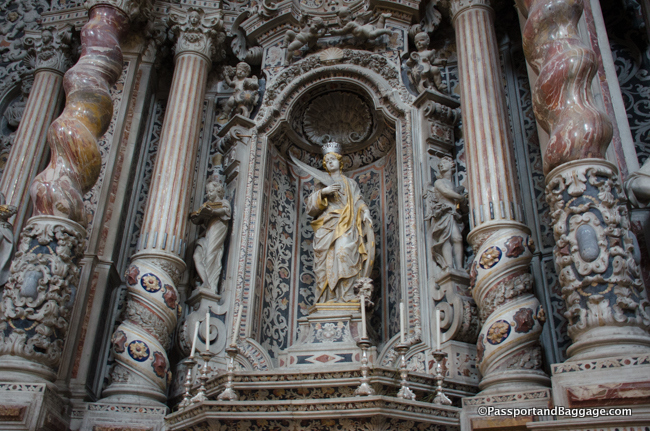
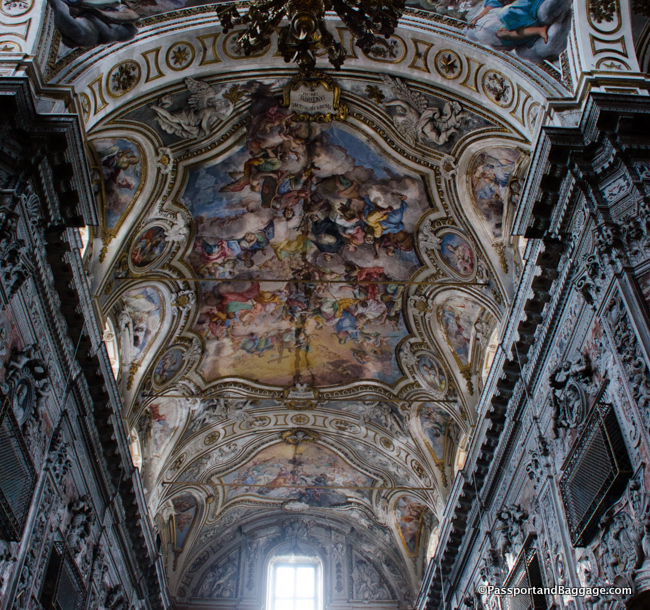



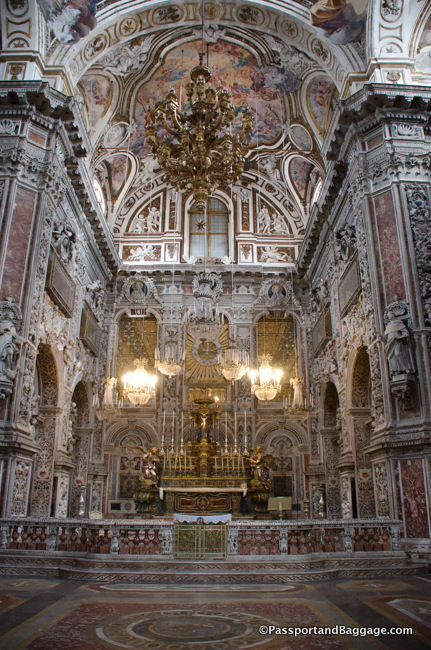

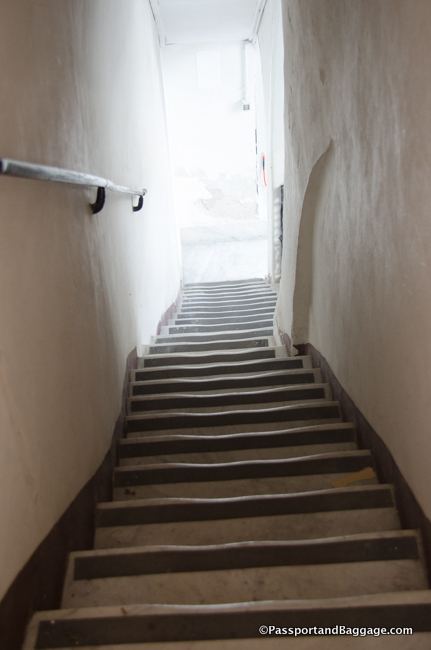
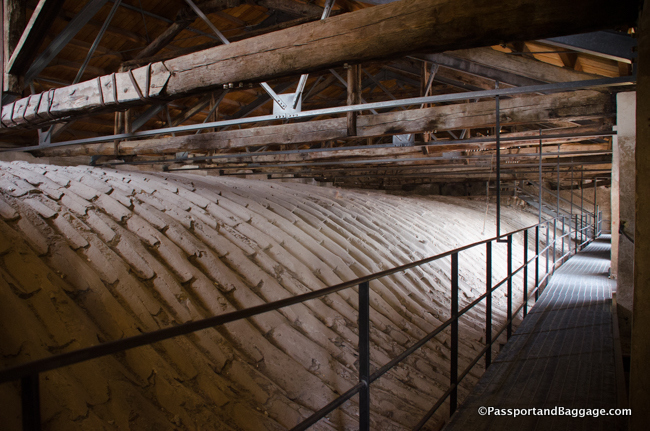





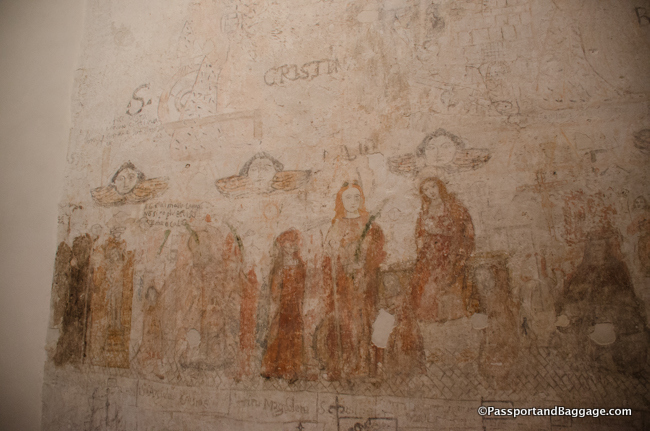



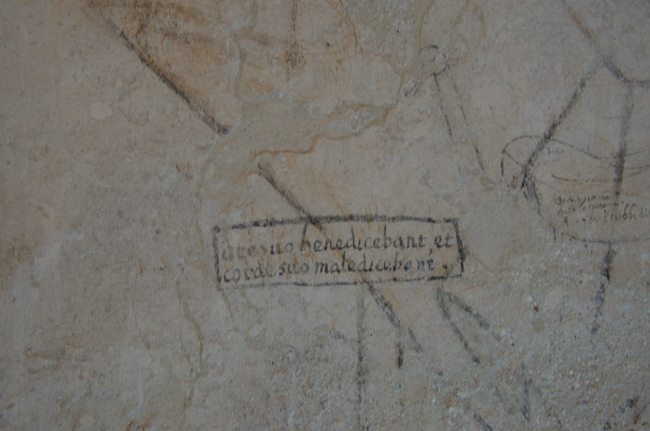

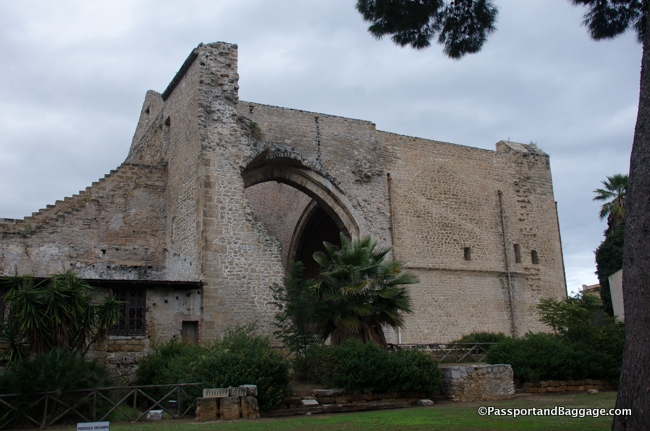
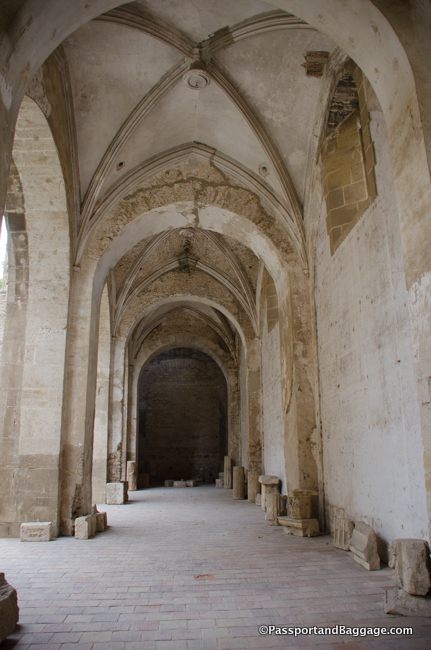
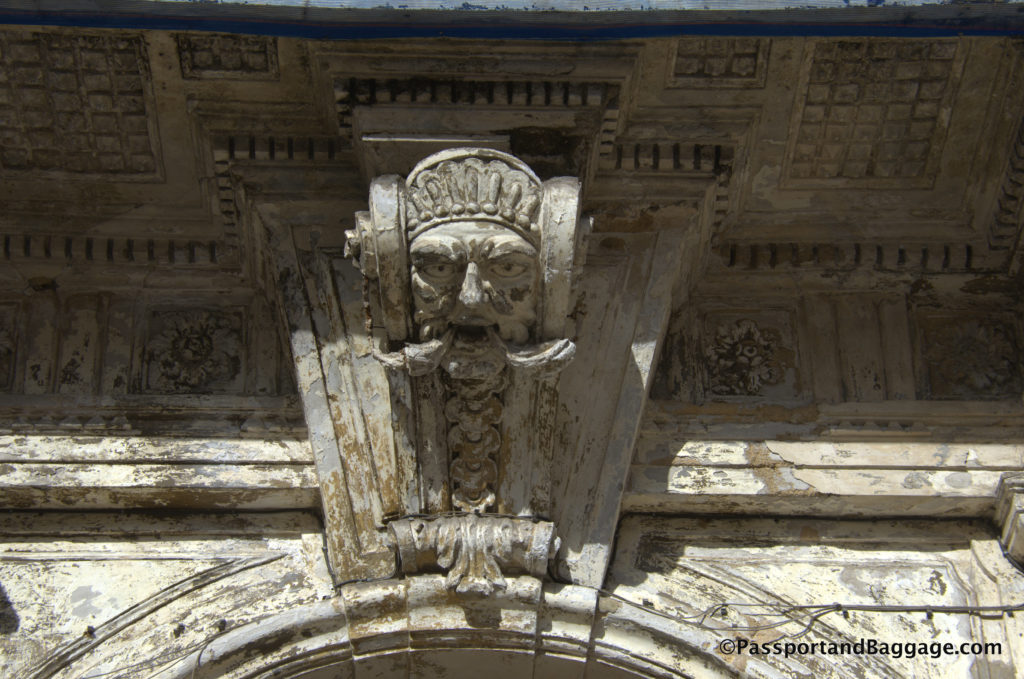
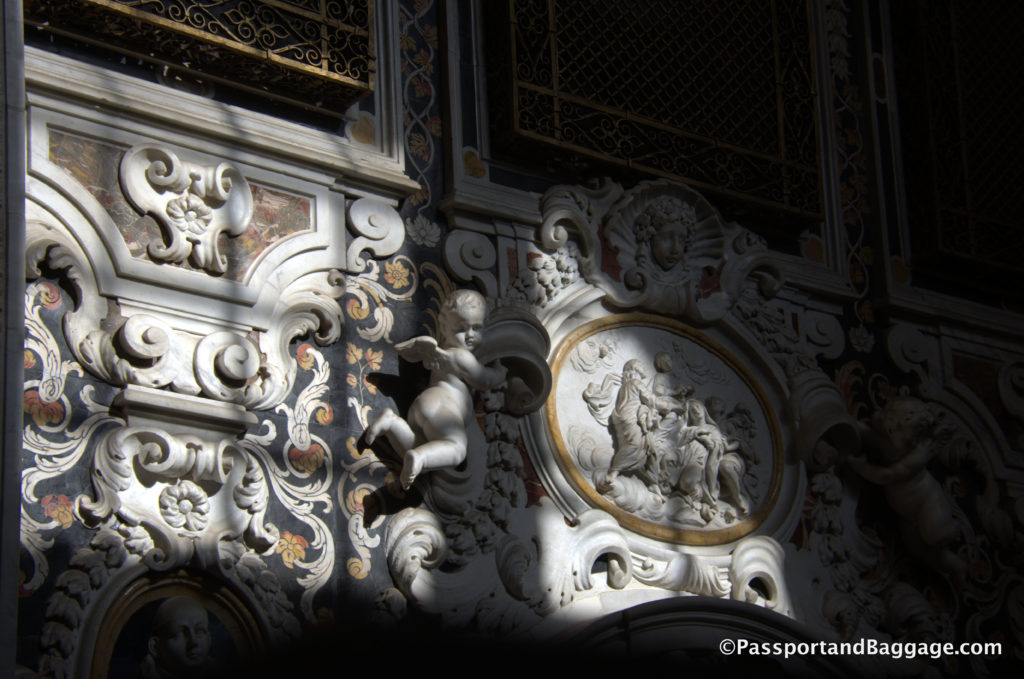

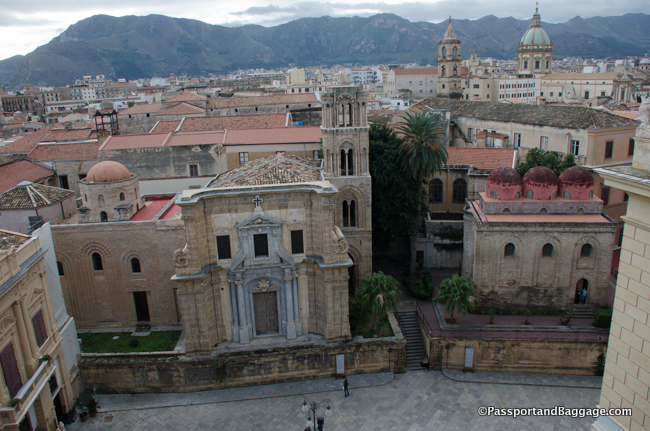


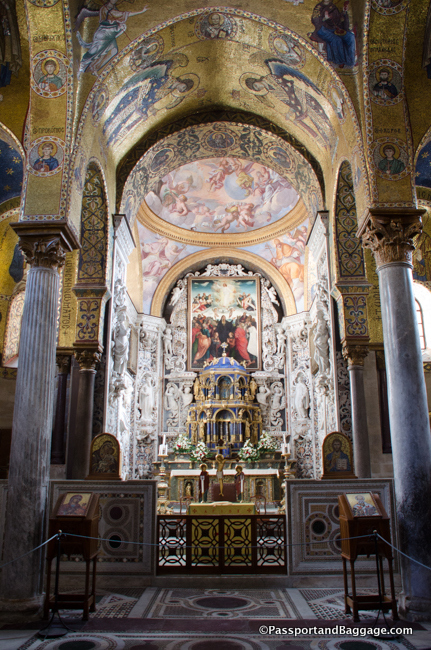
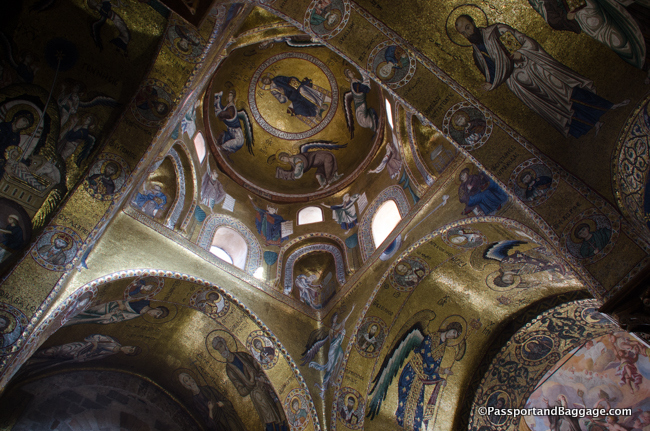
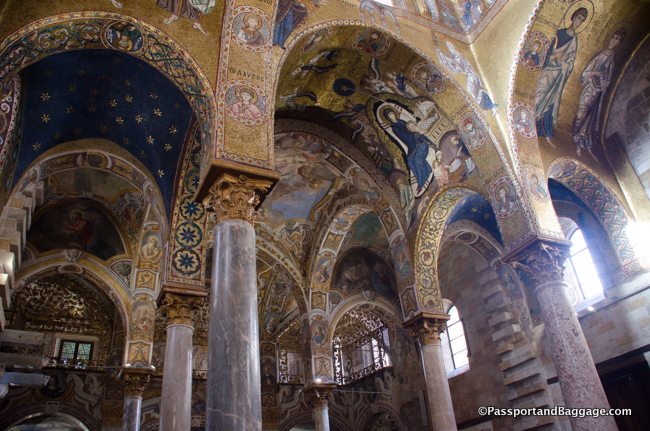
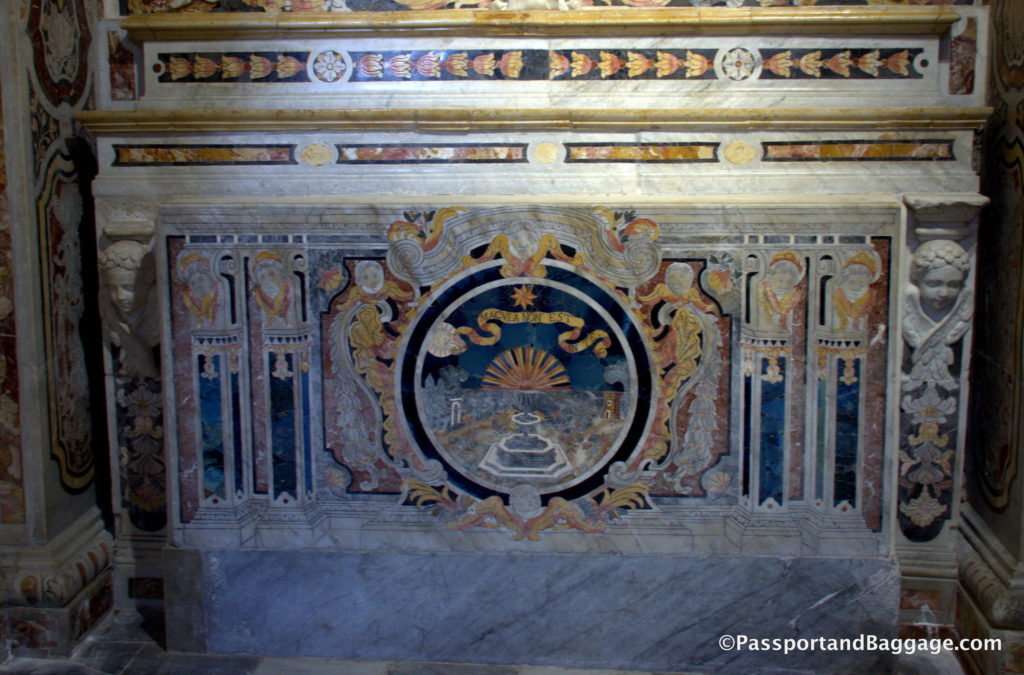
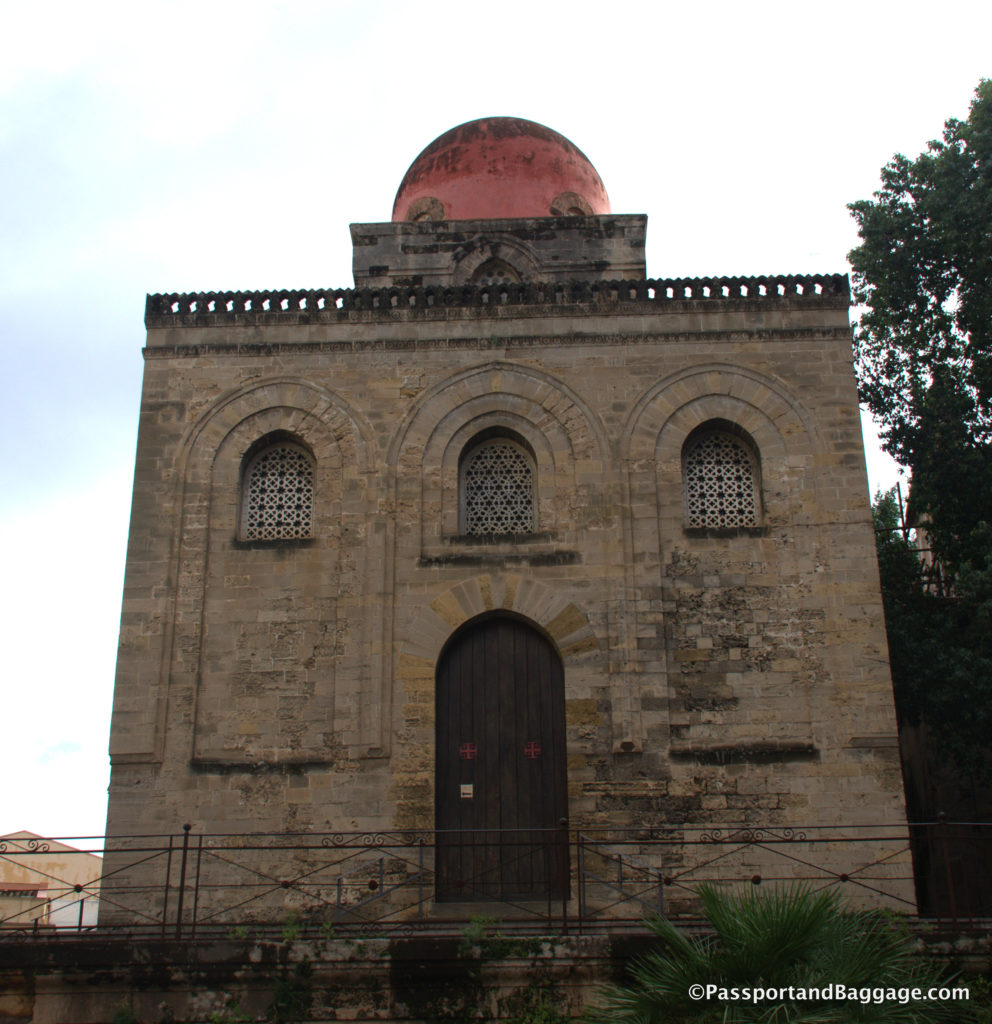
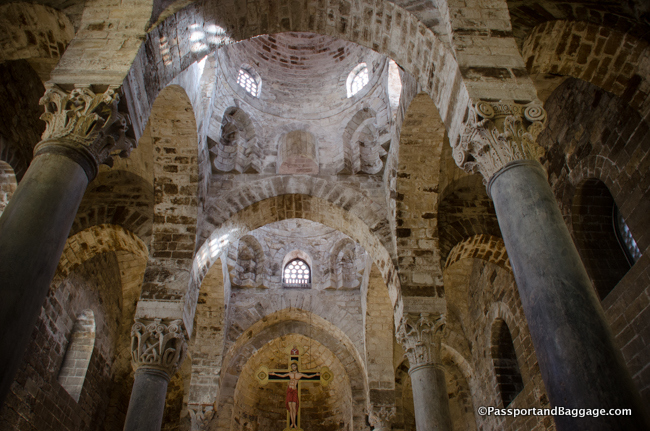
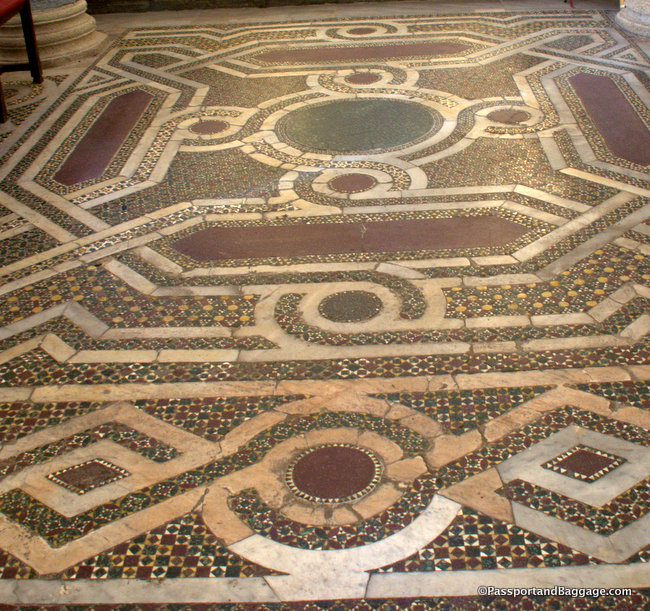


 *
*

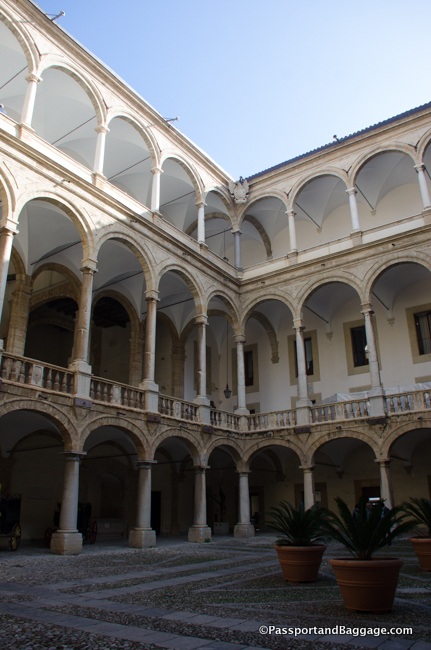


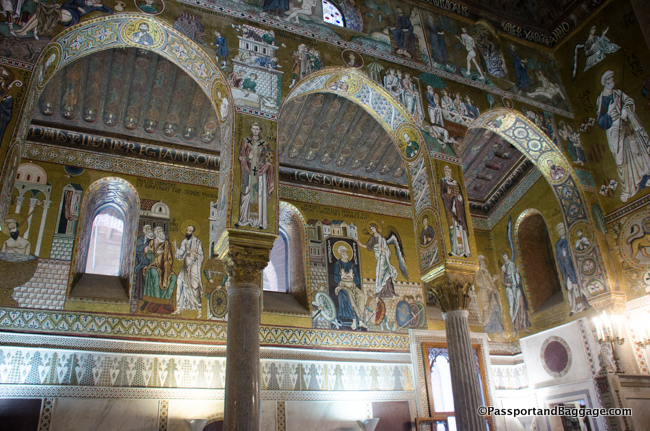
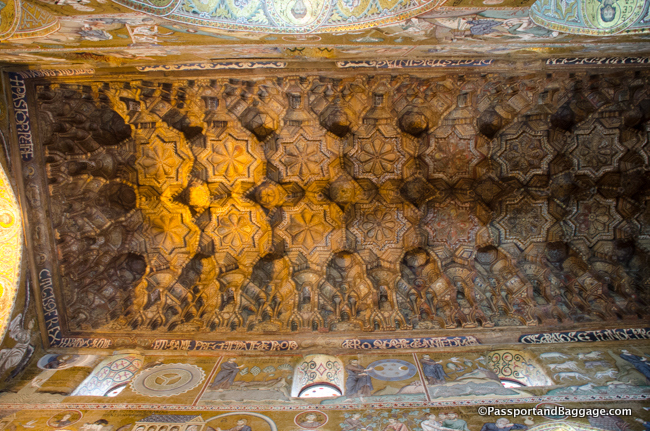
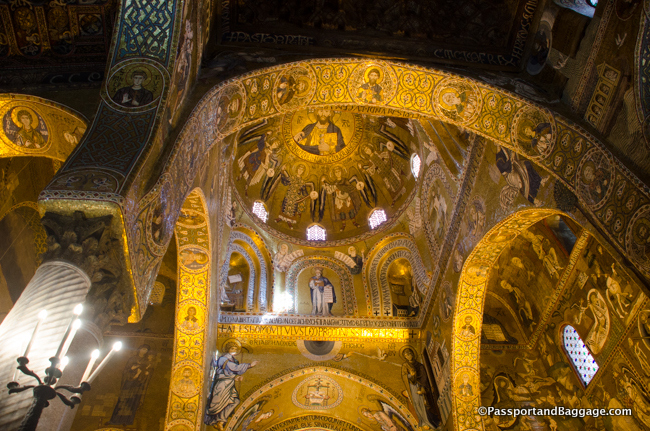
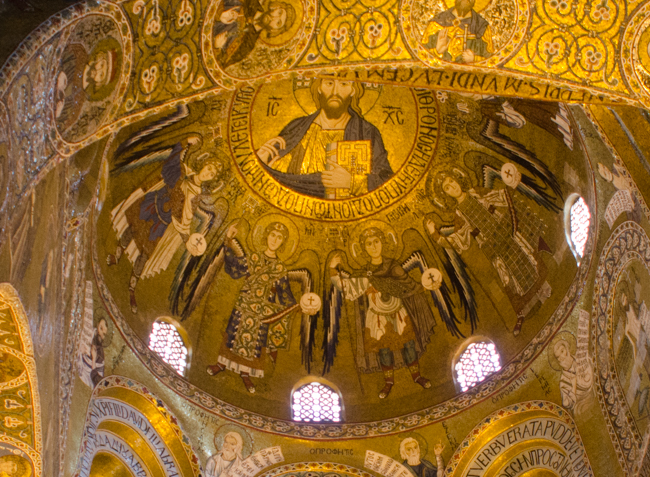
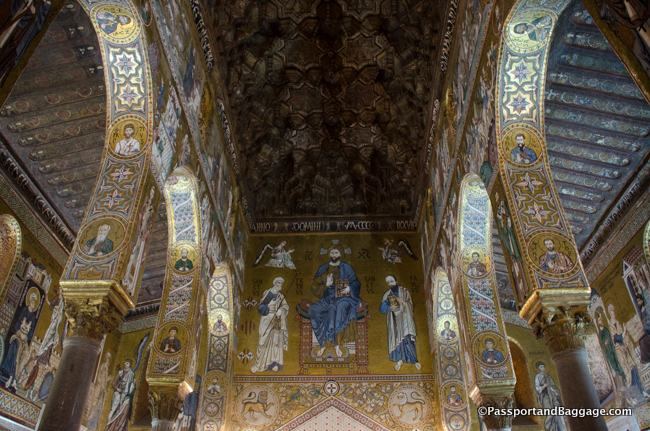
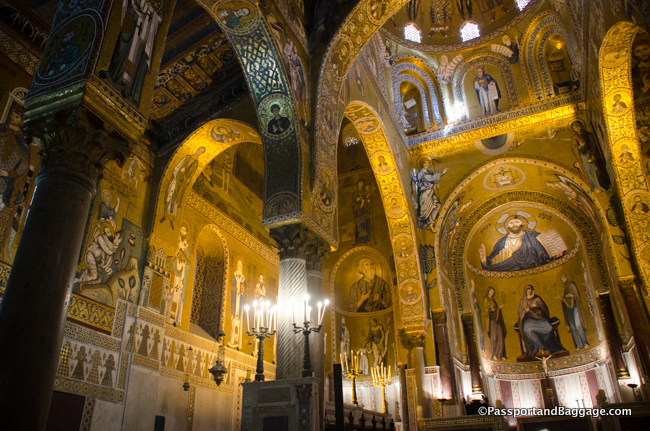
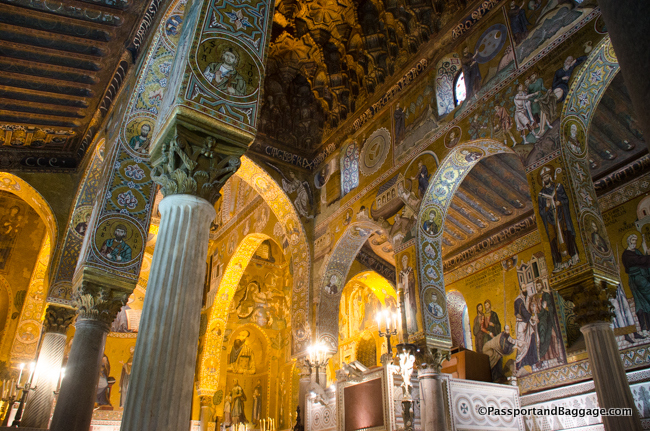


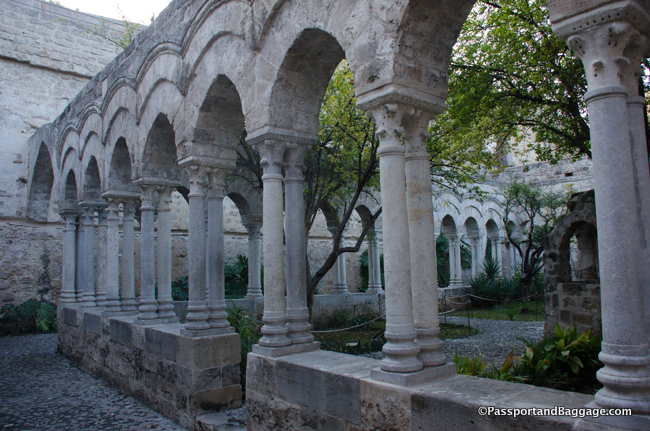
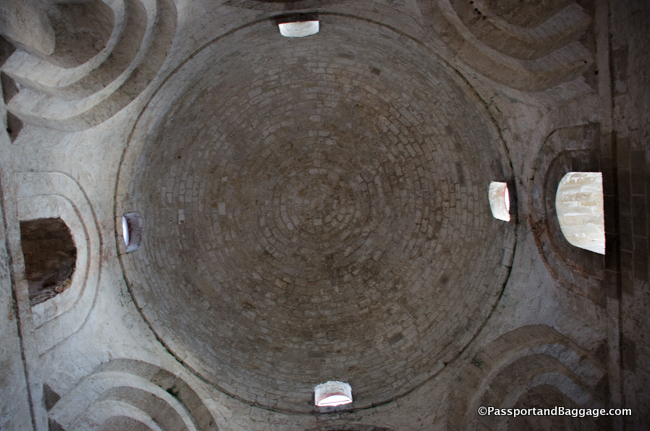
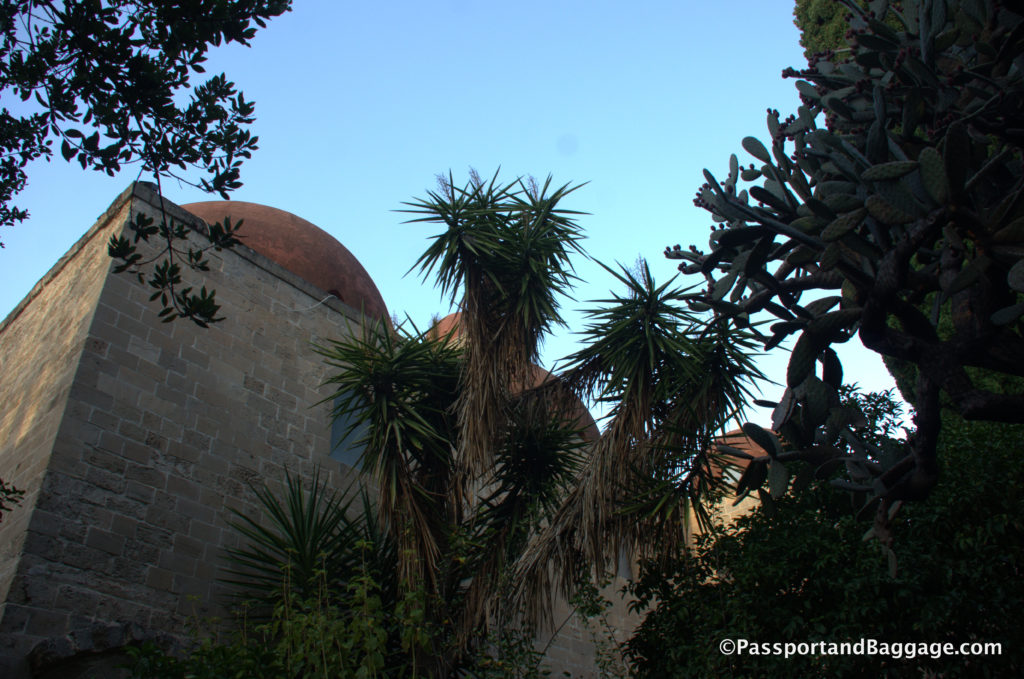


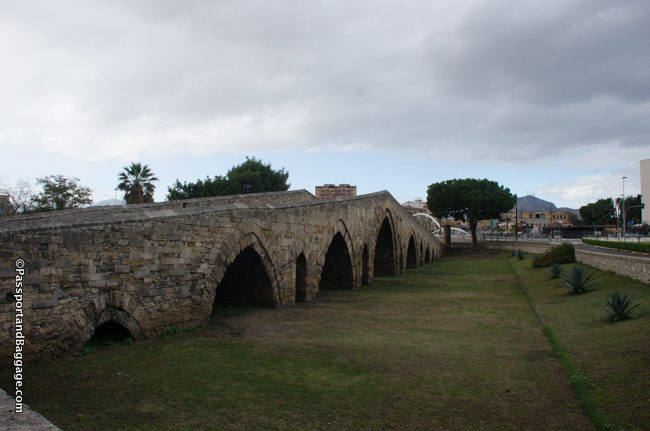
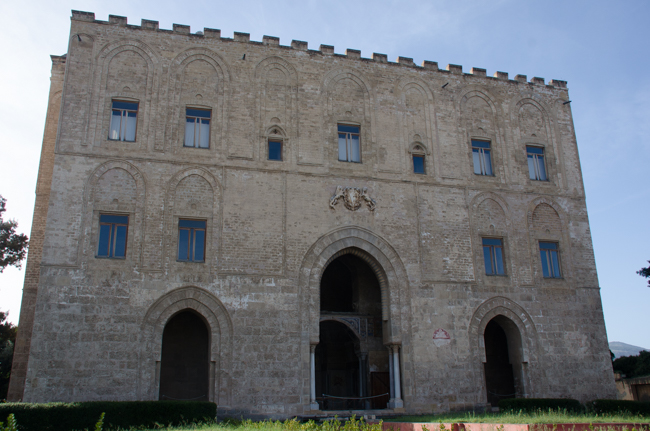
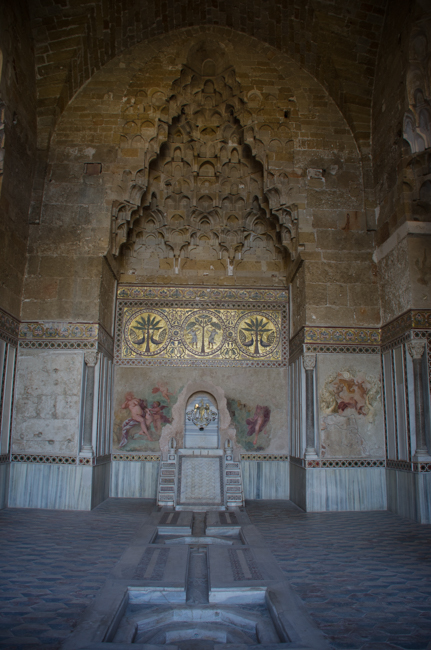
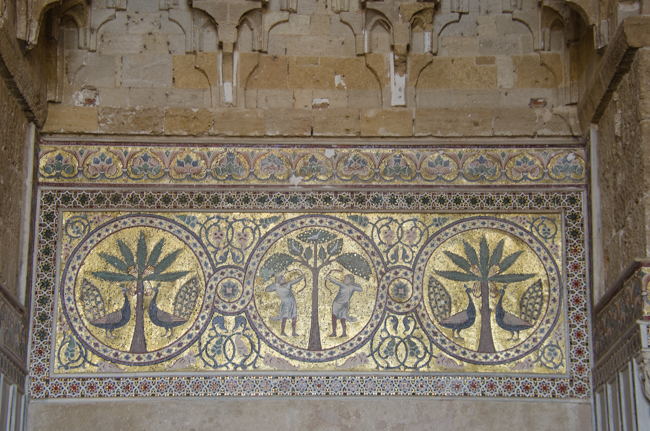
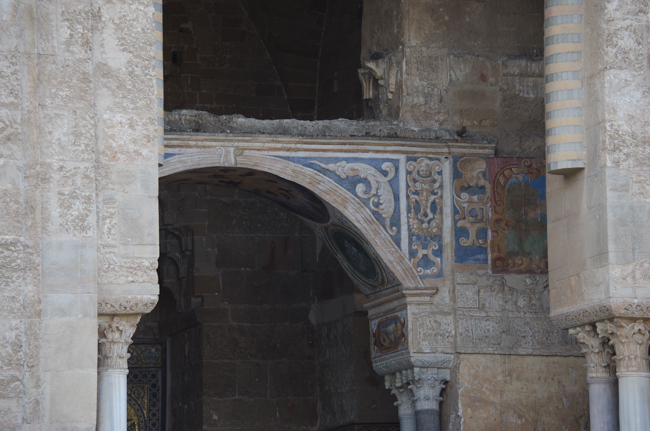


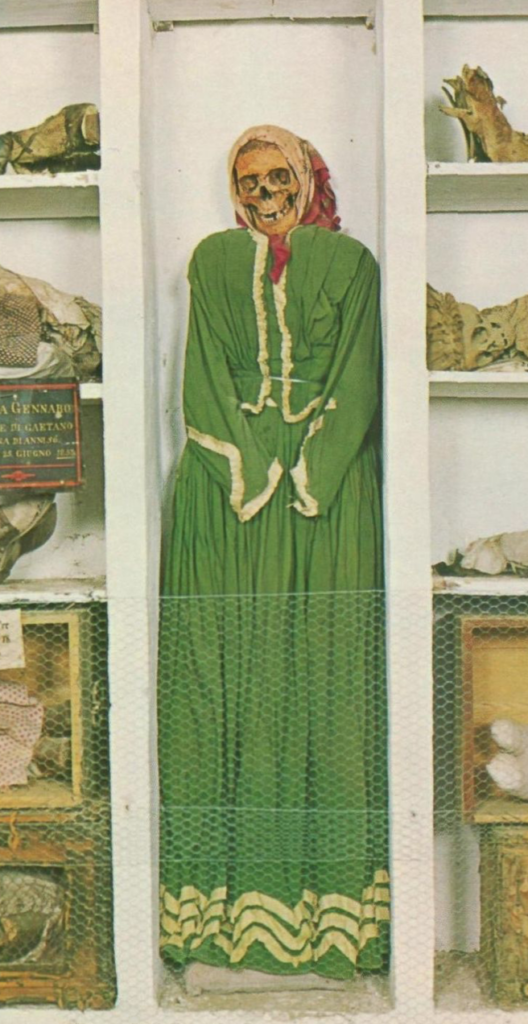
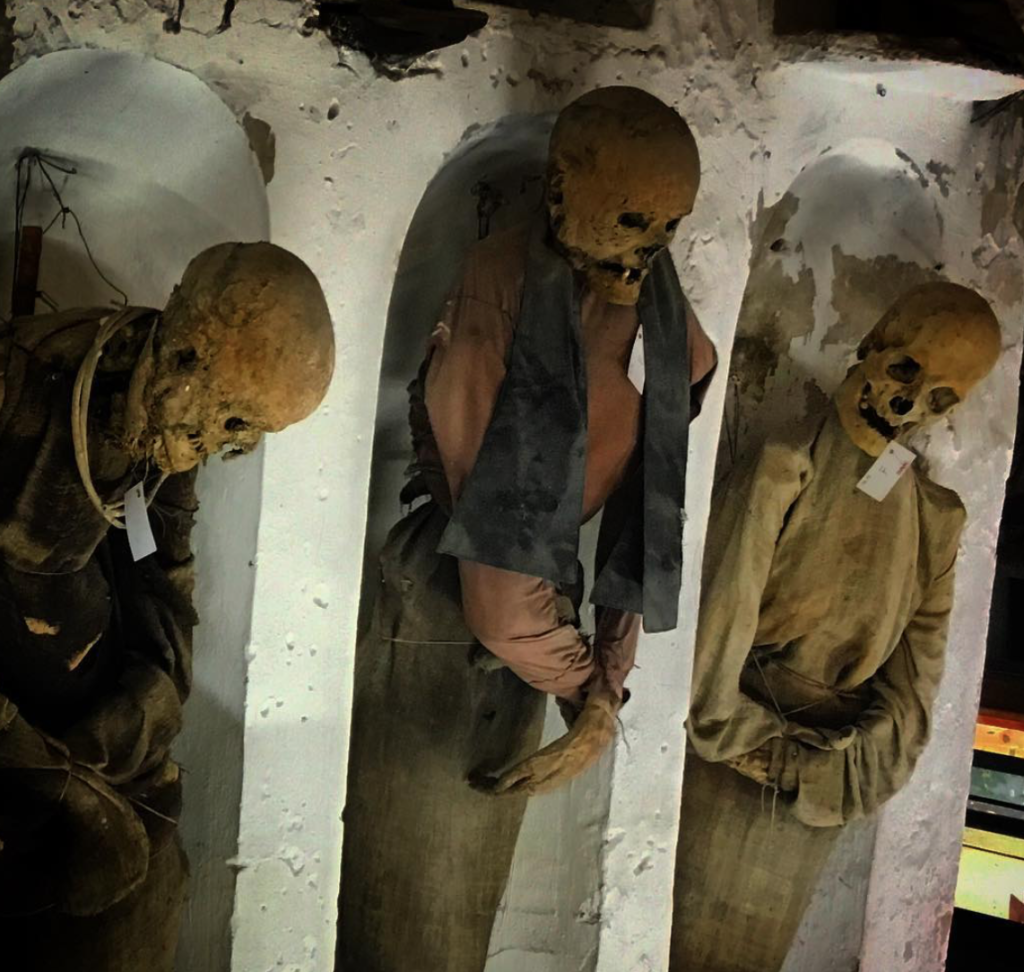
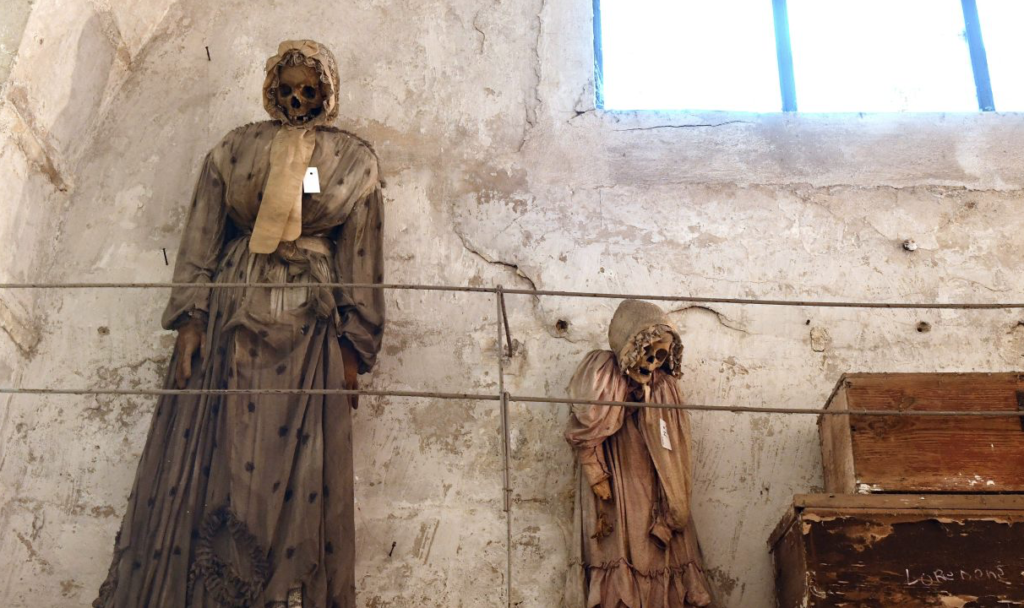
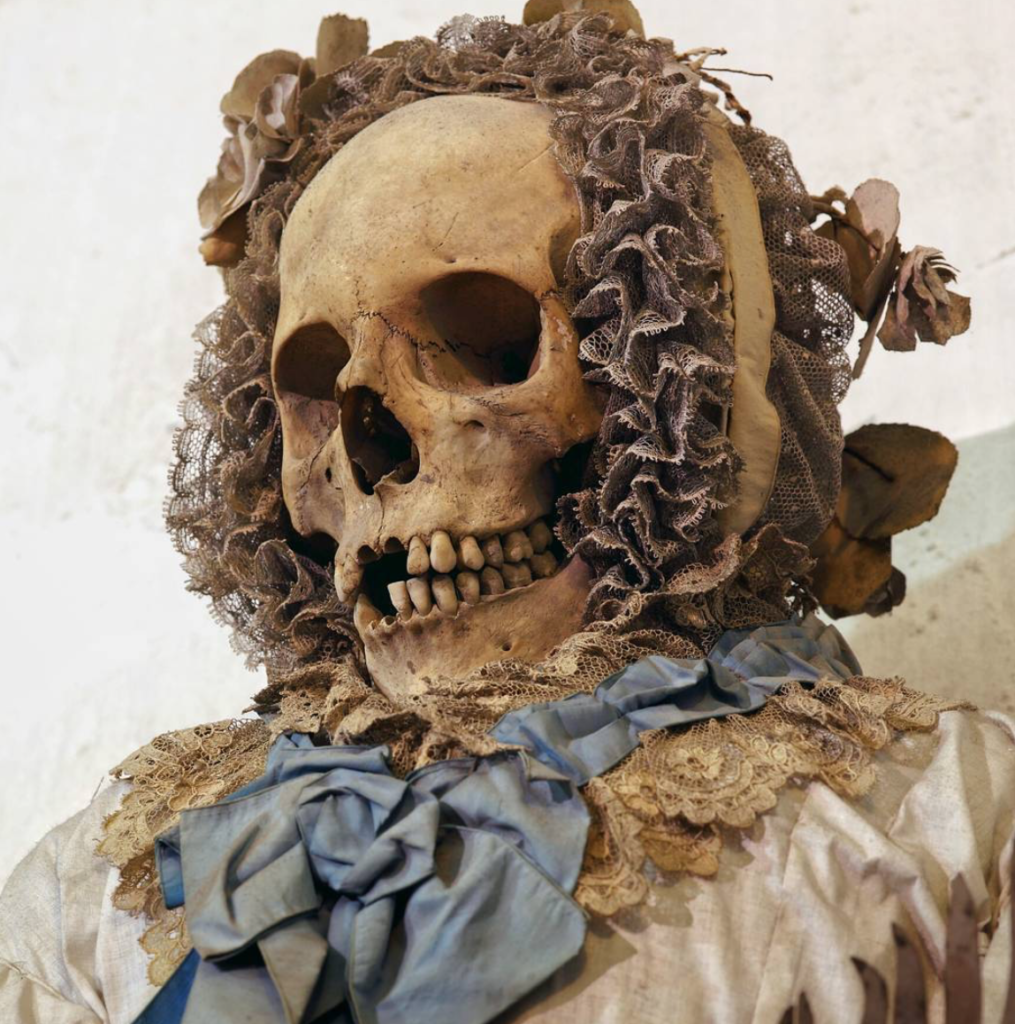
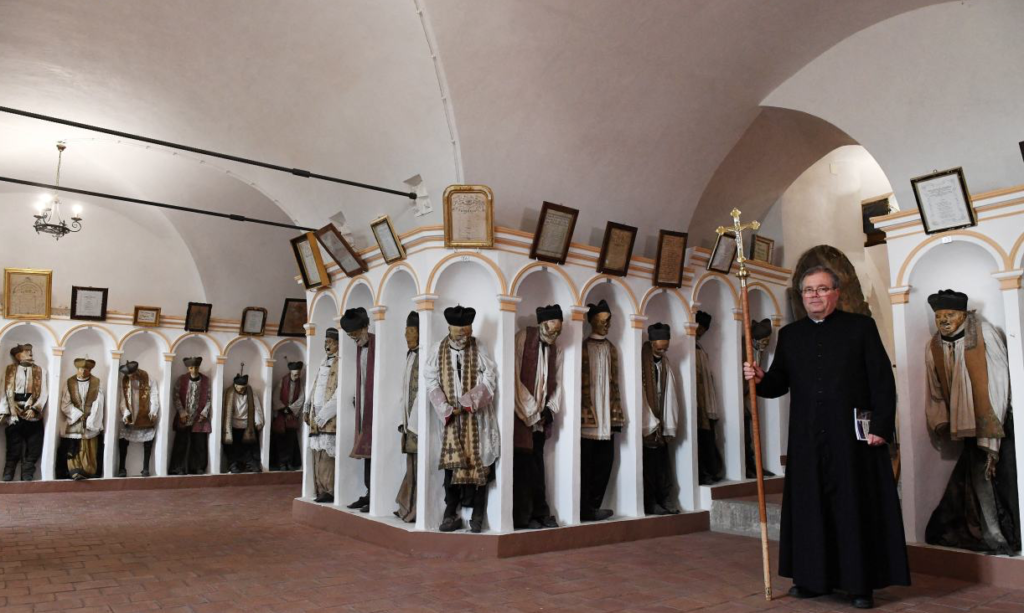
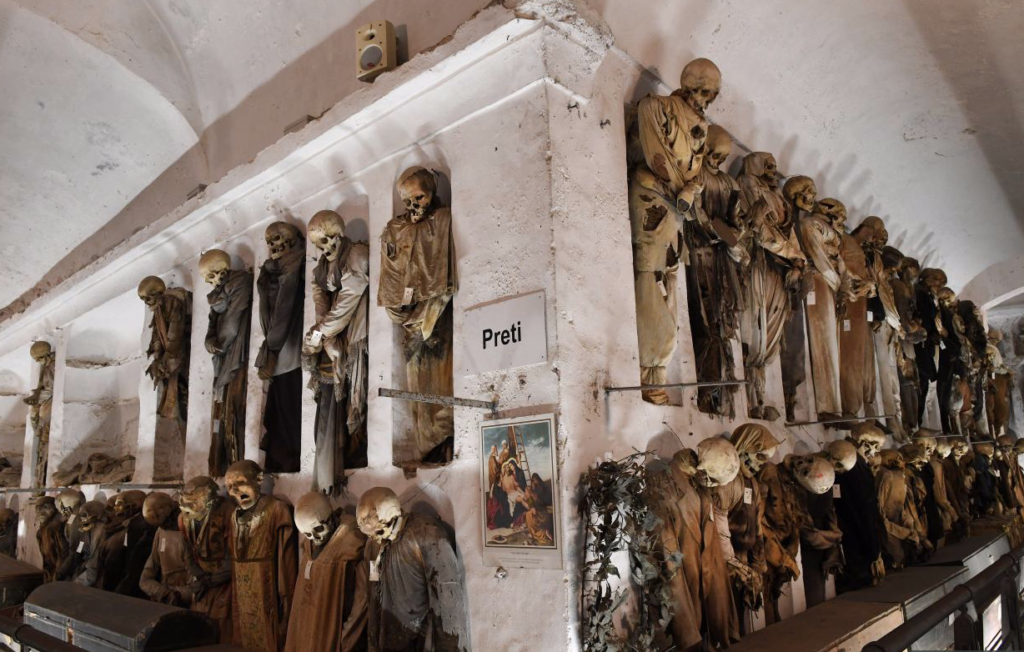 *
*